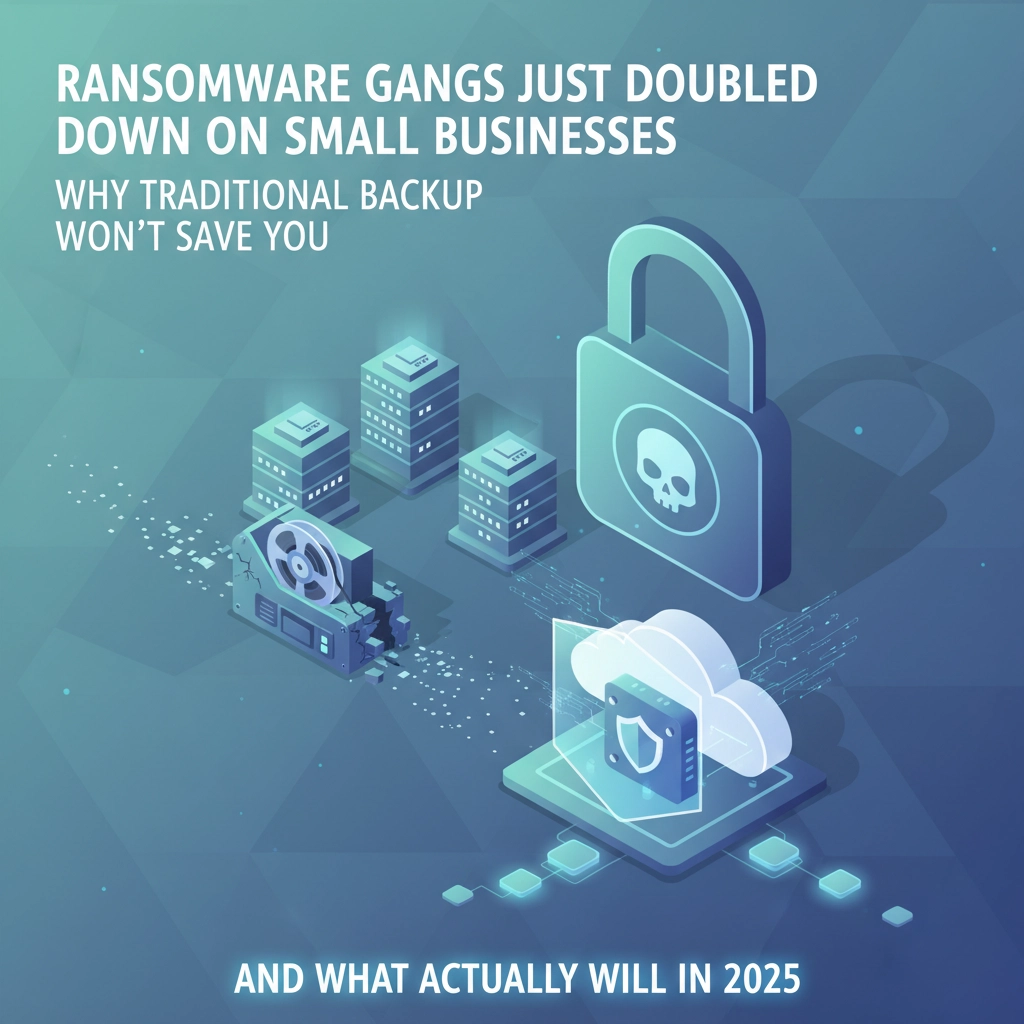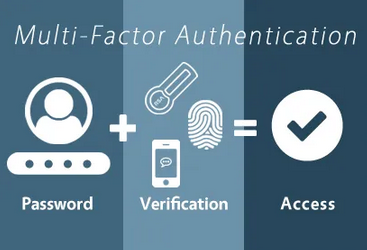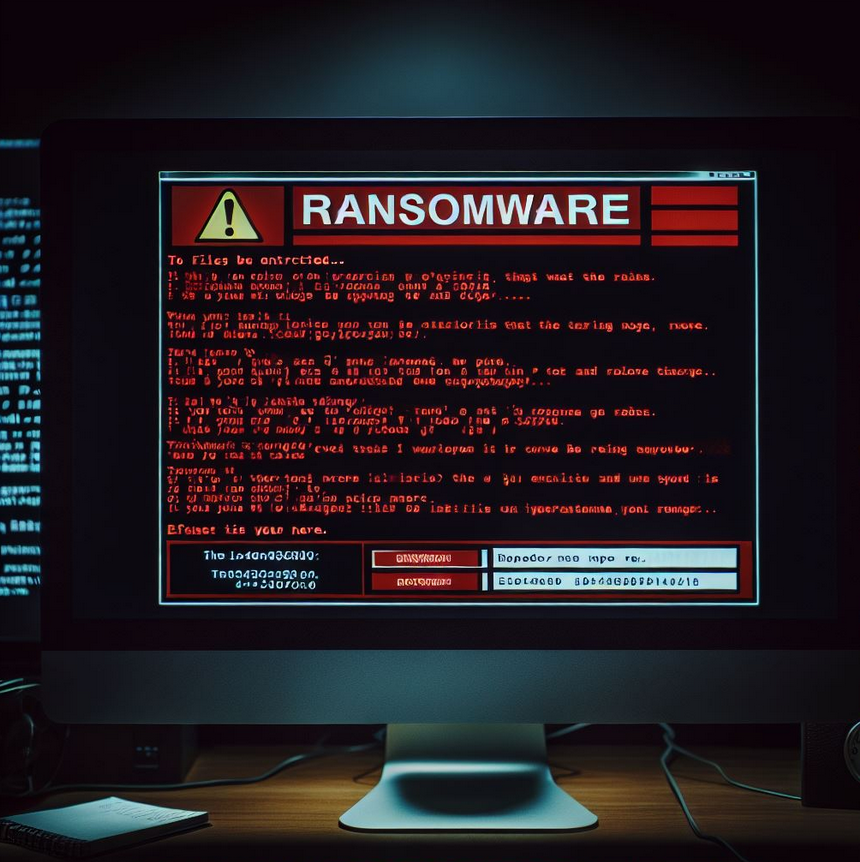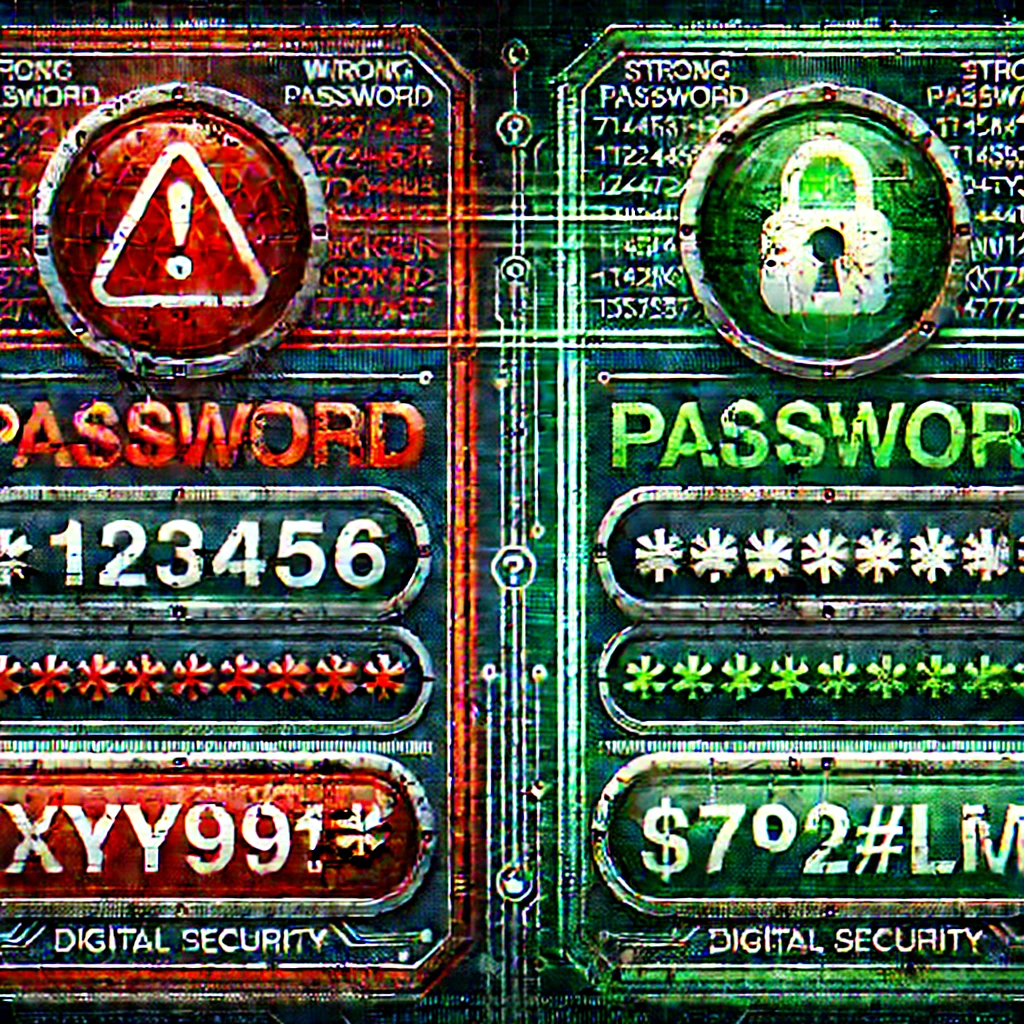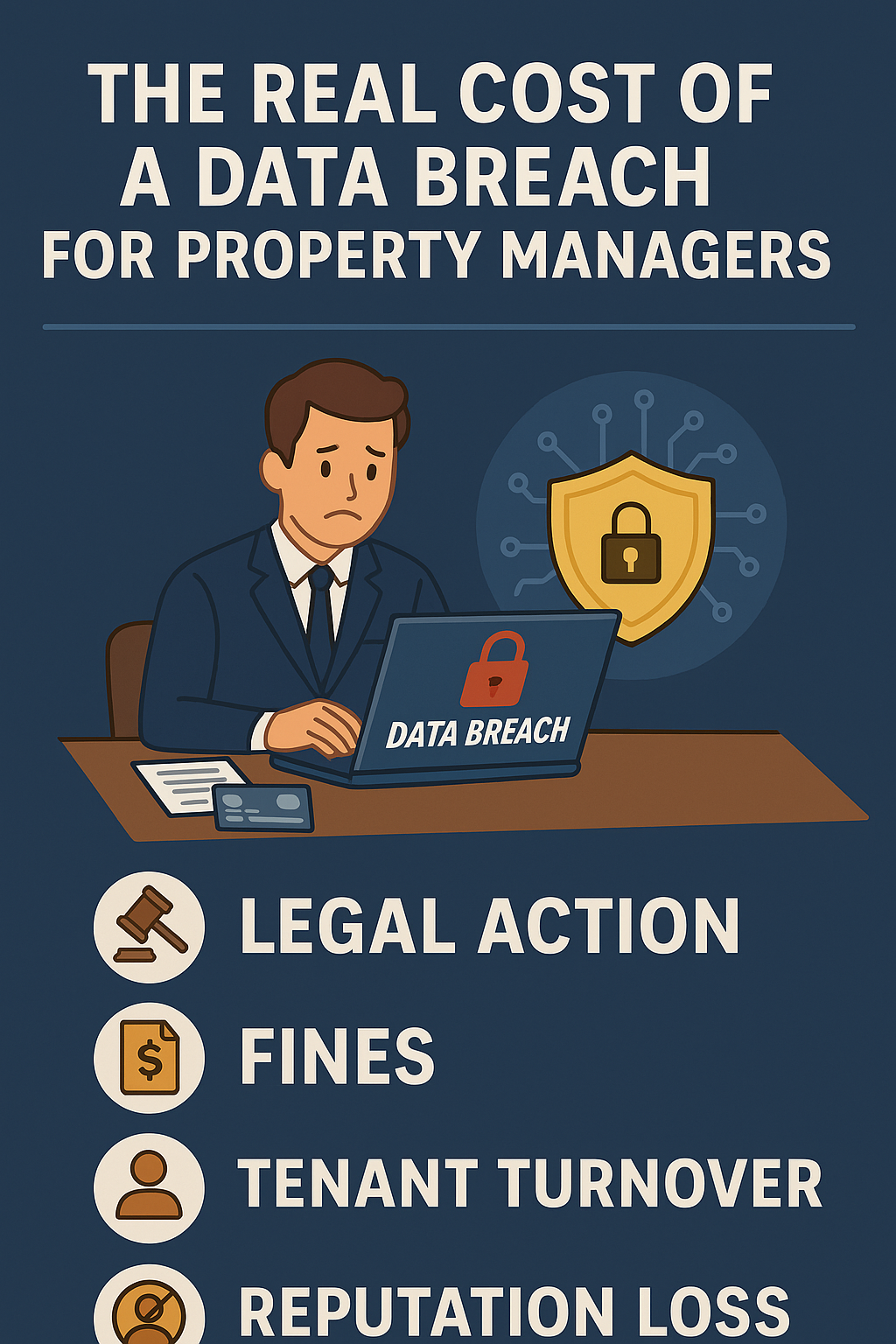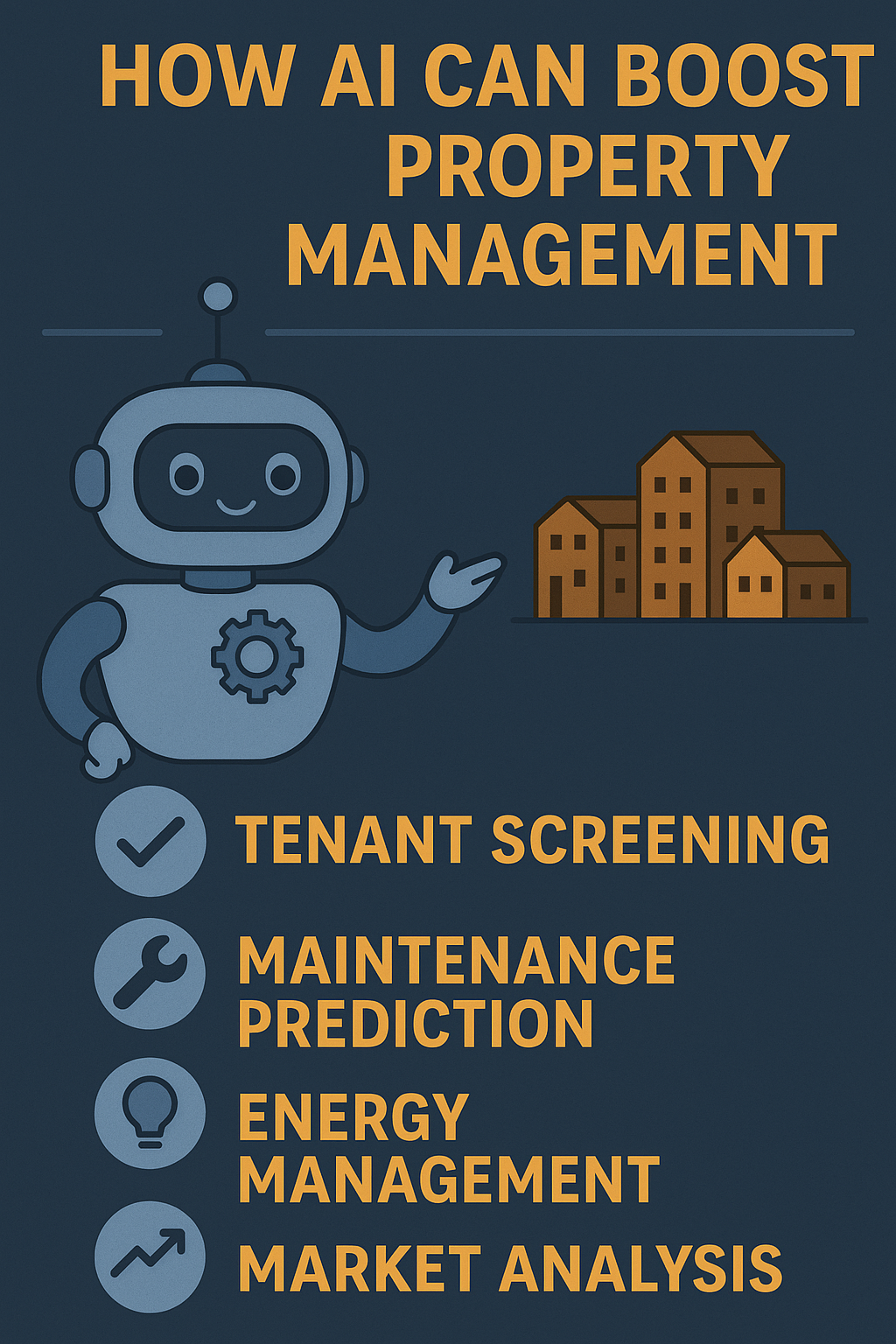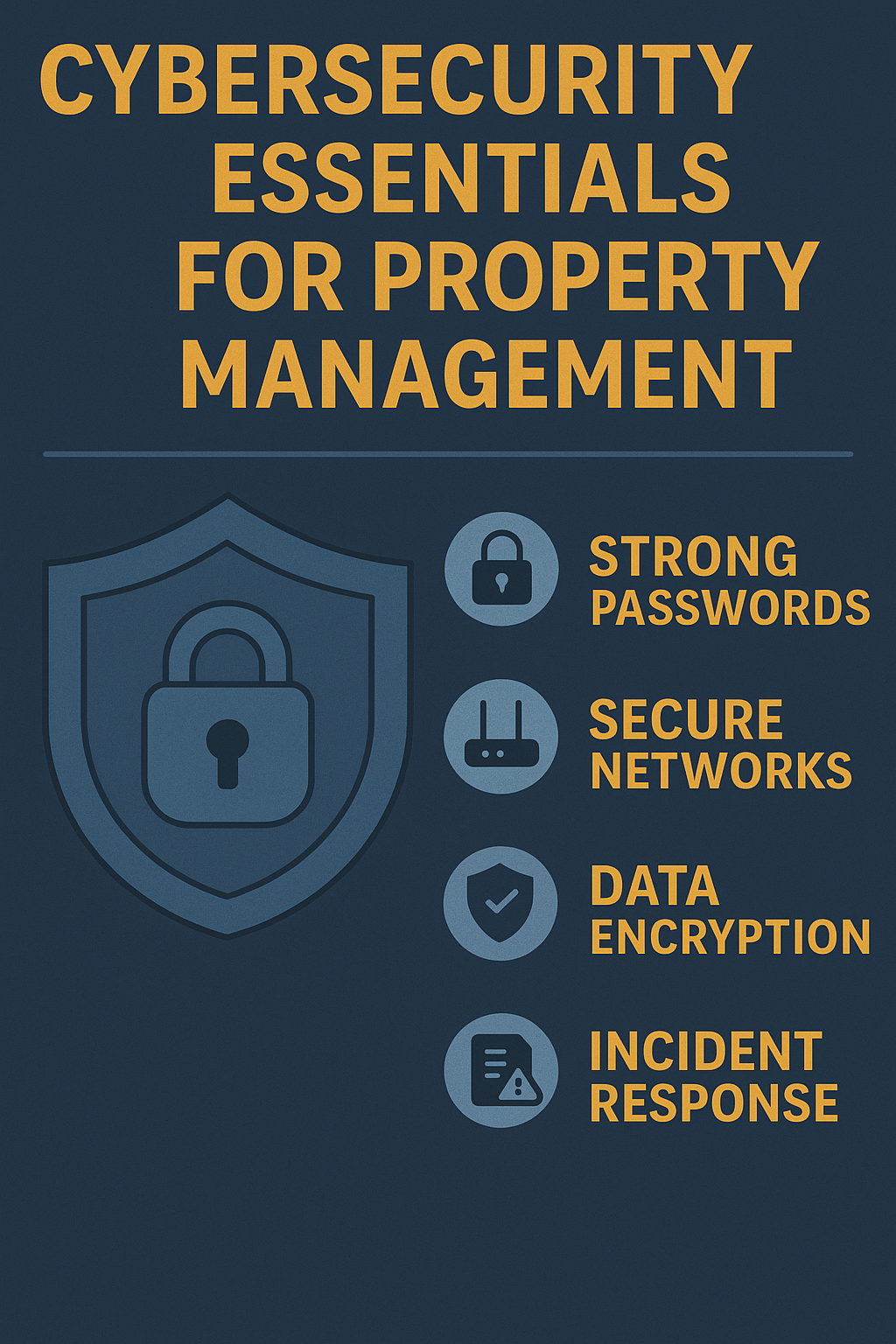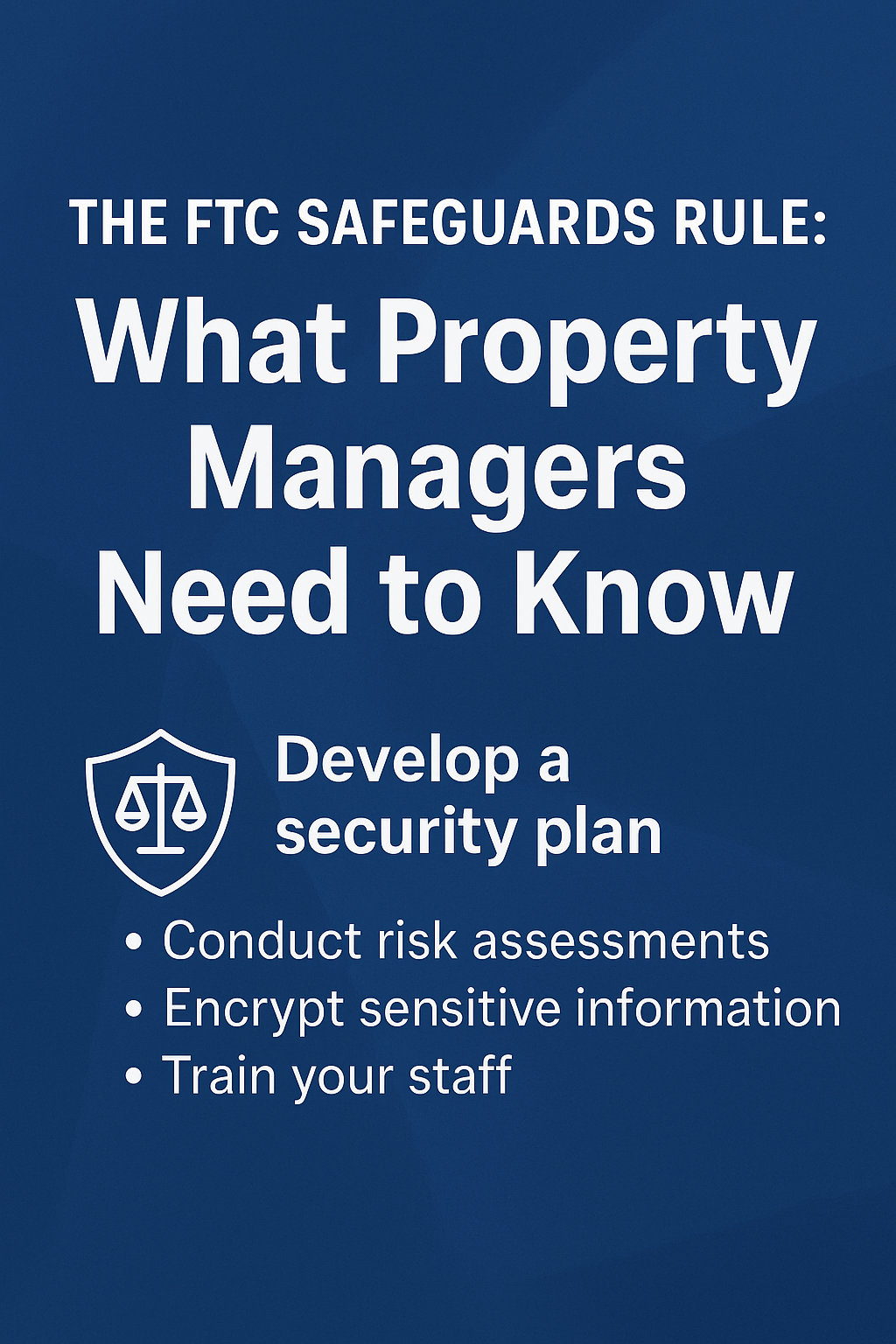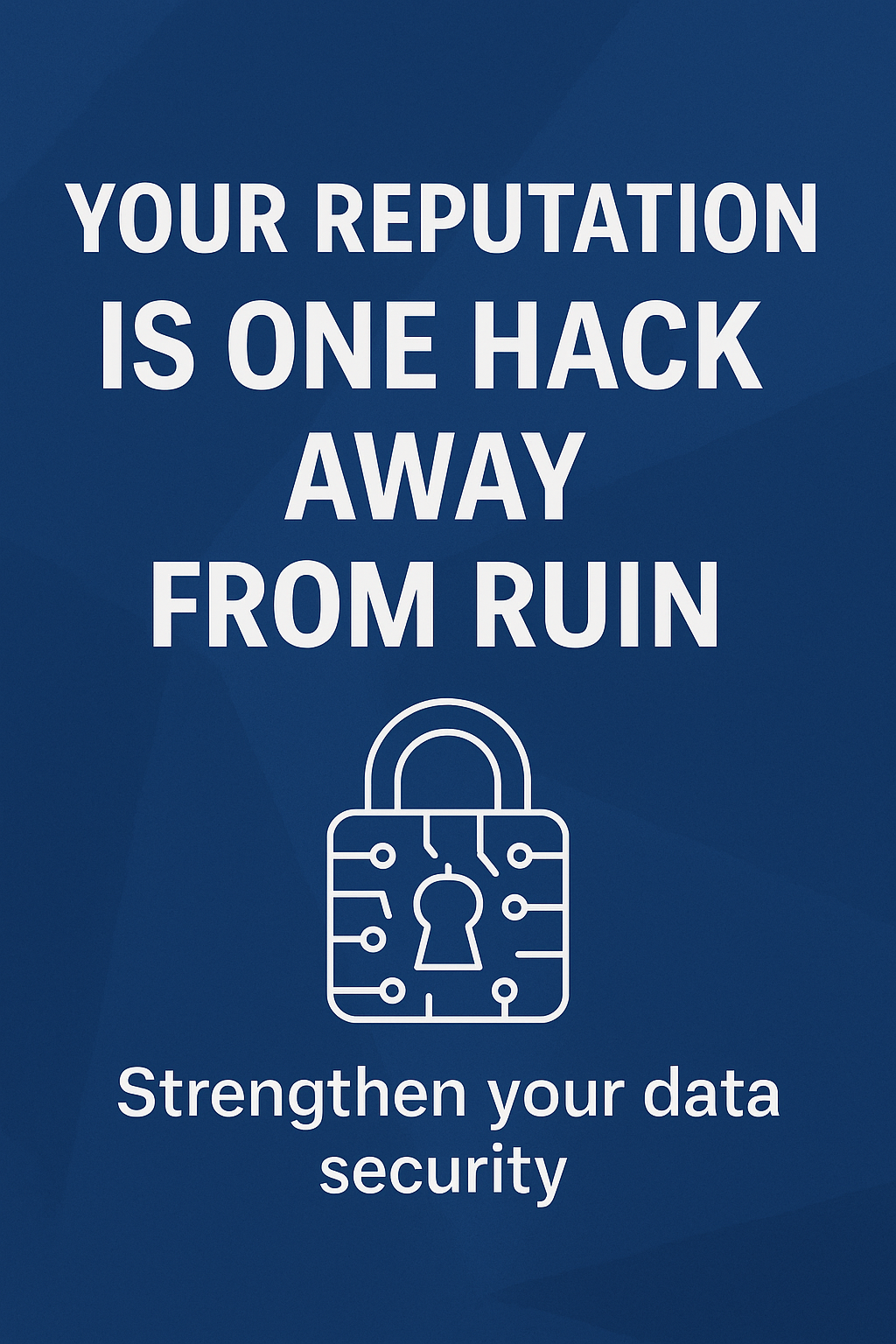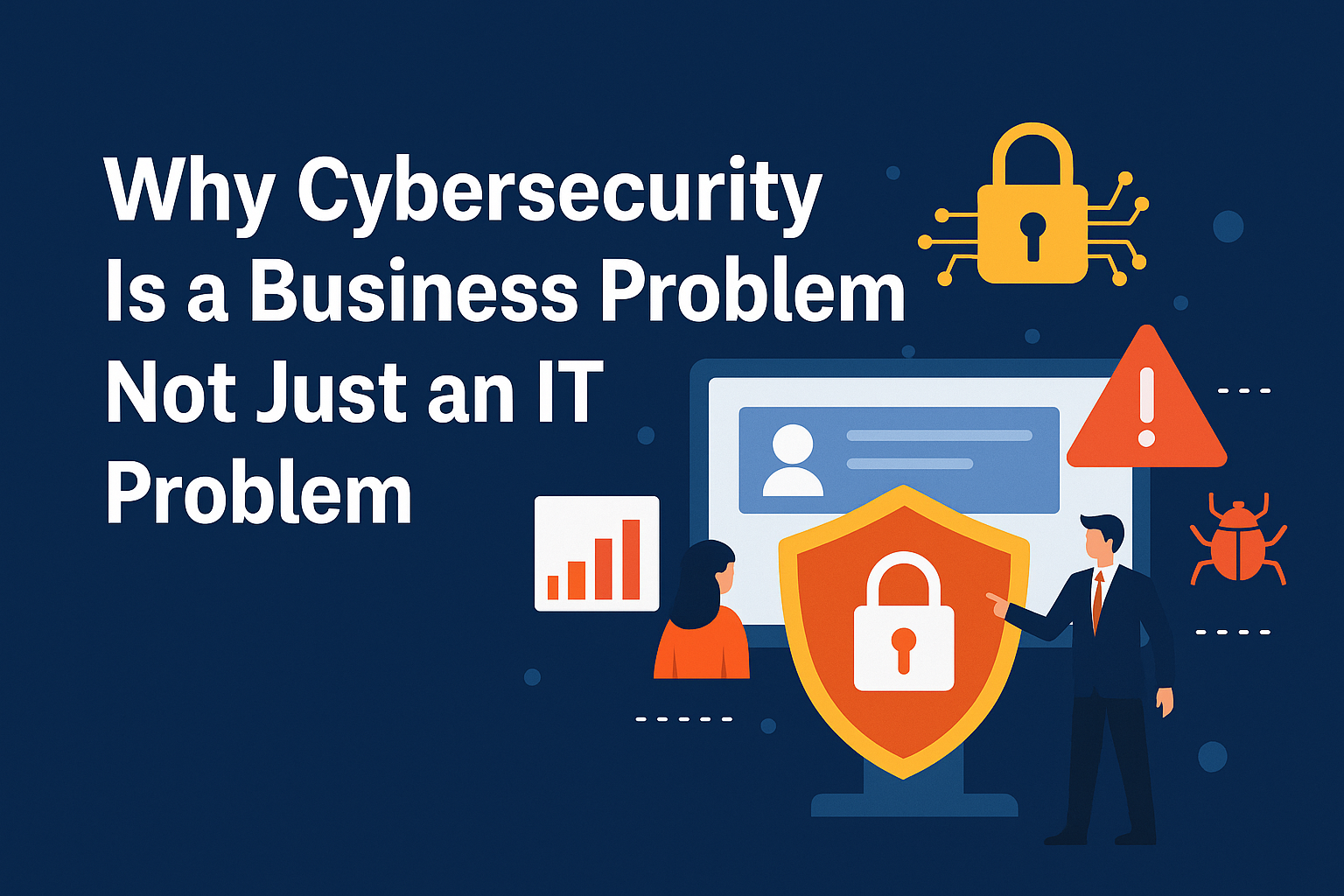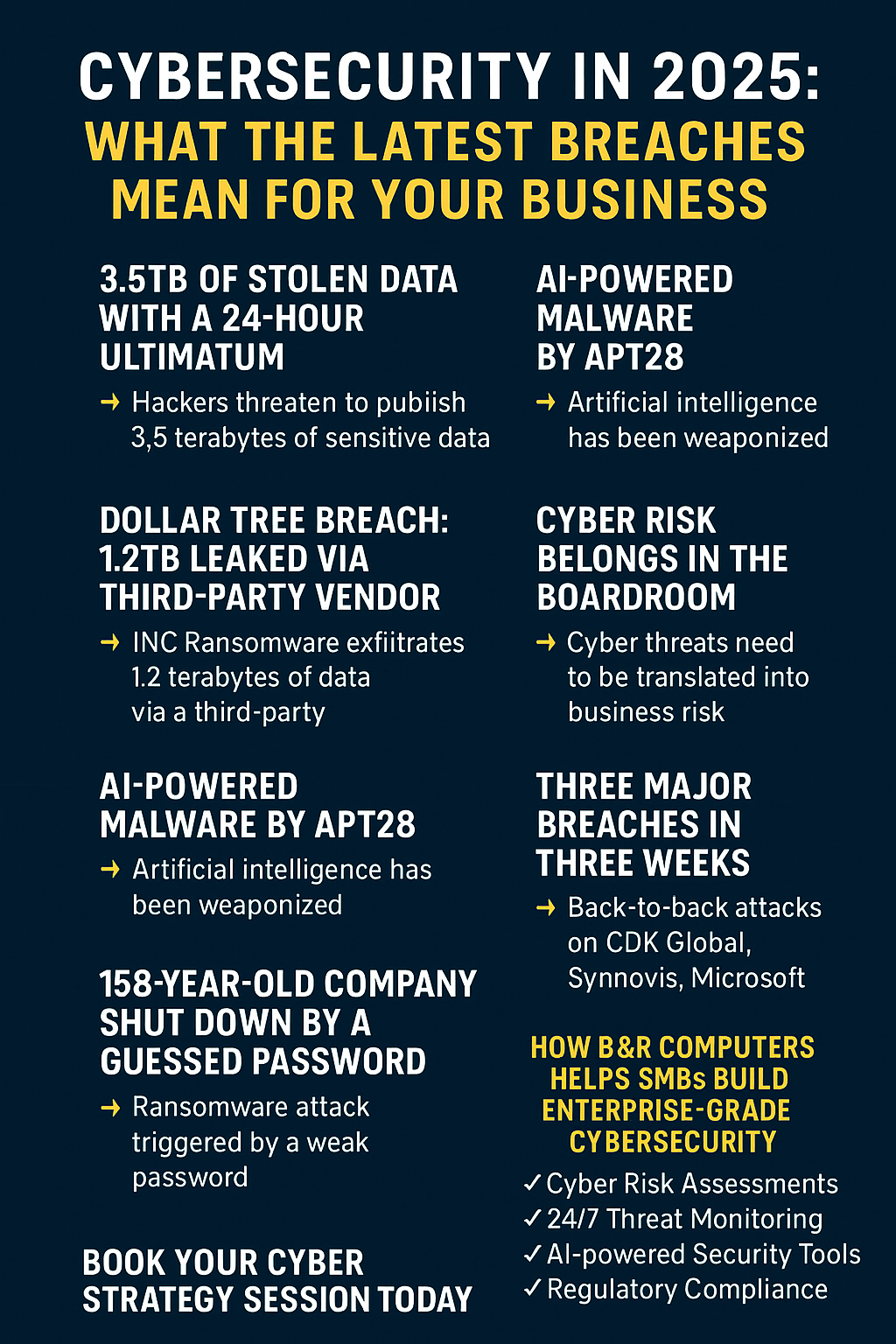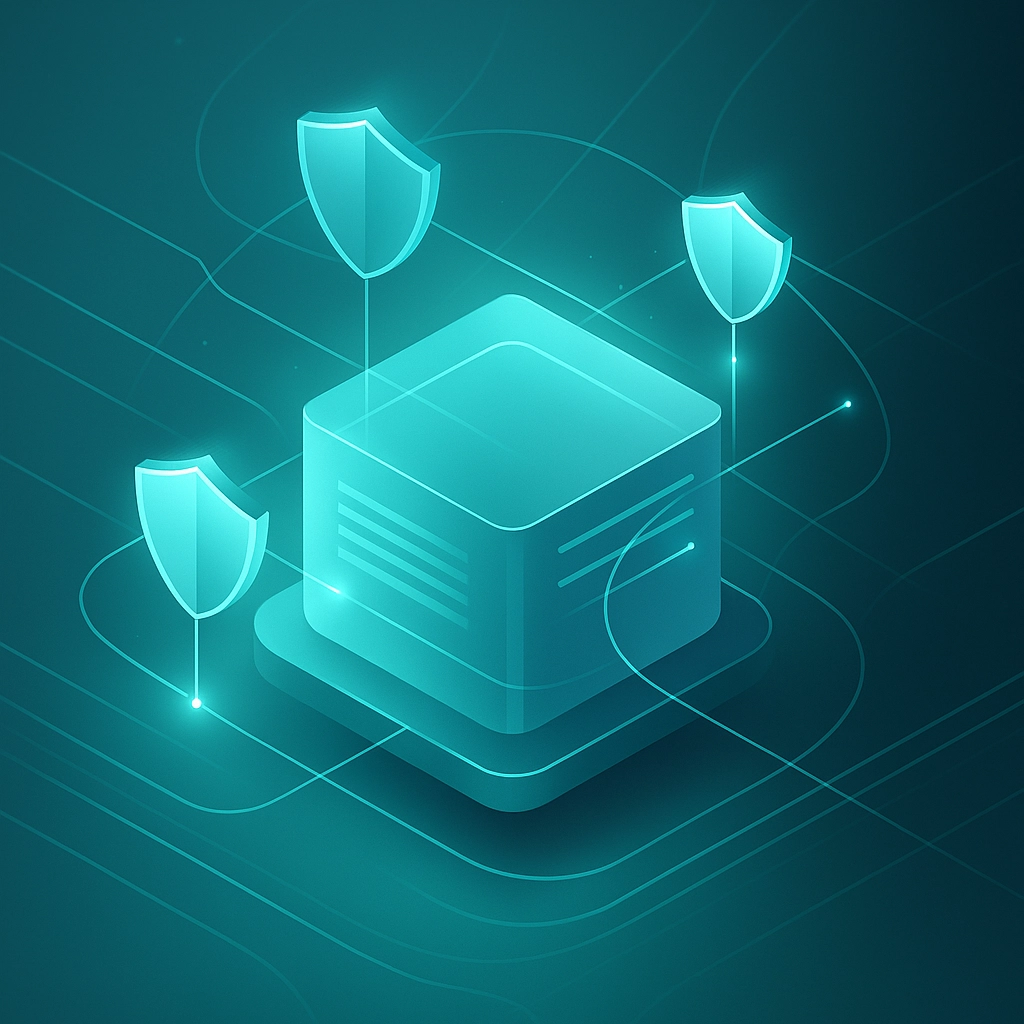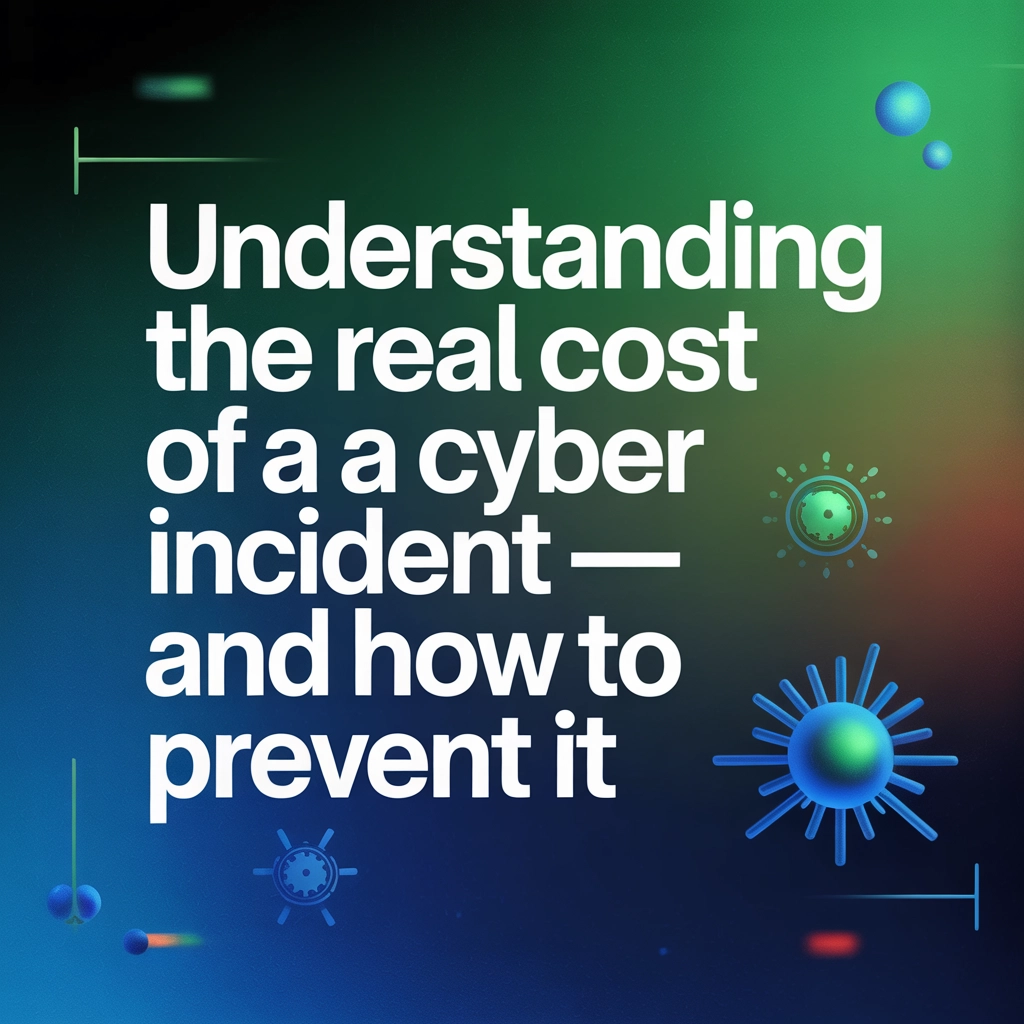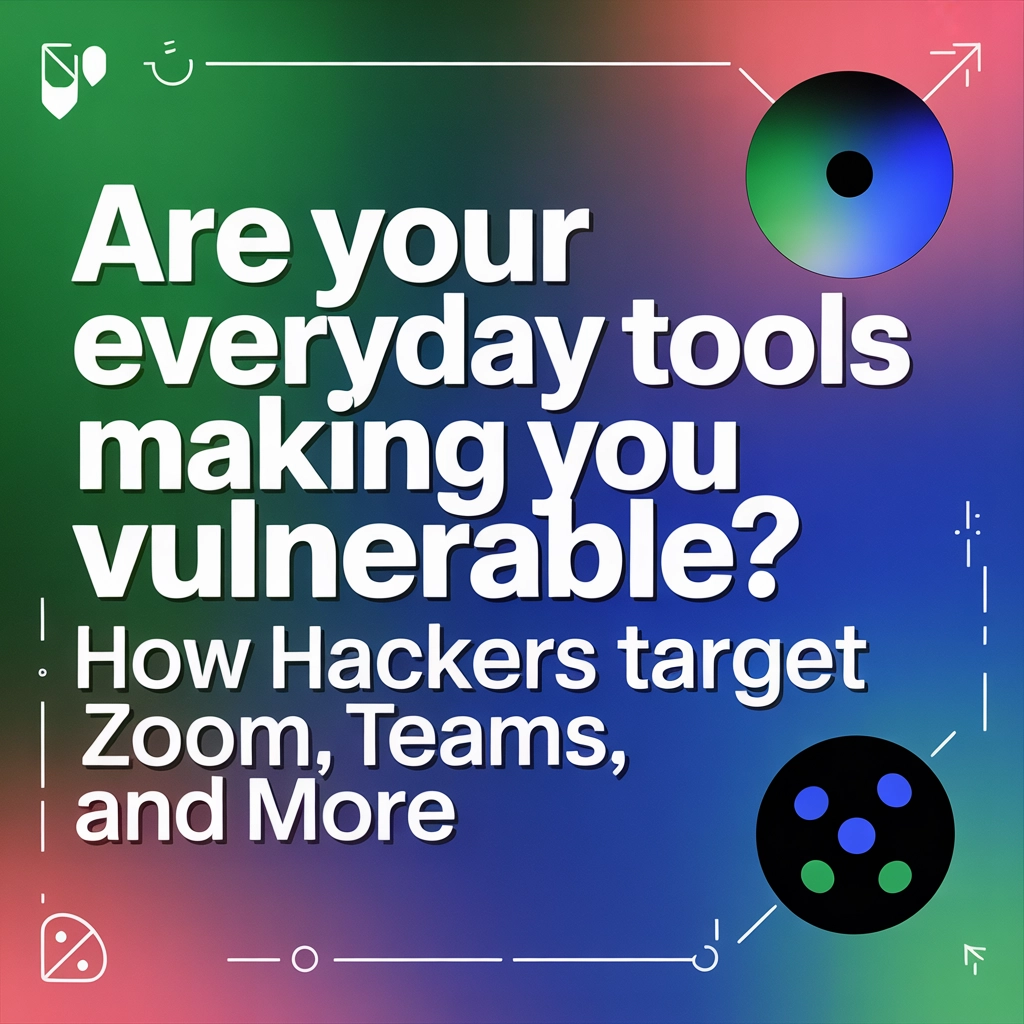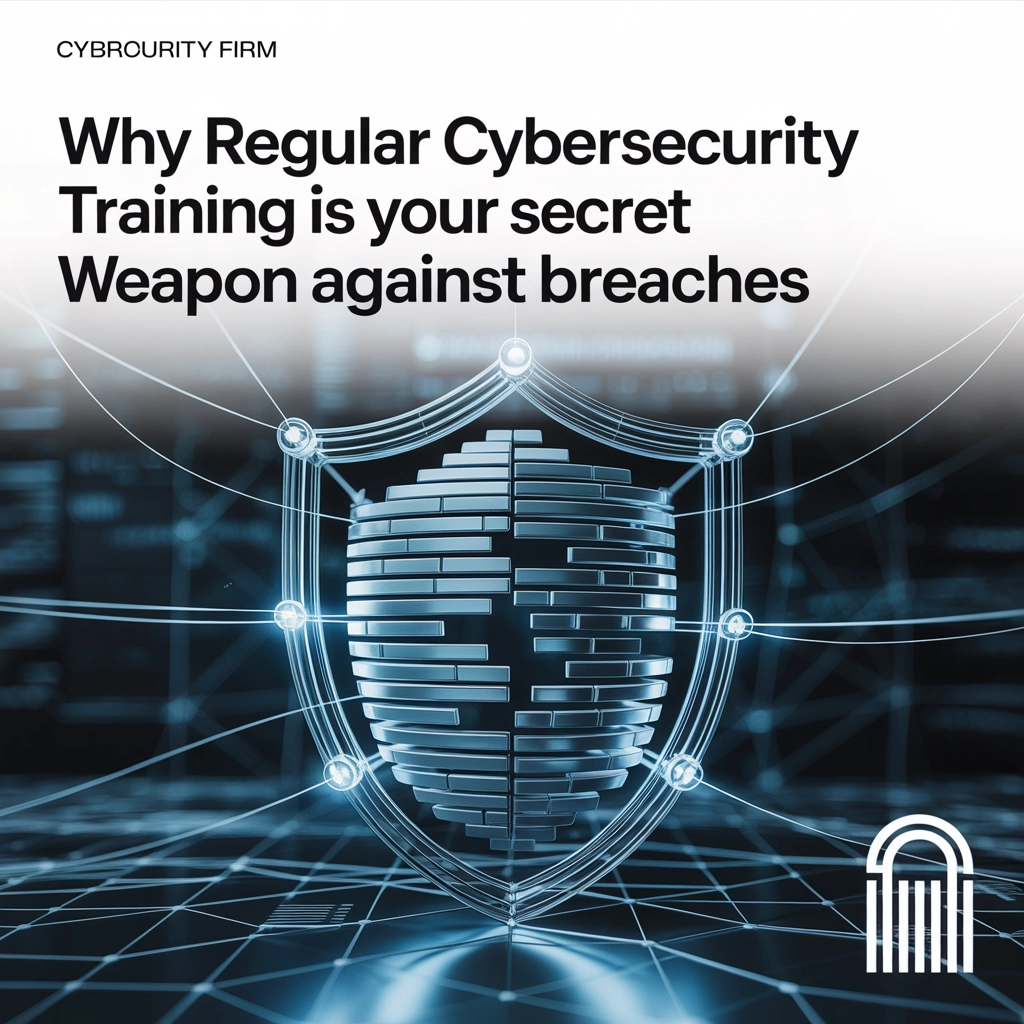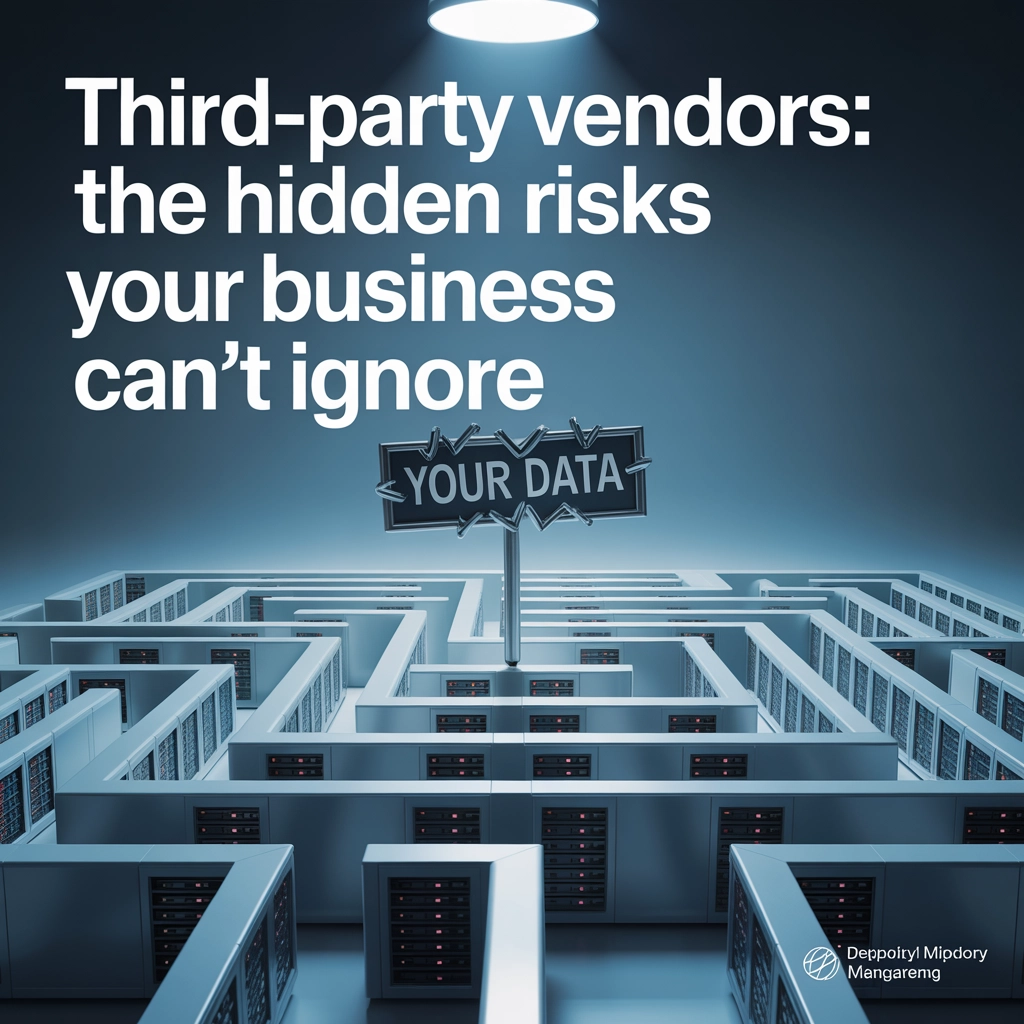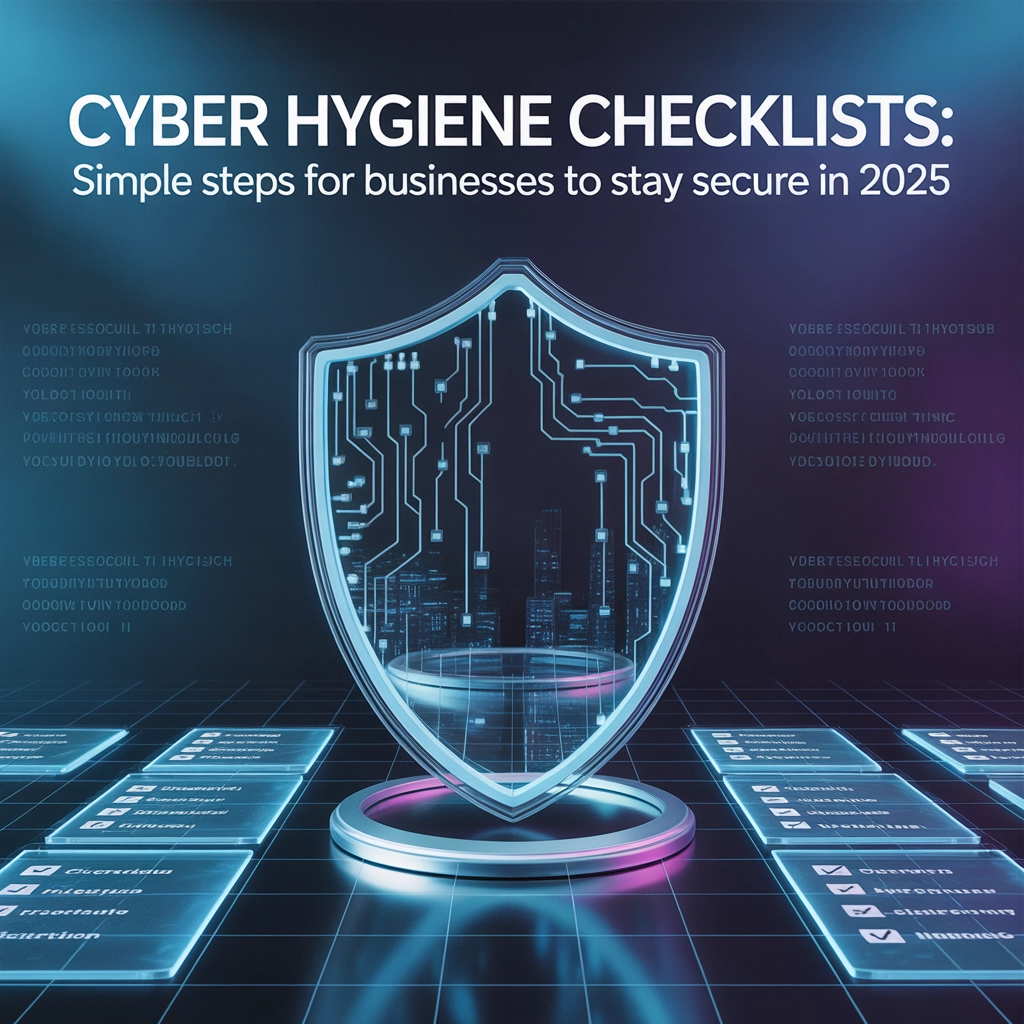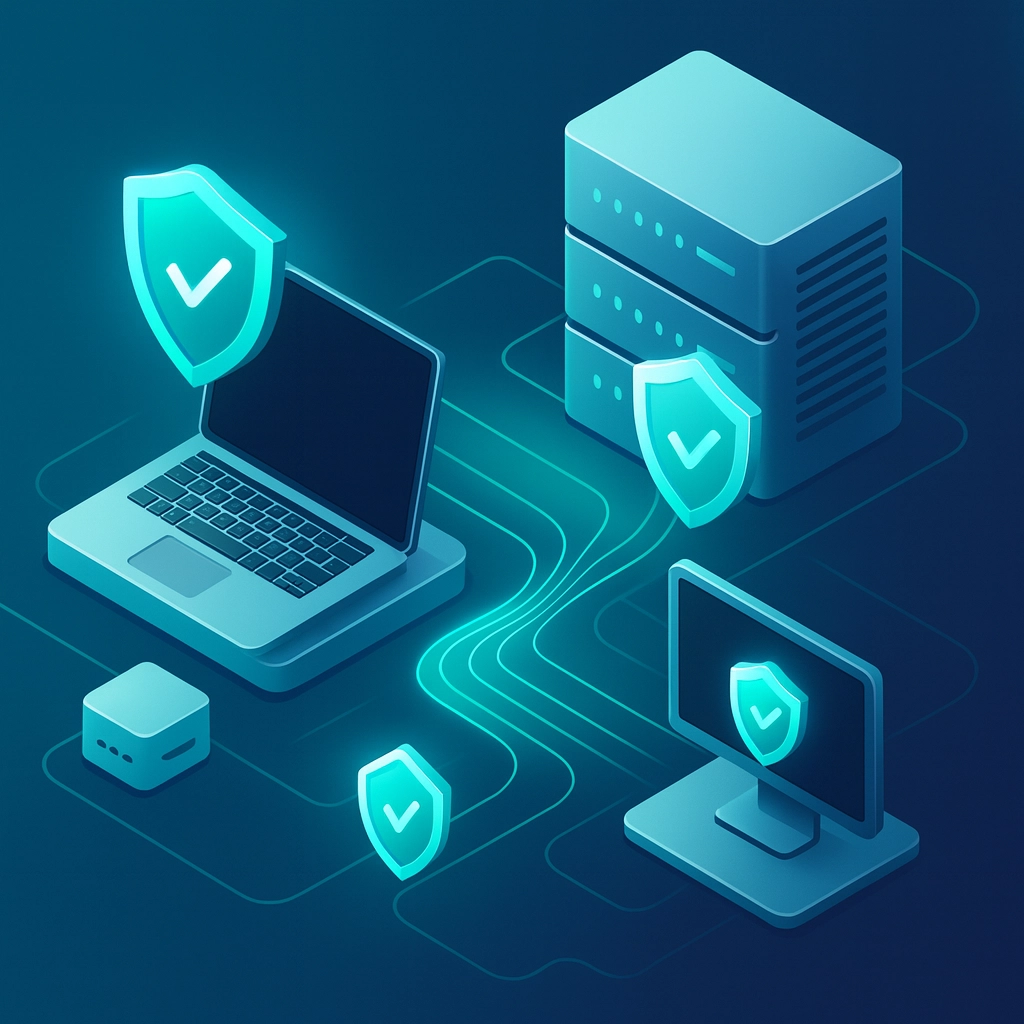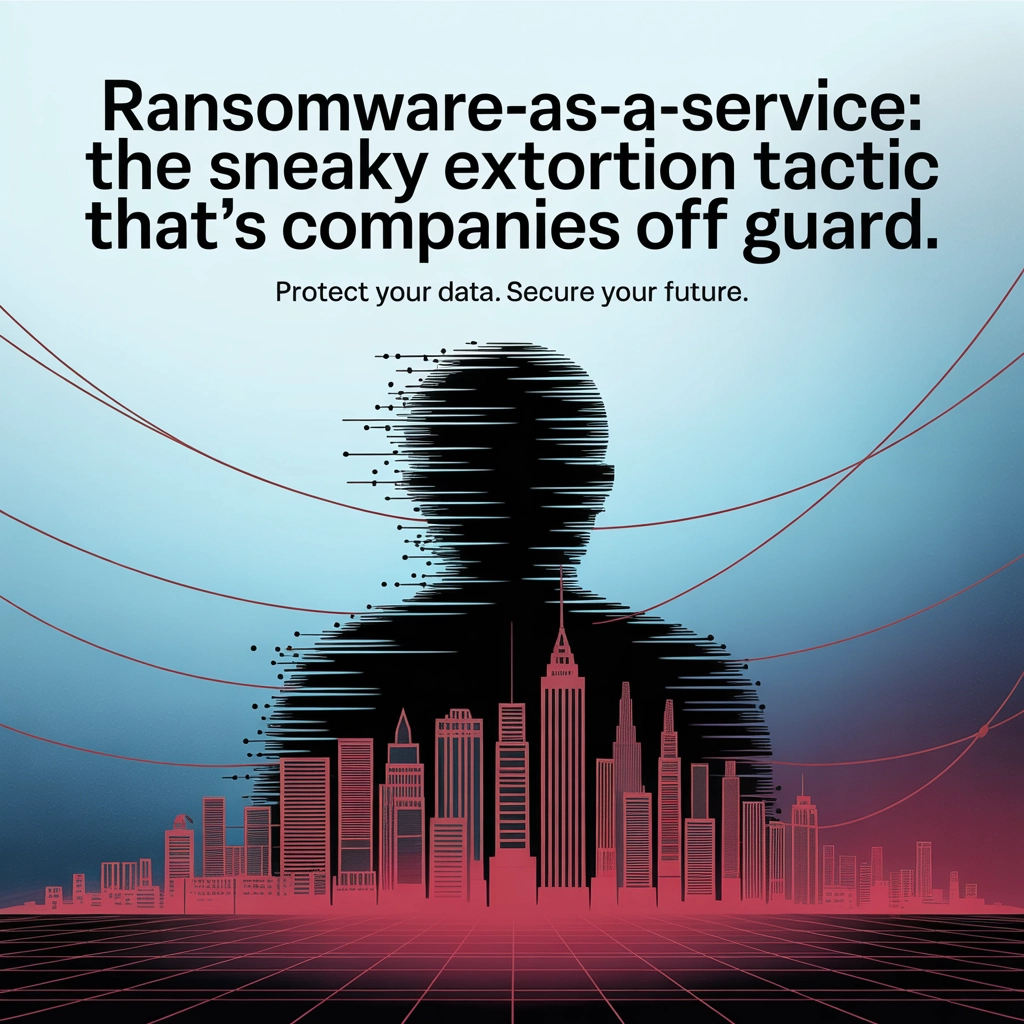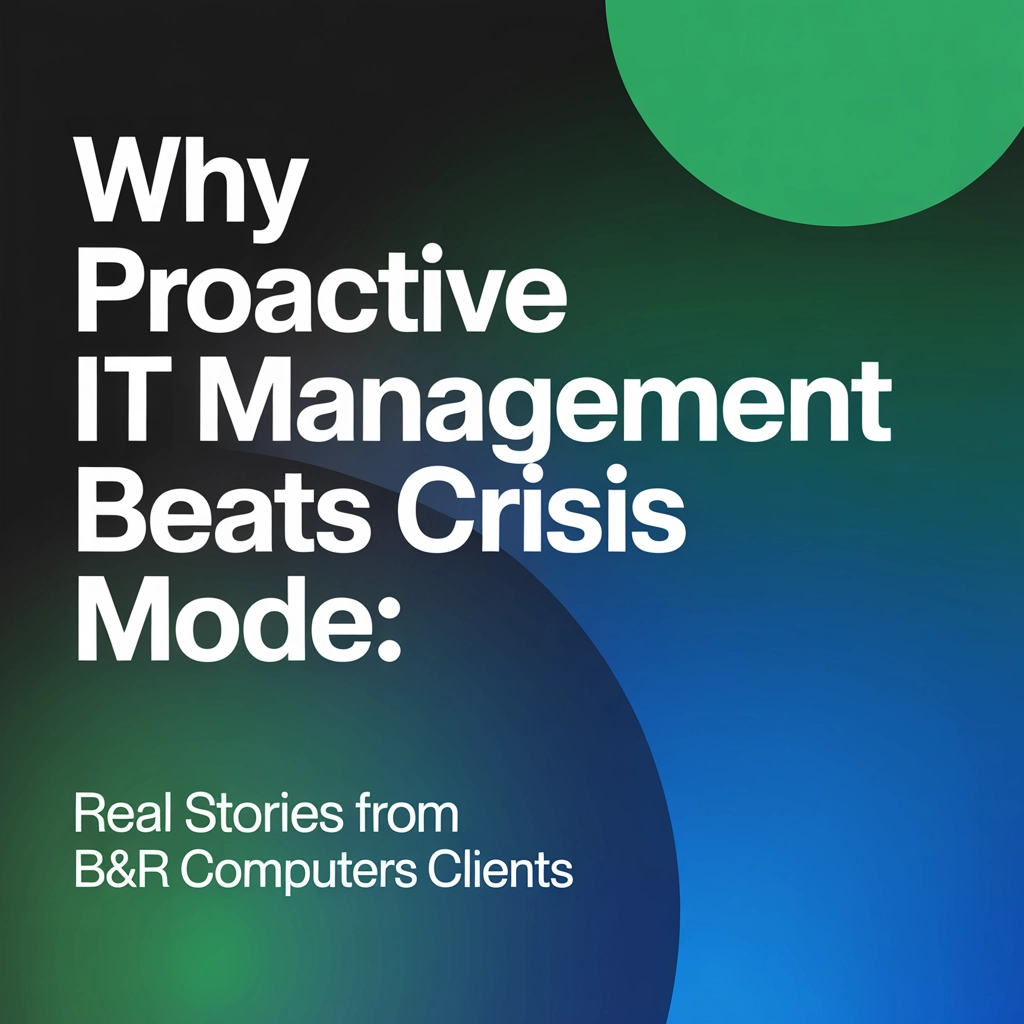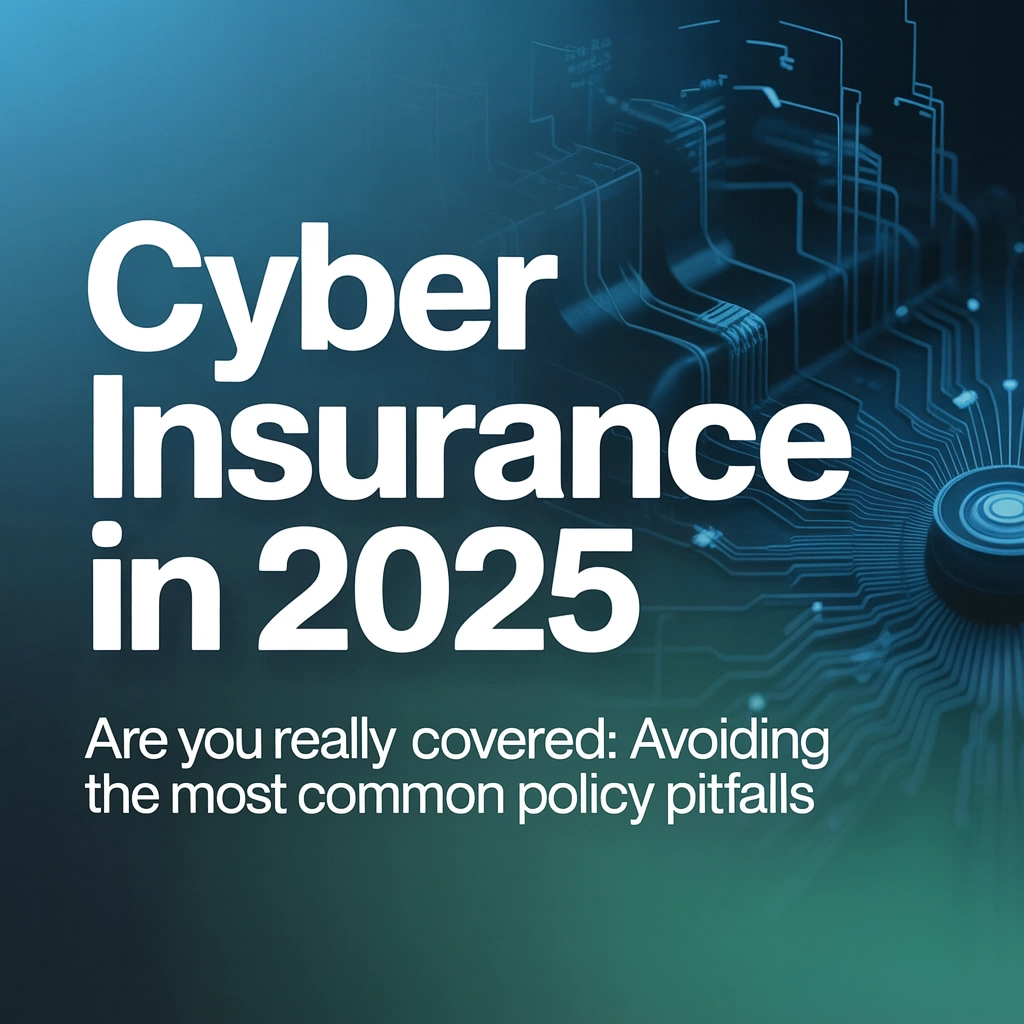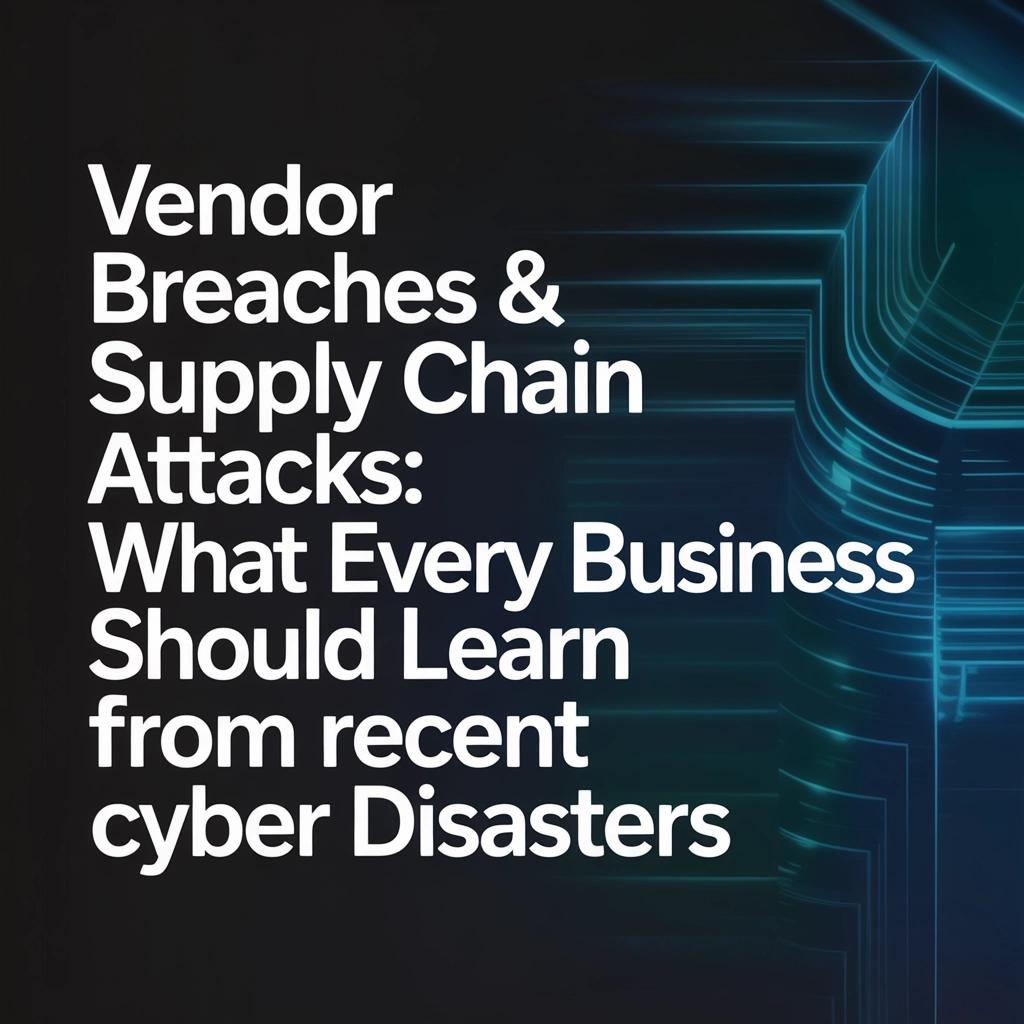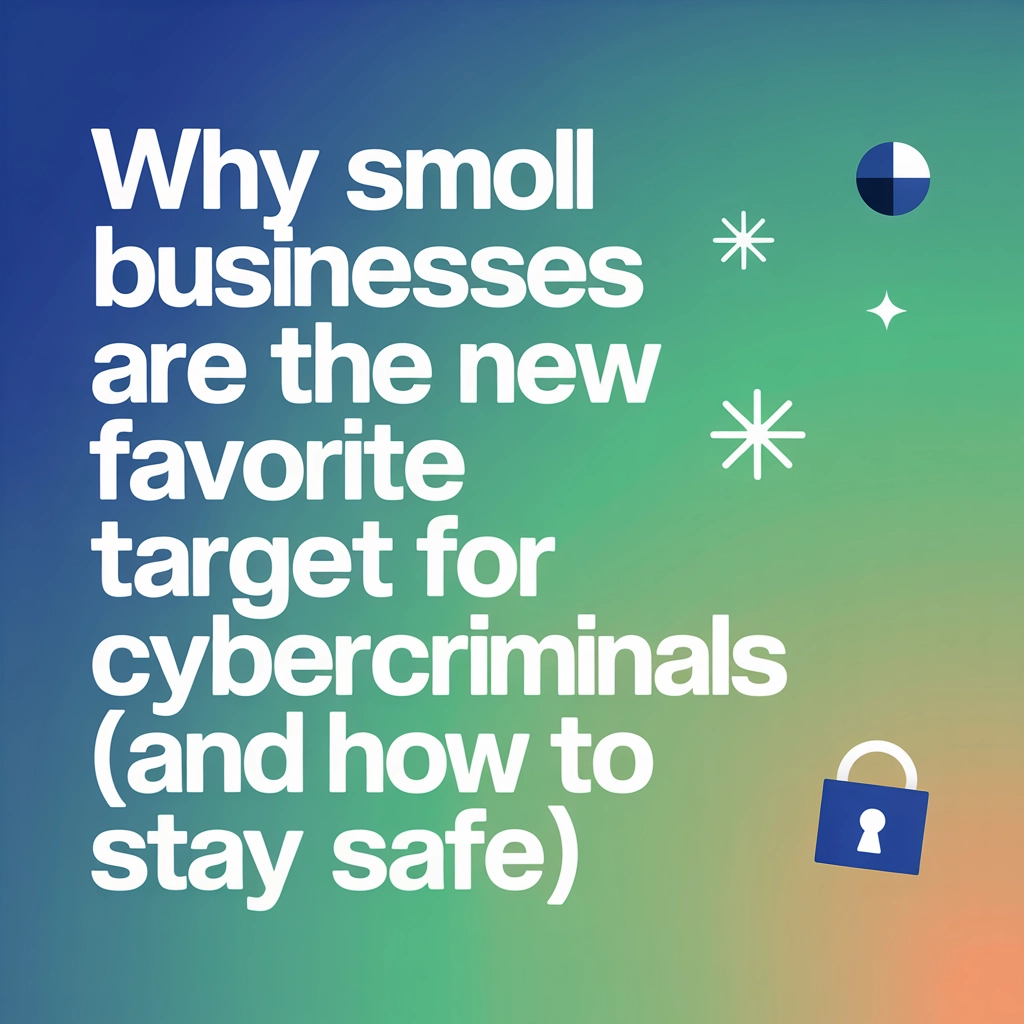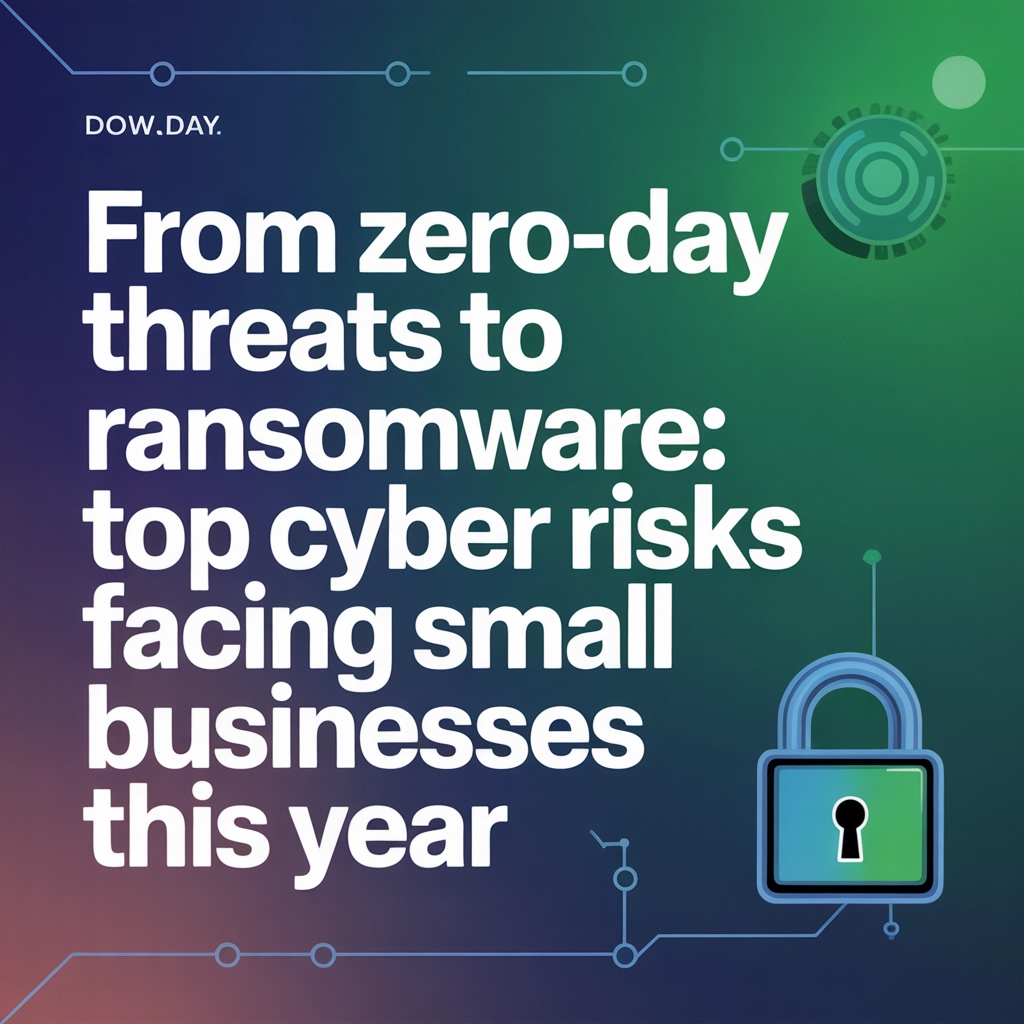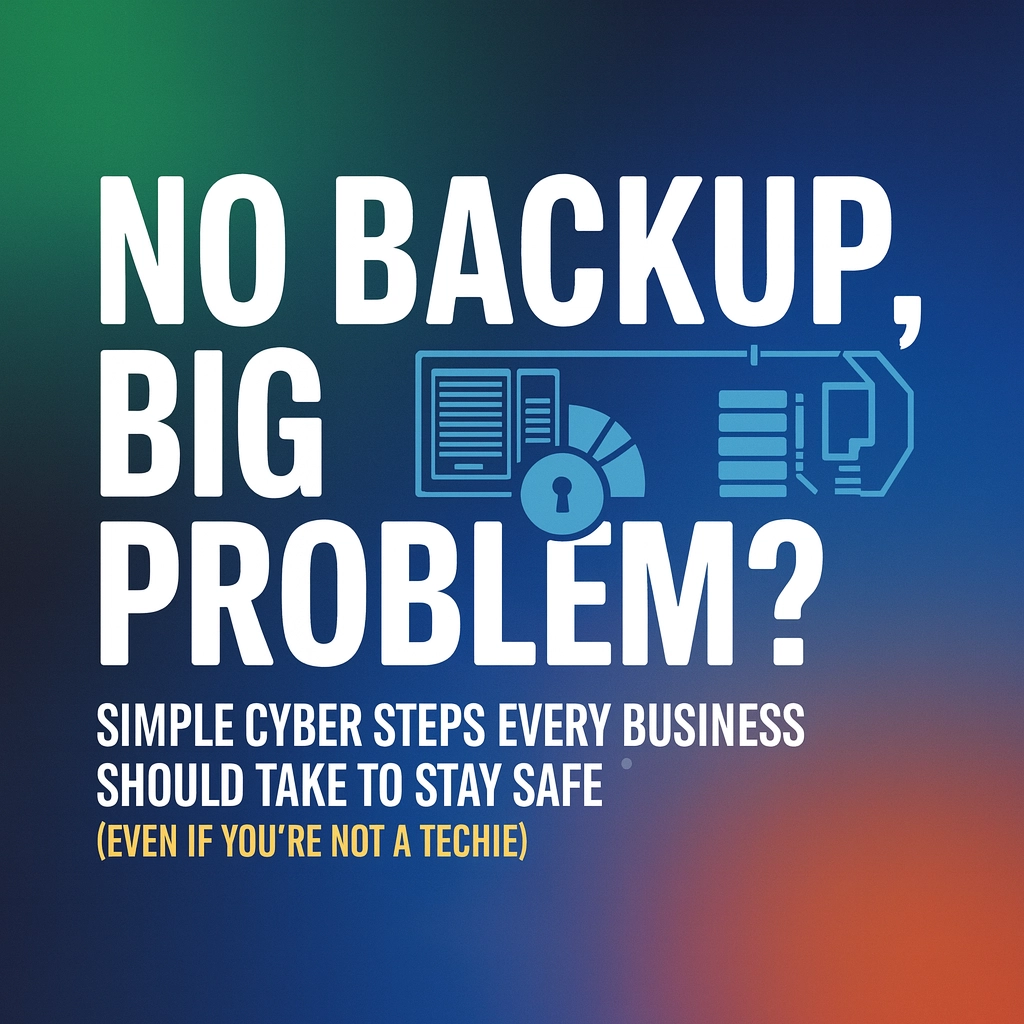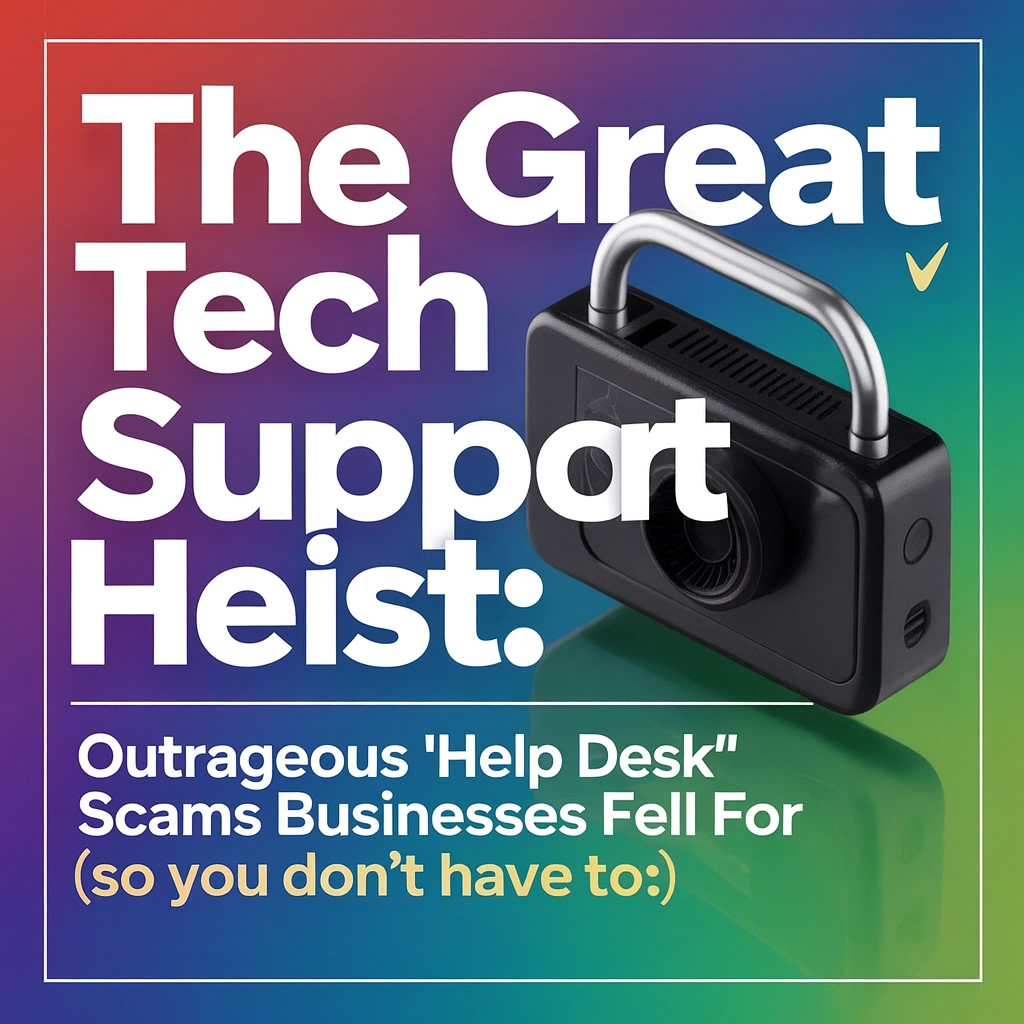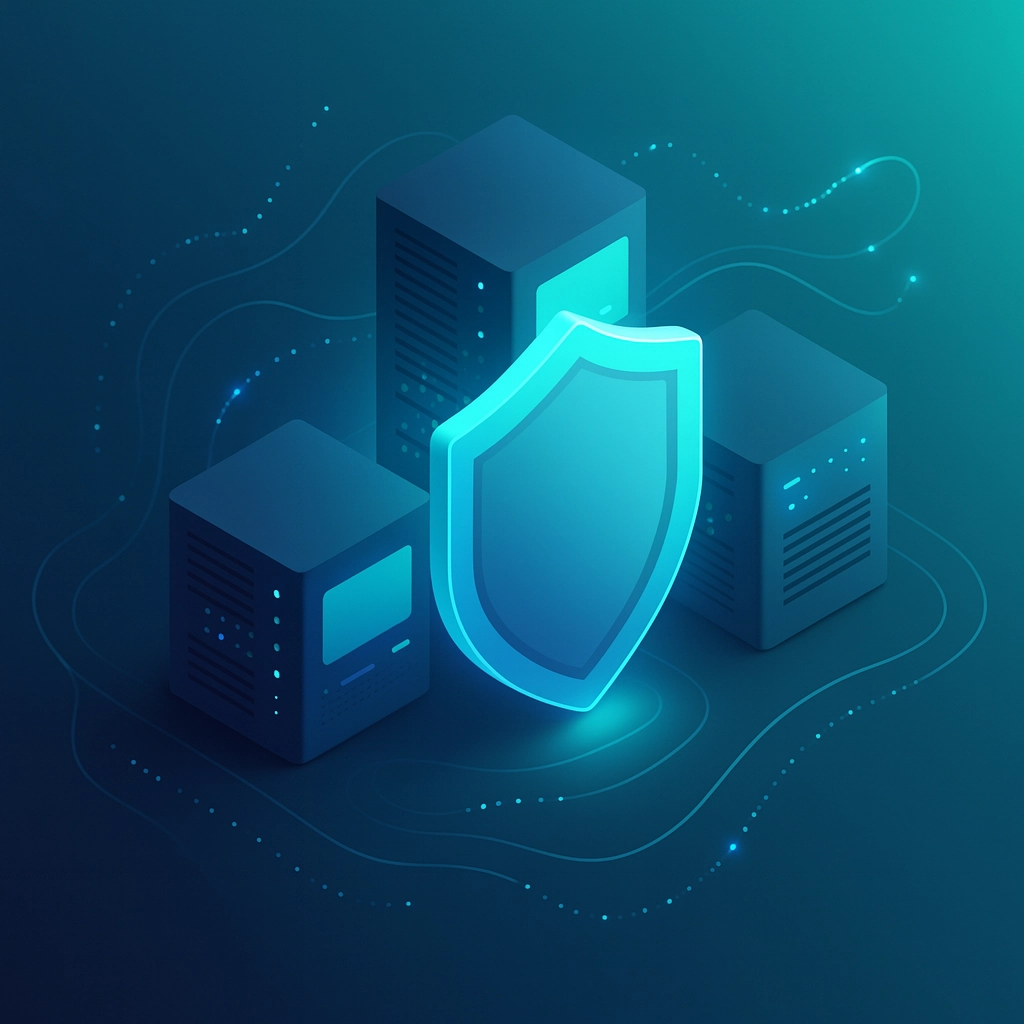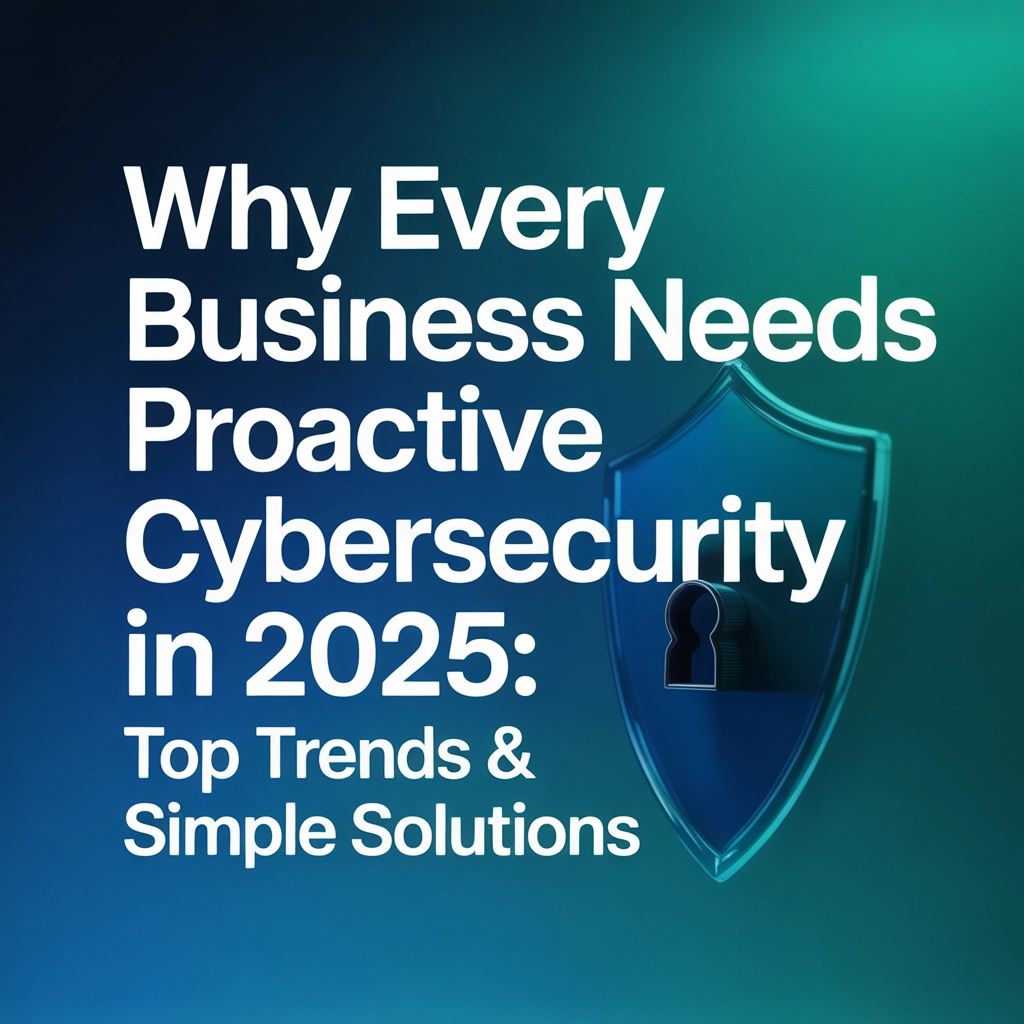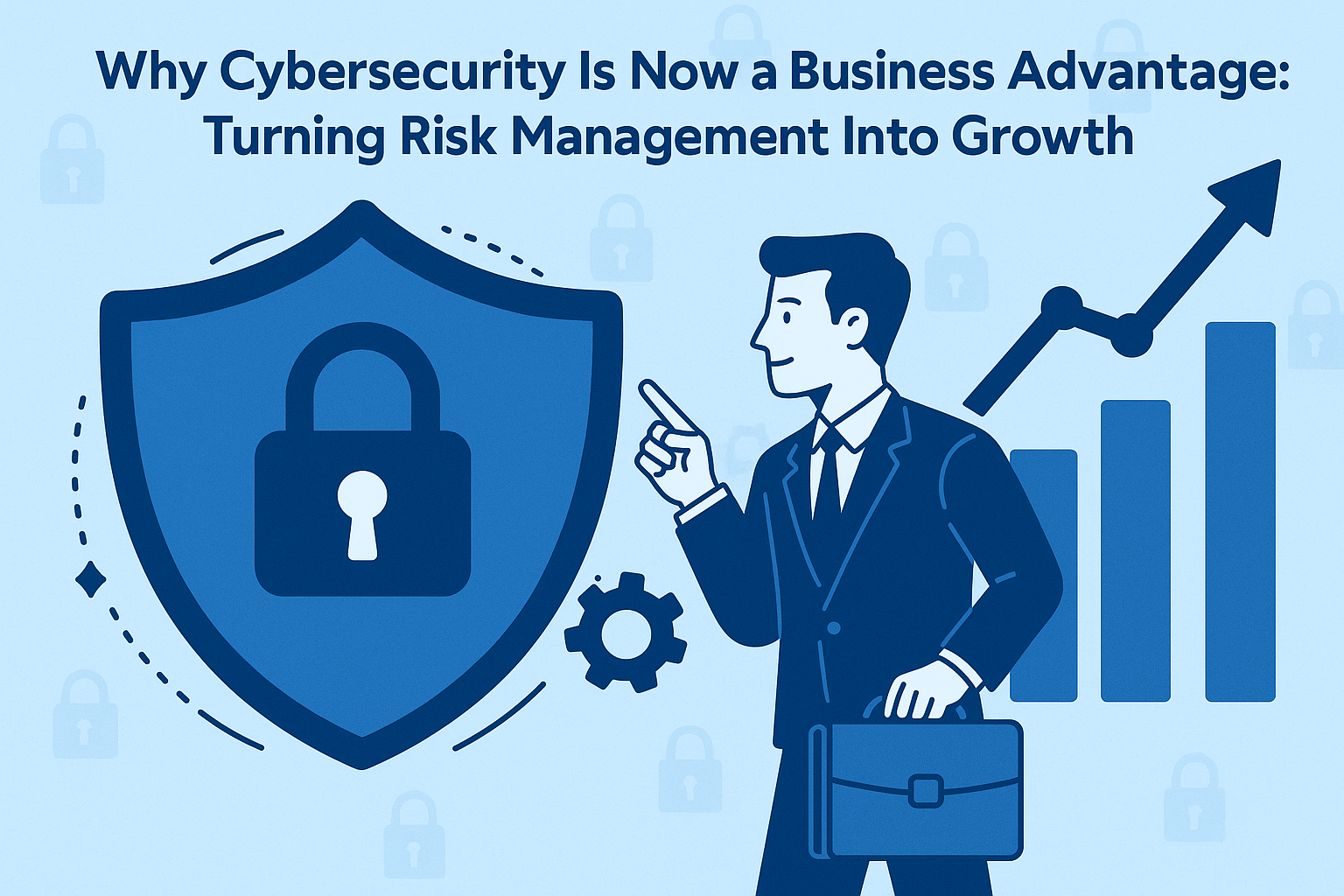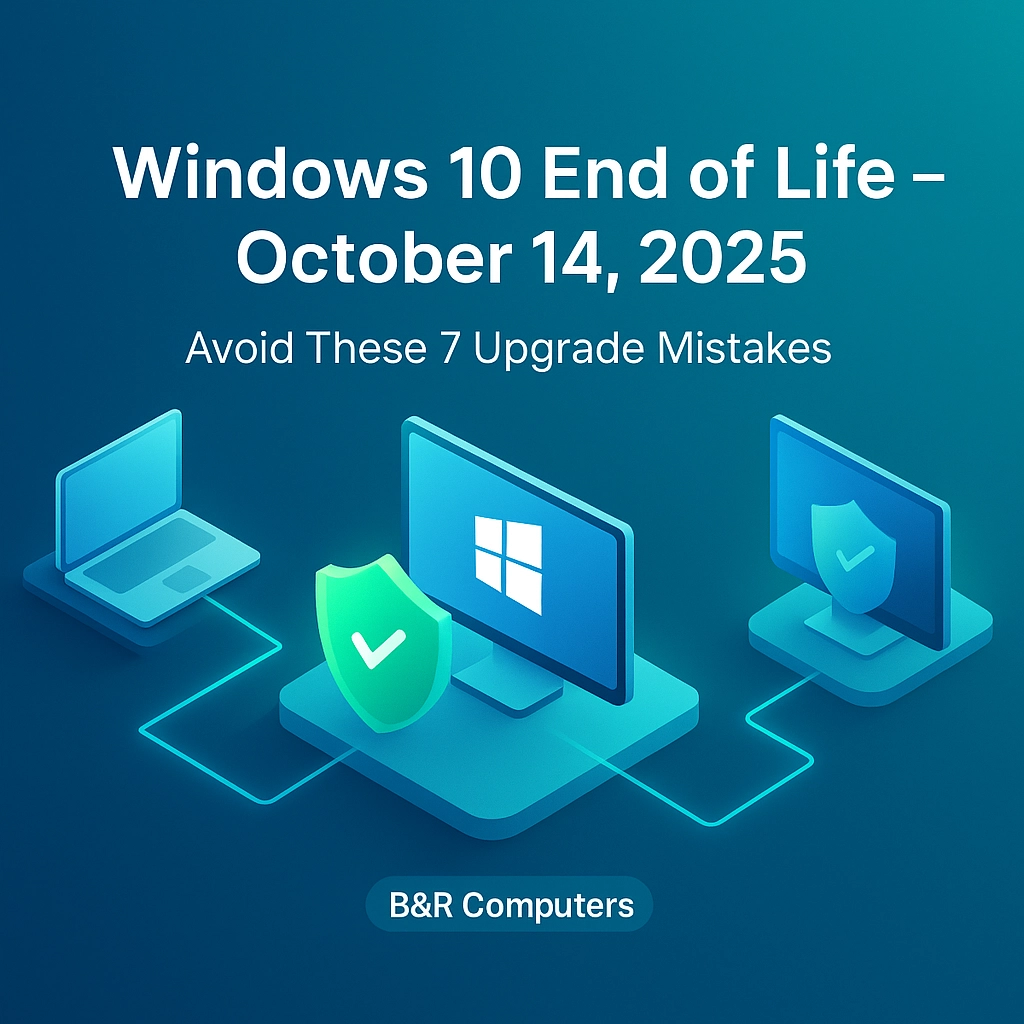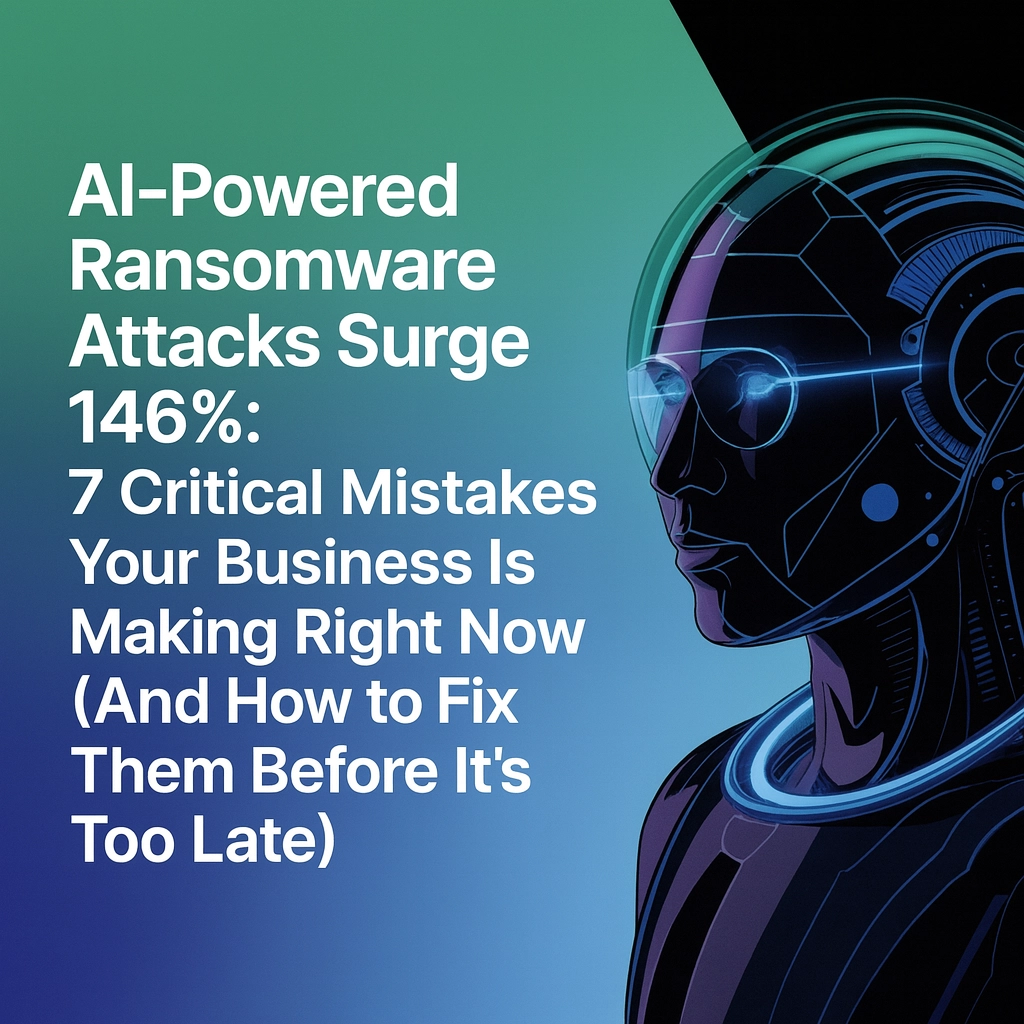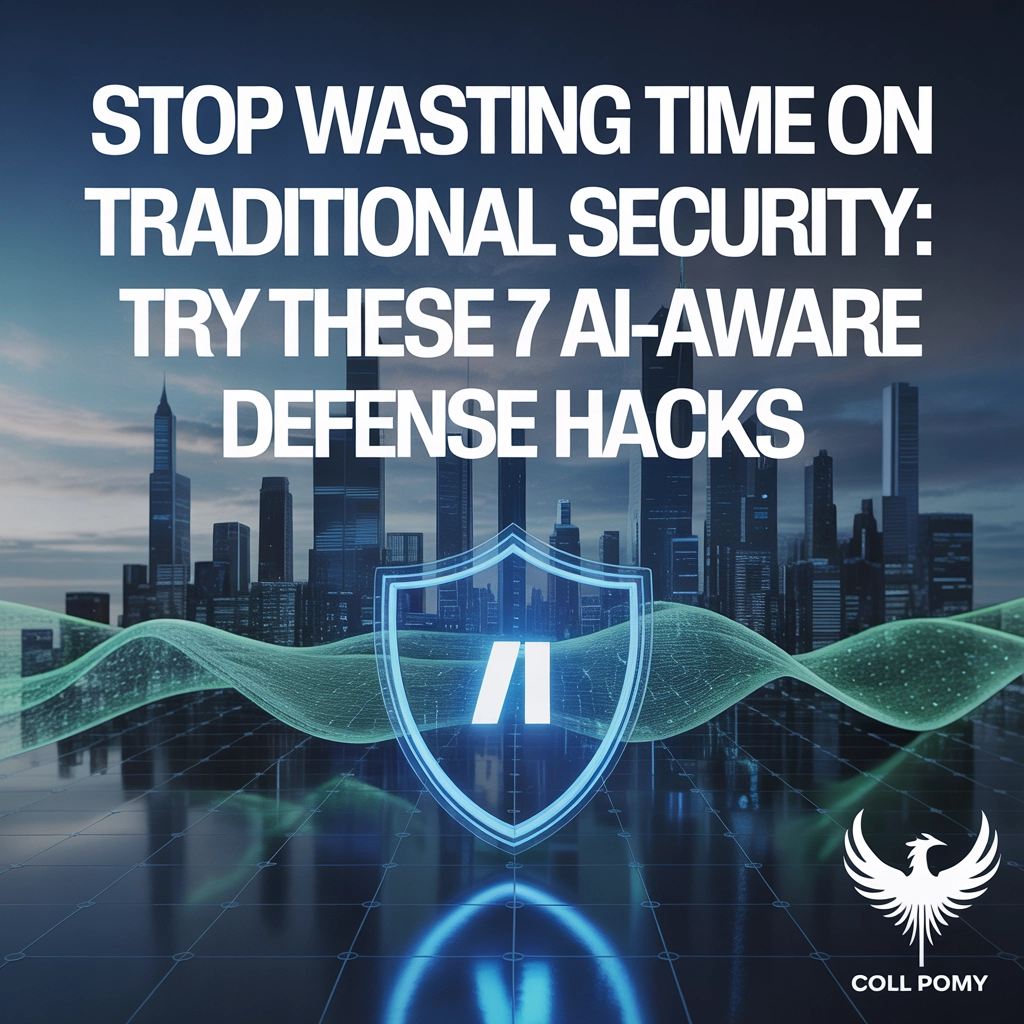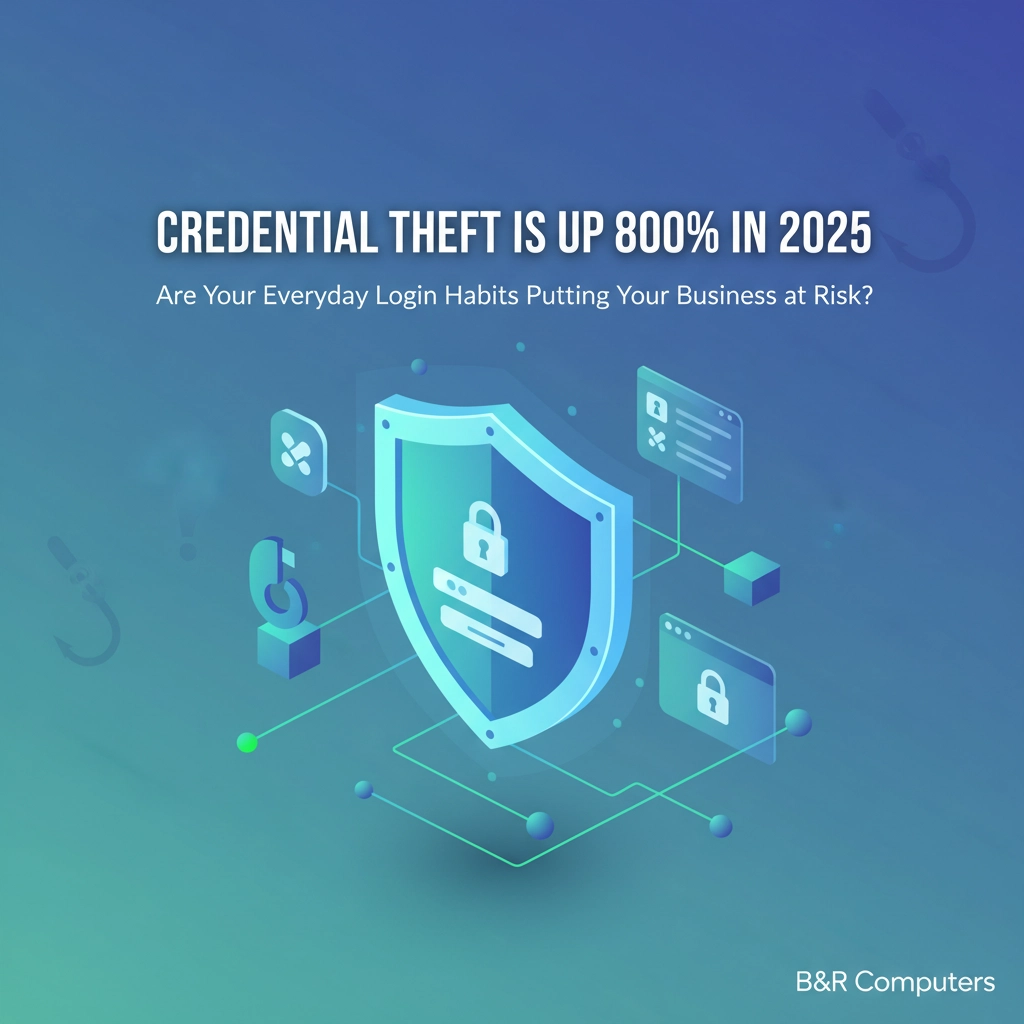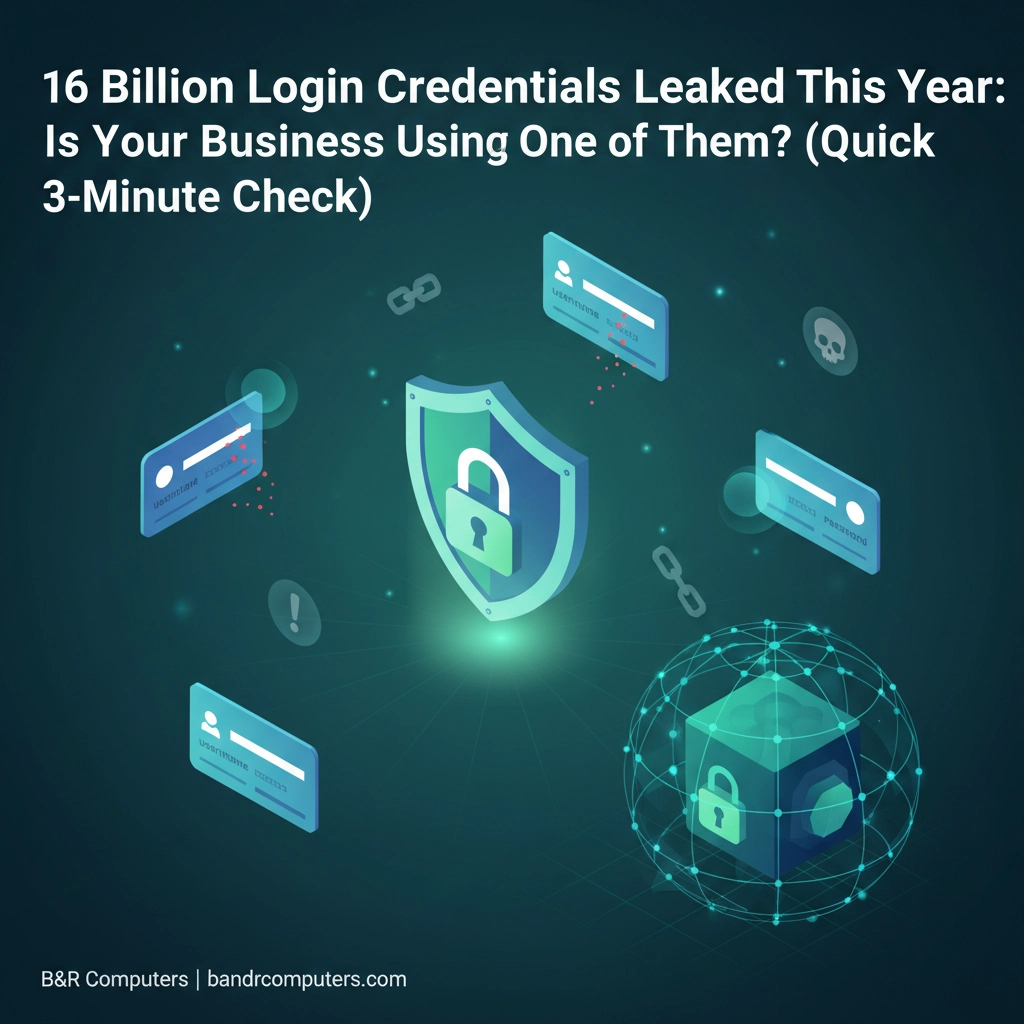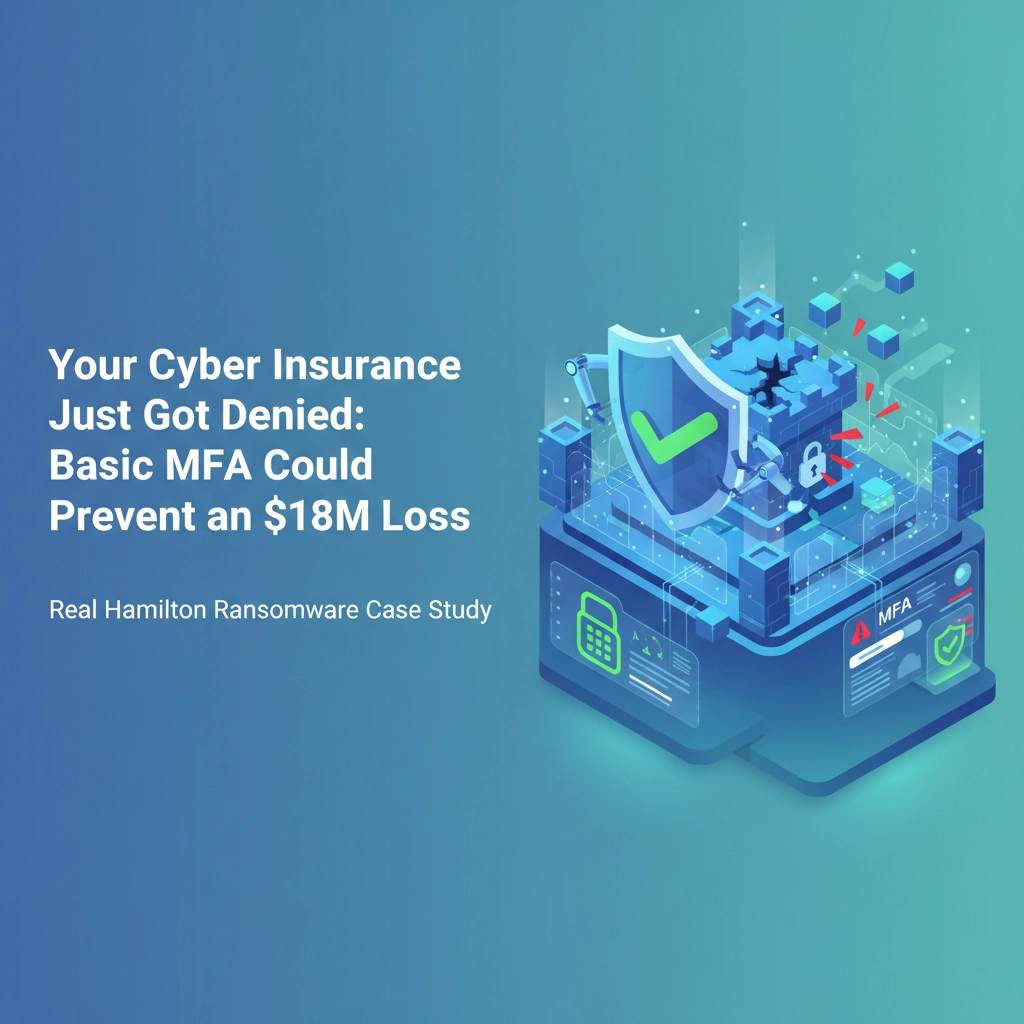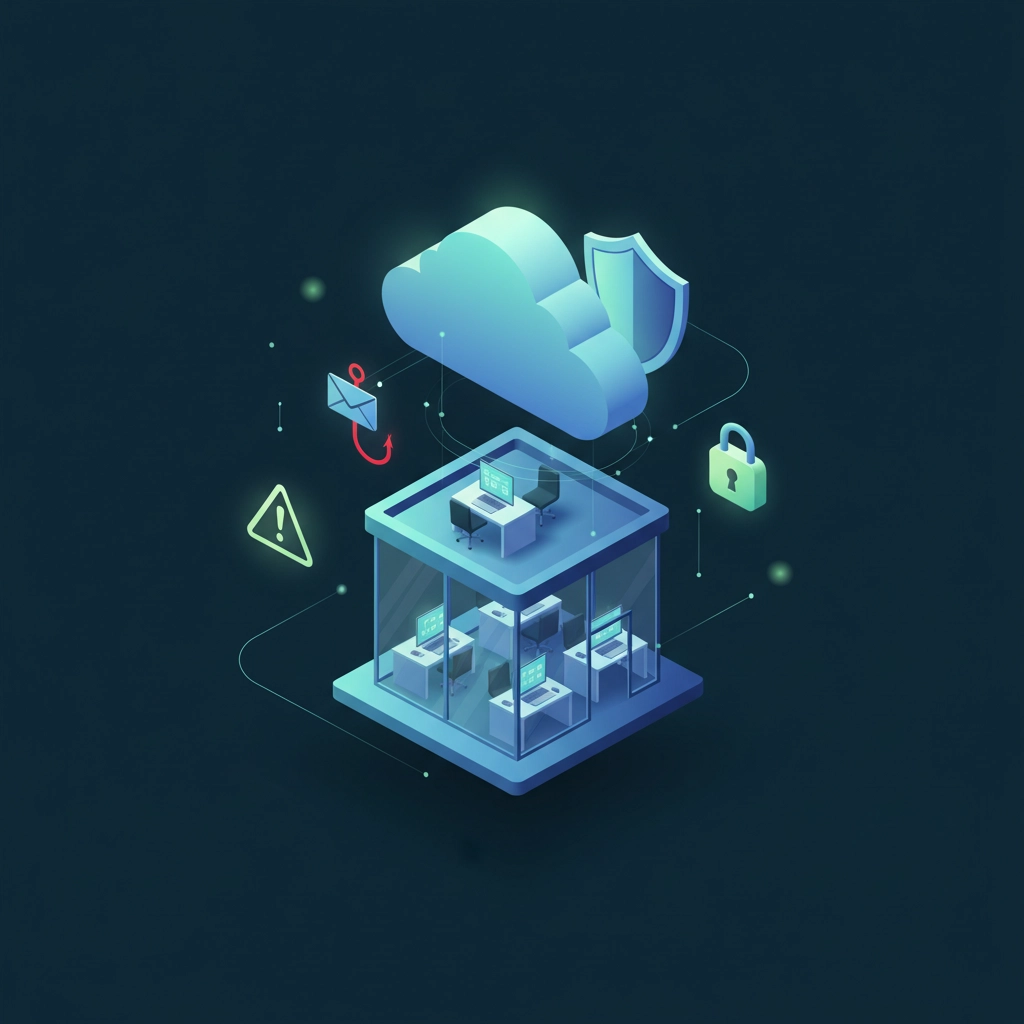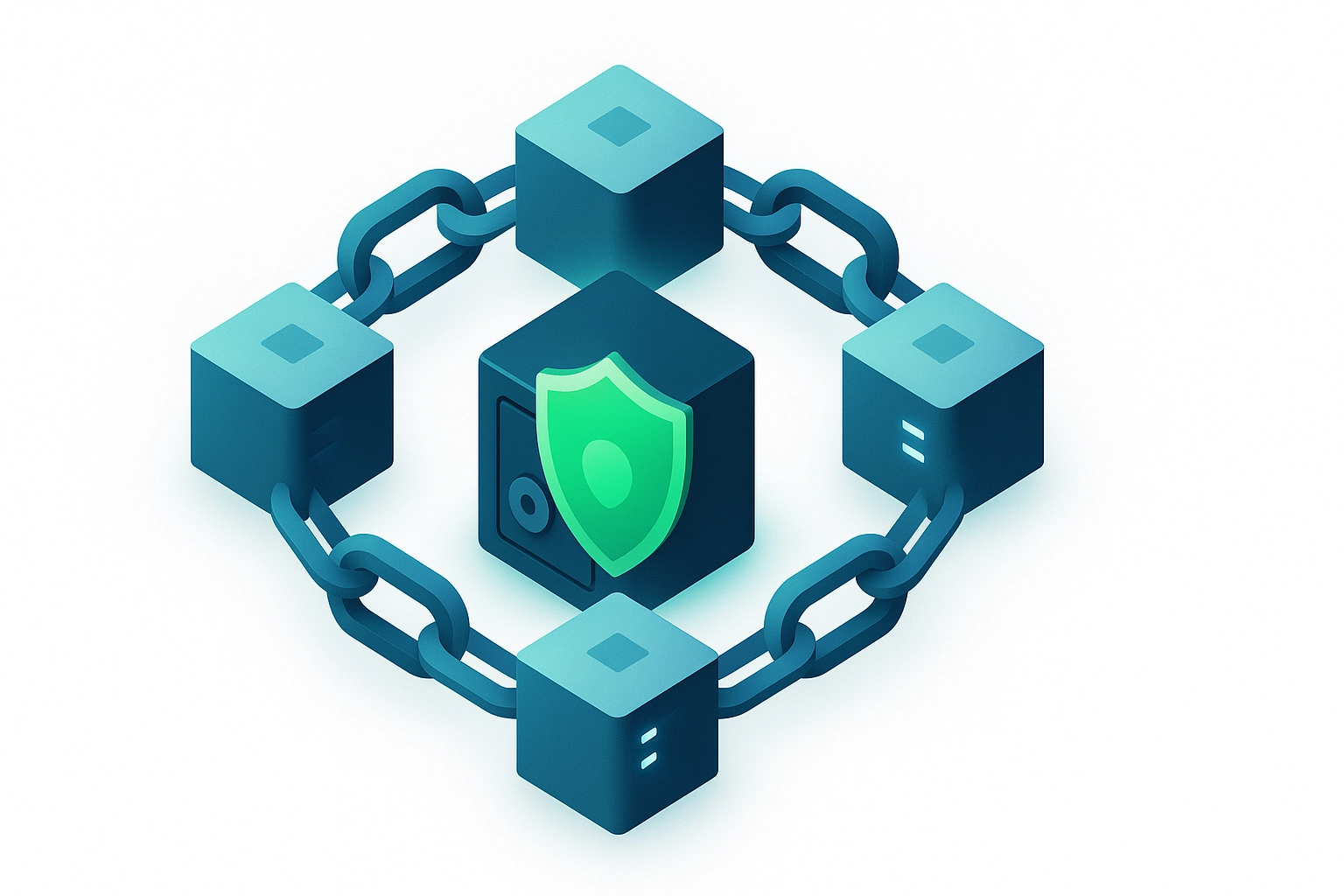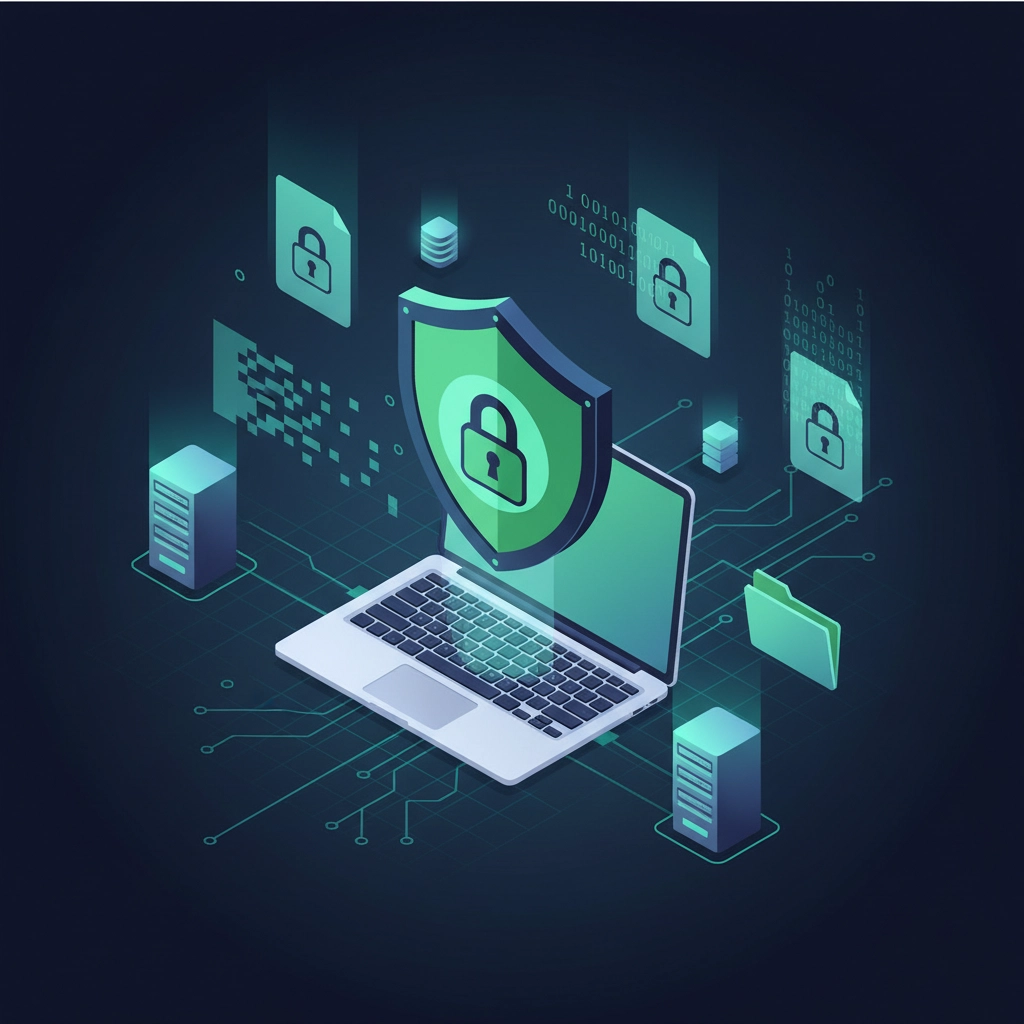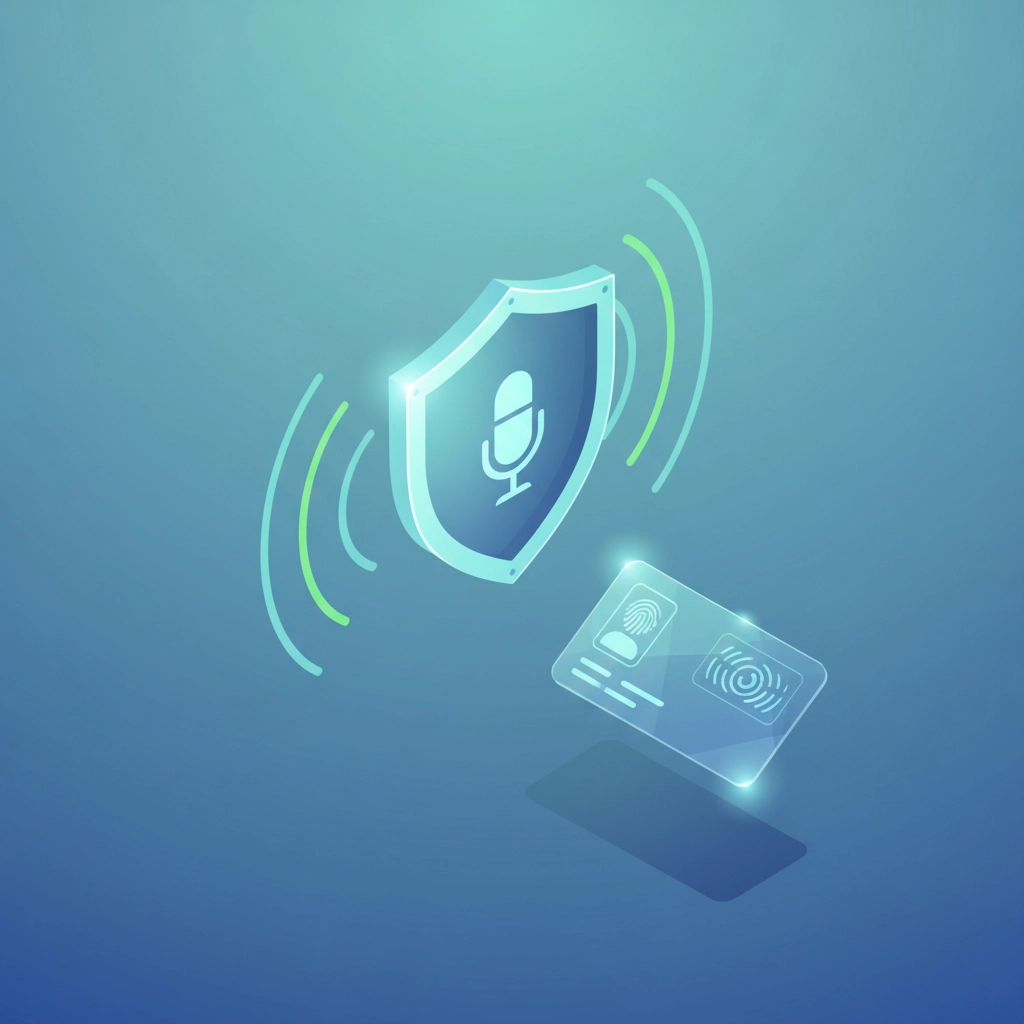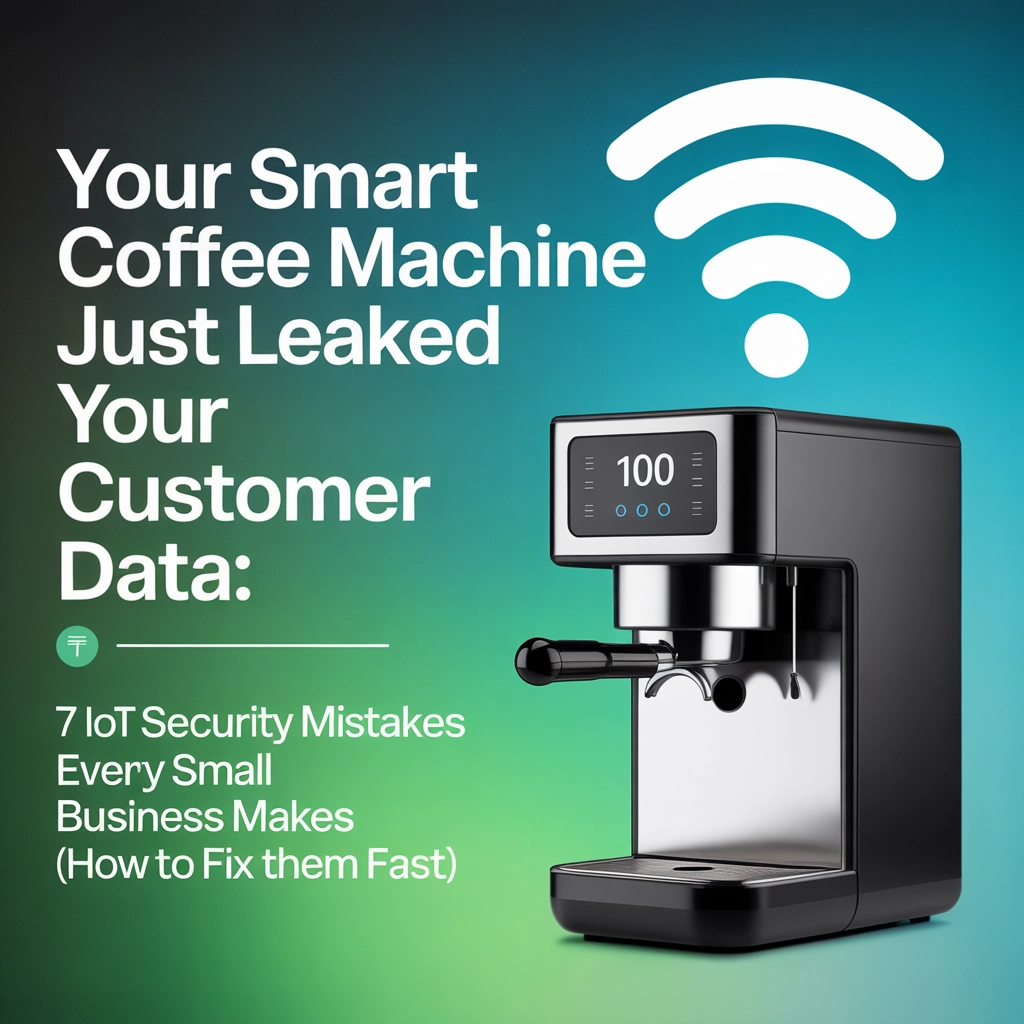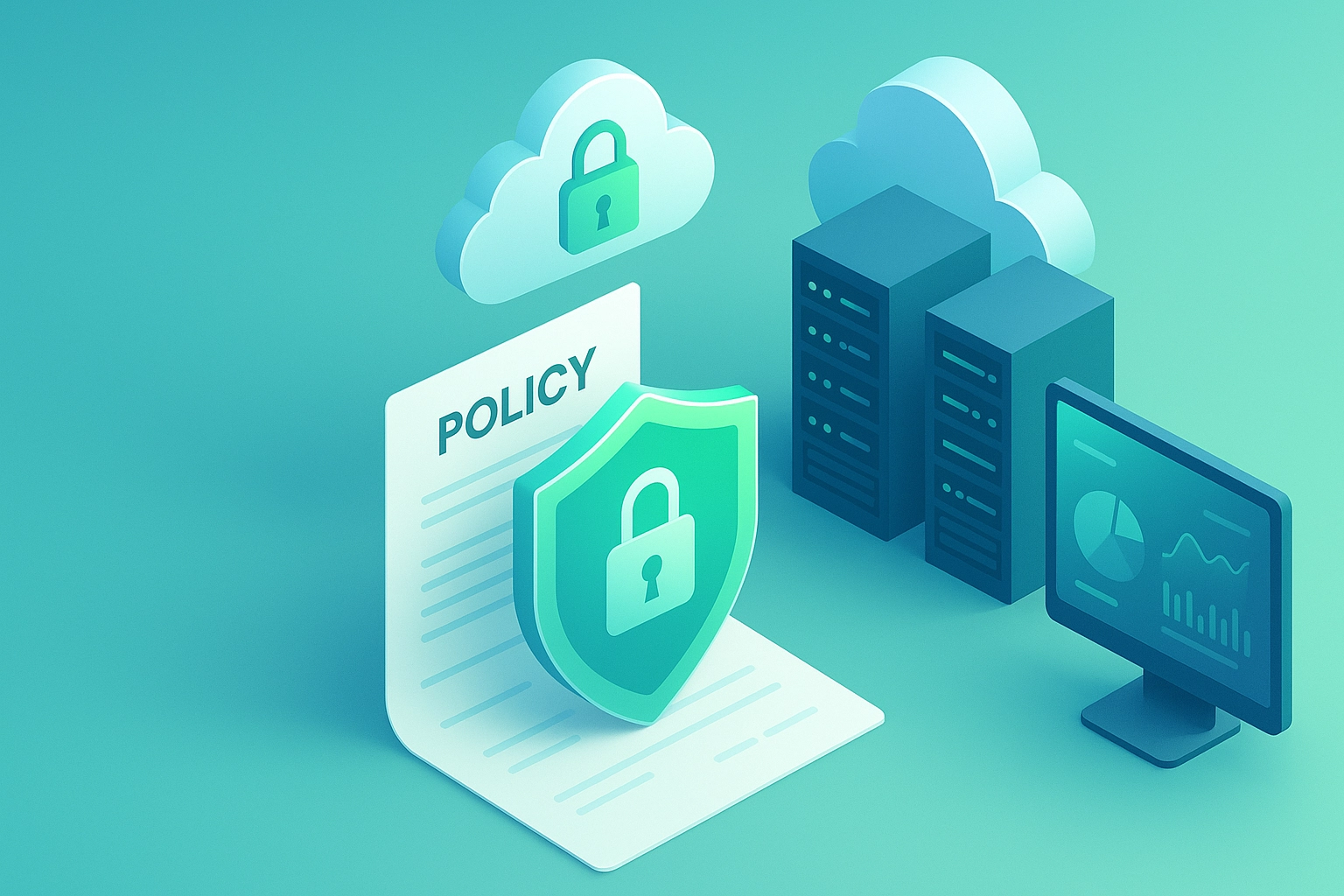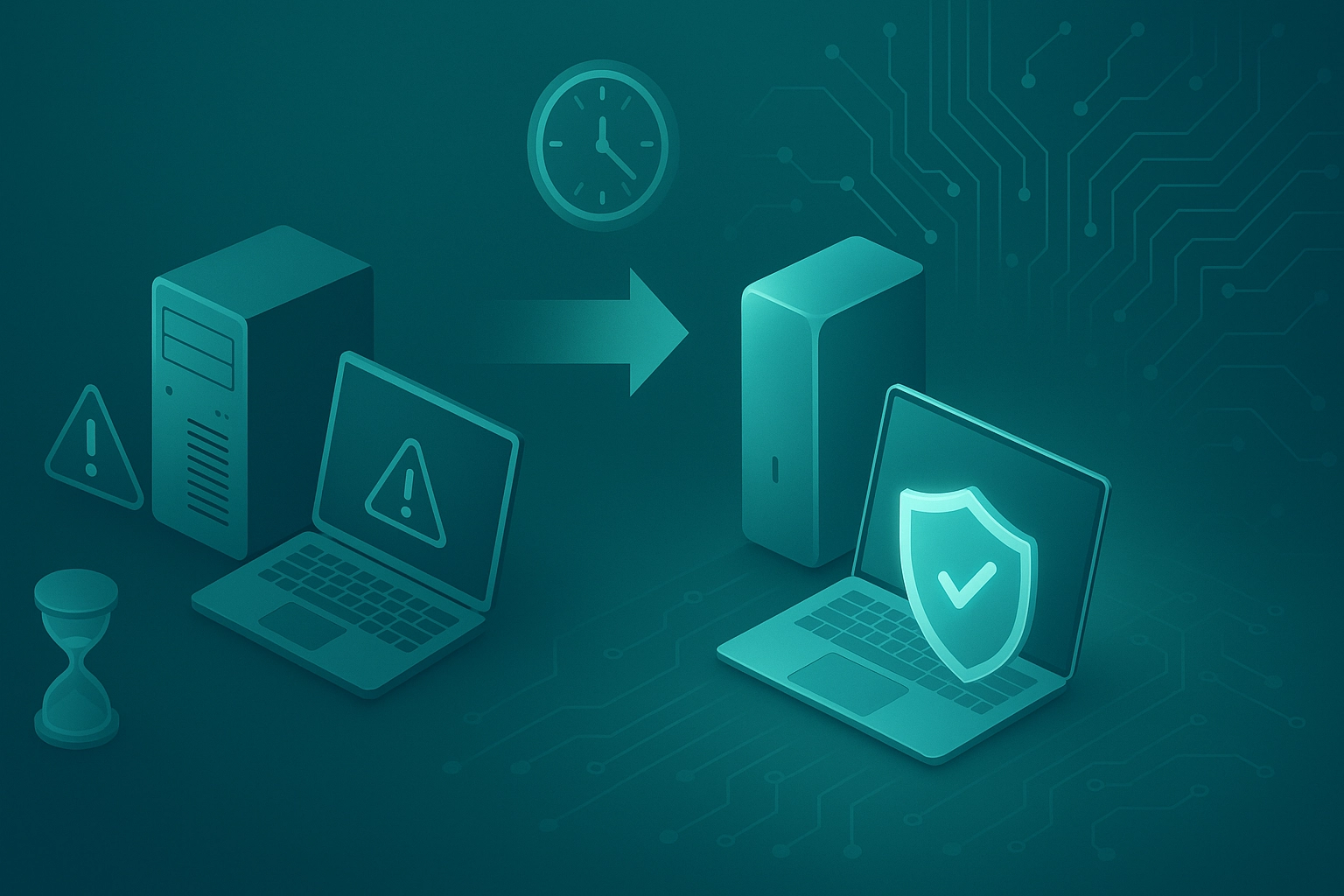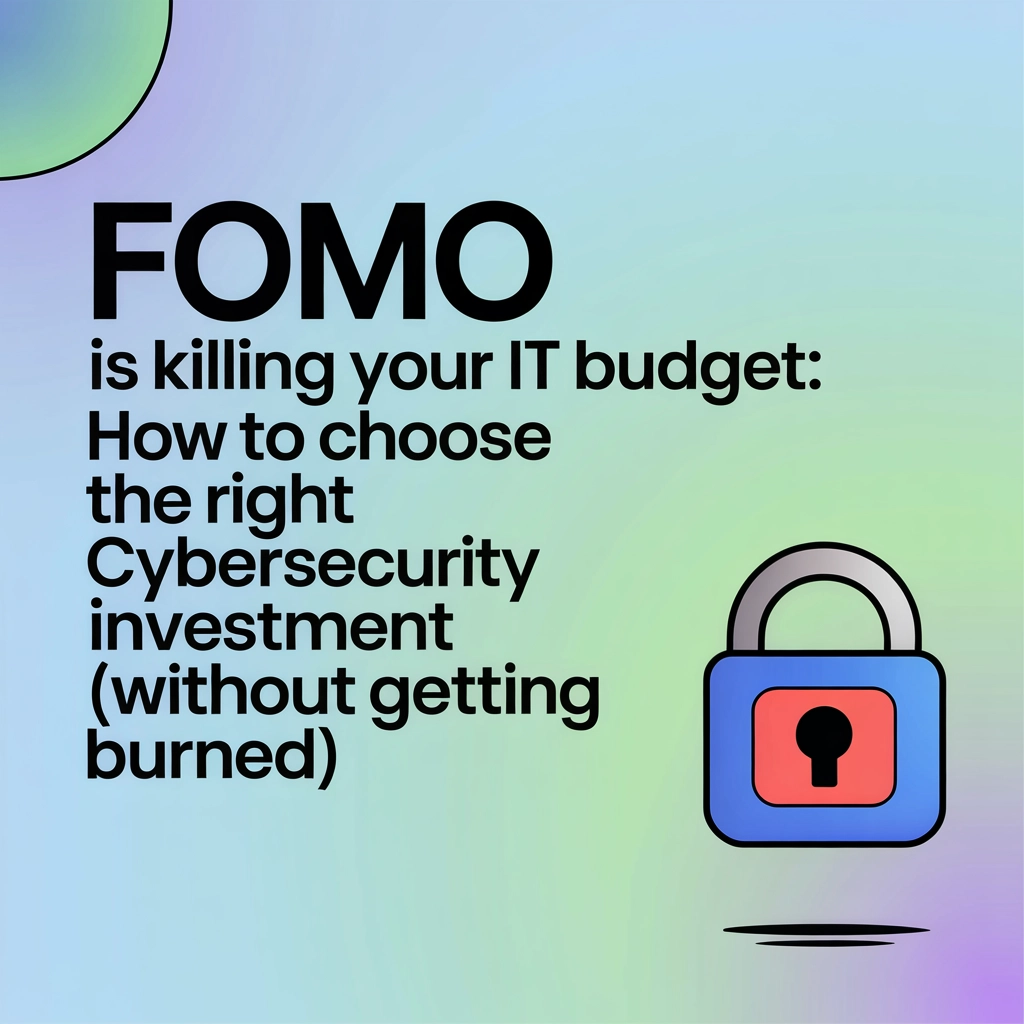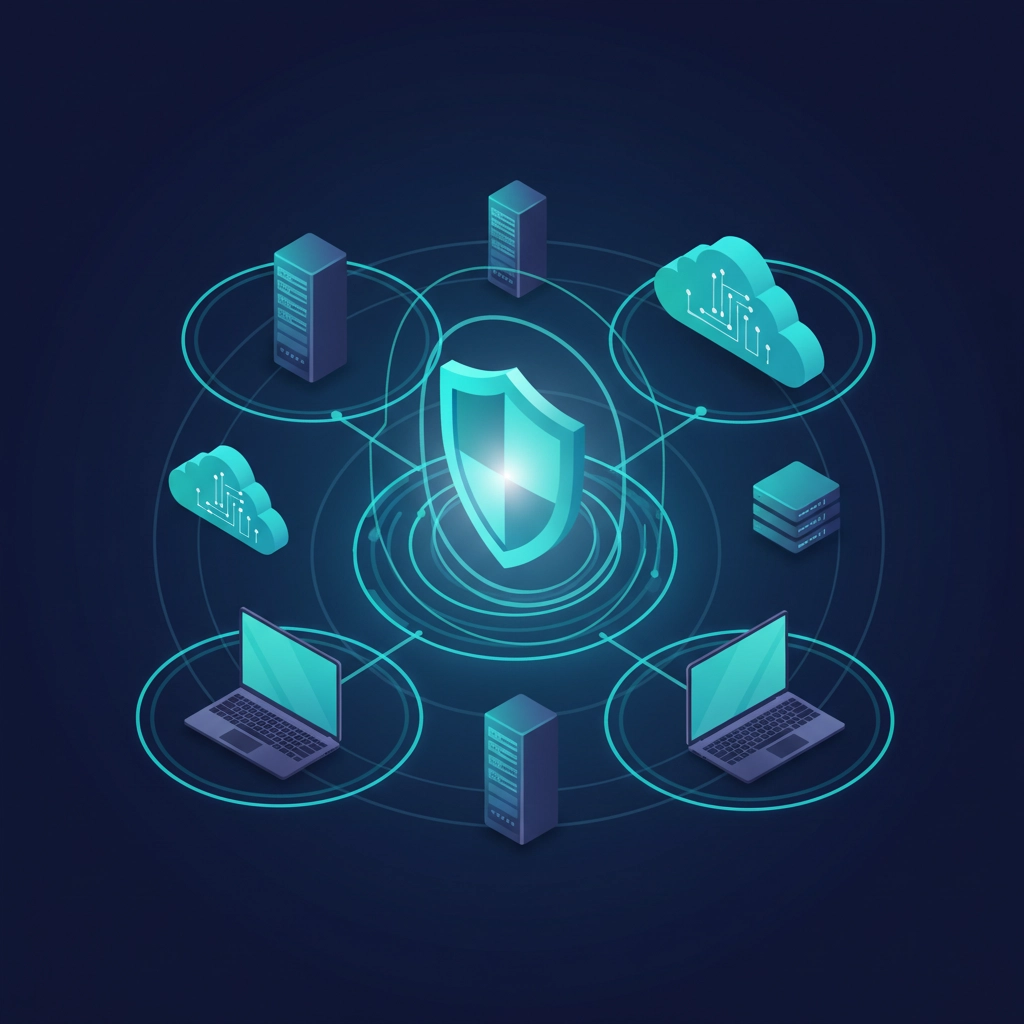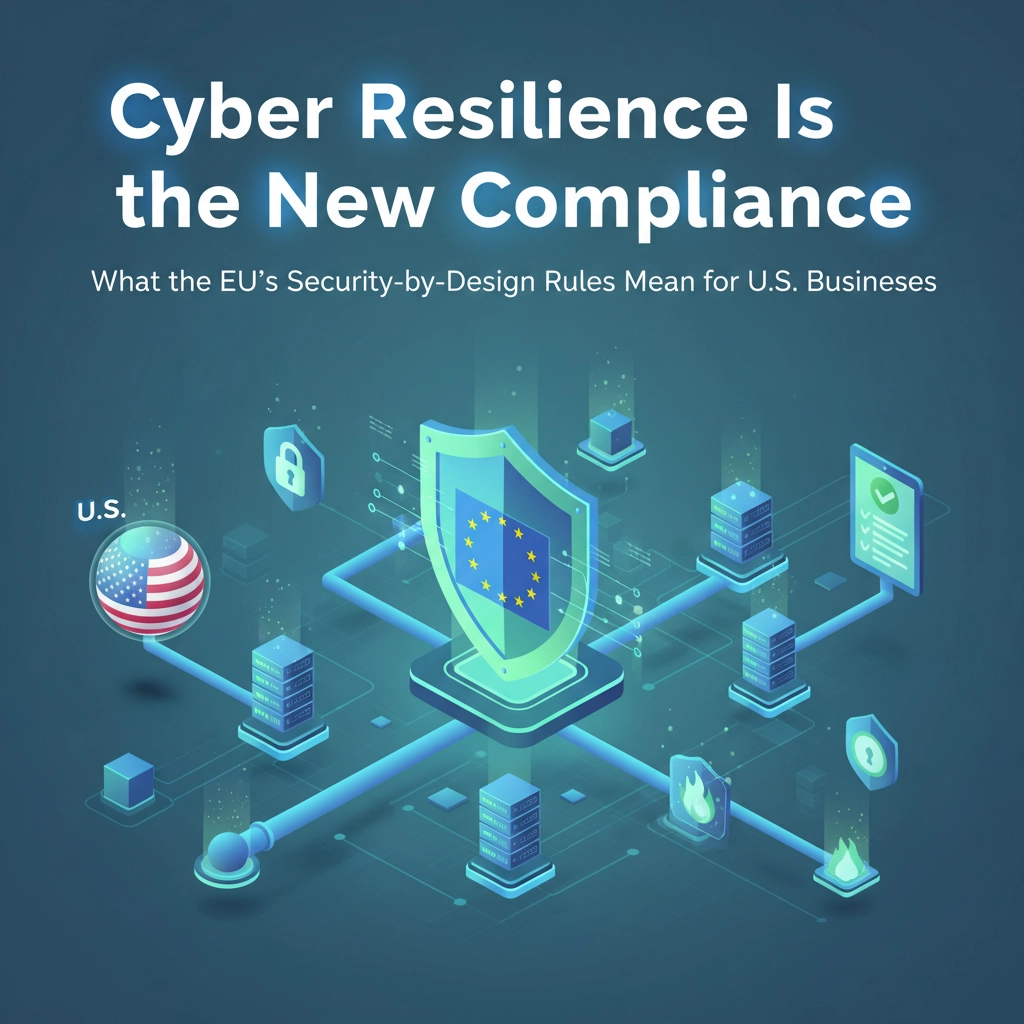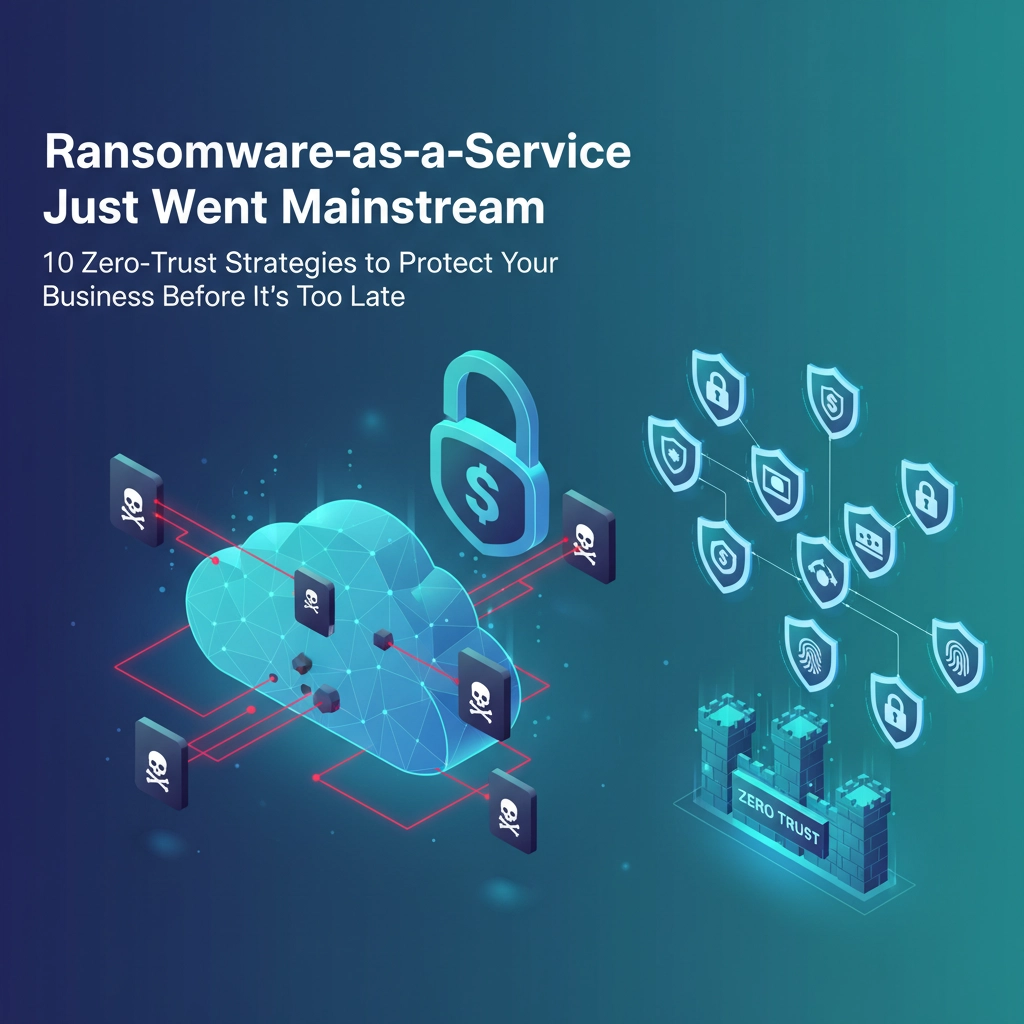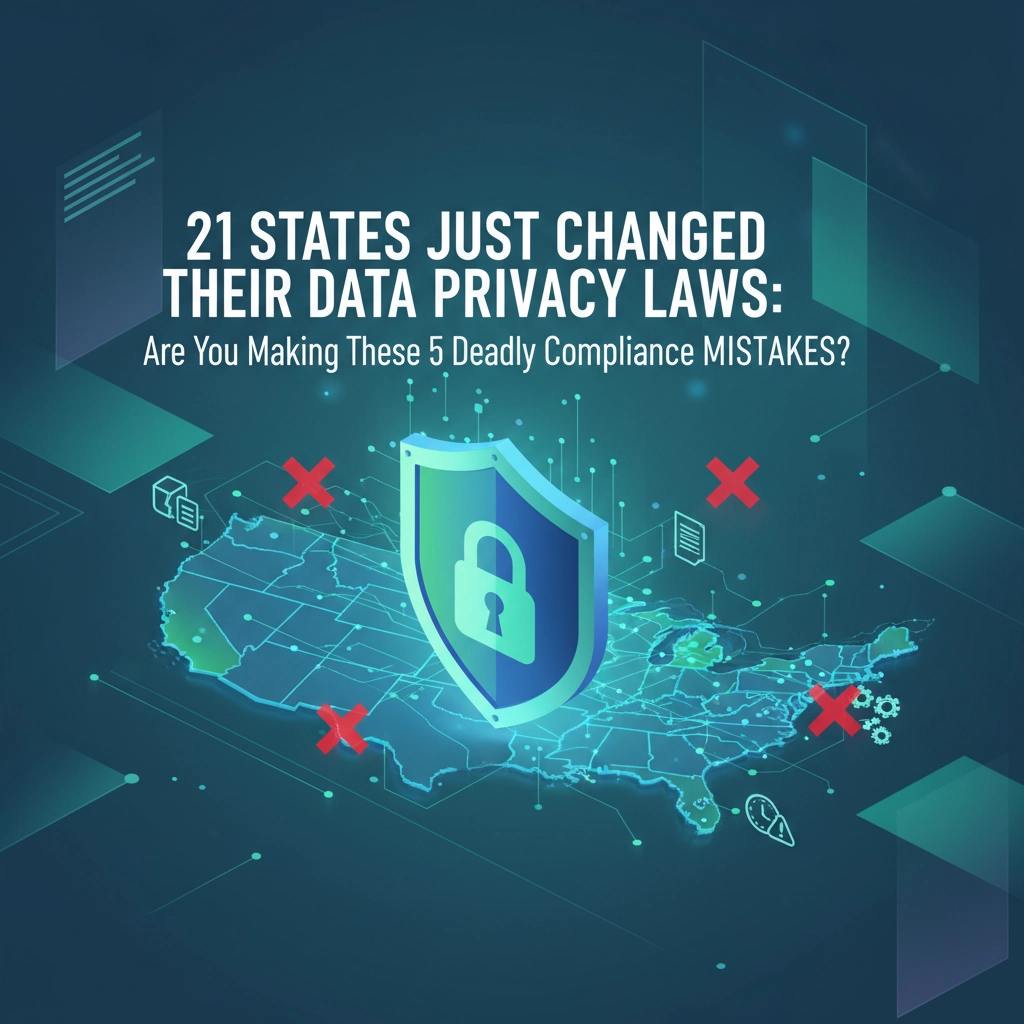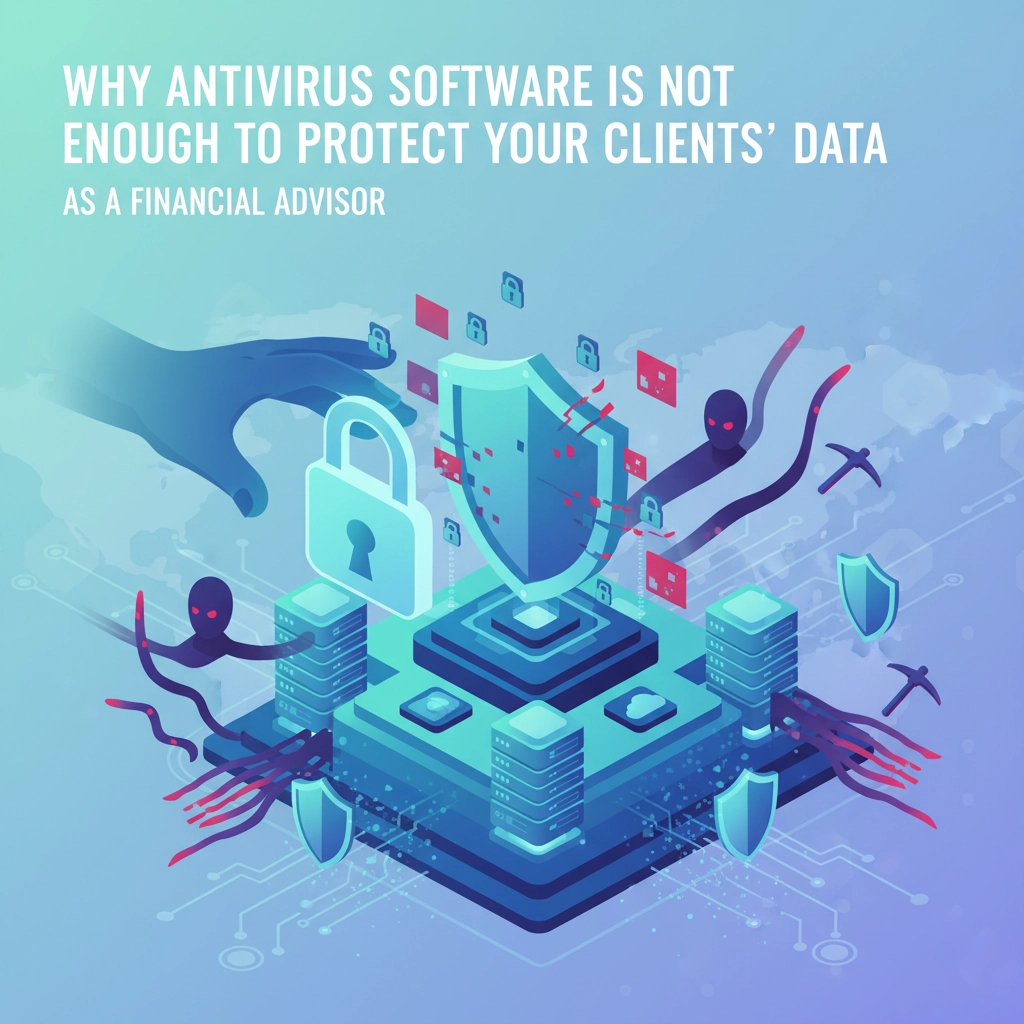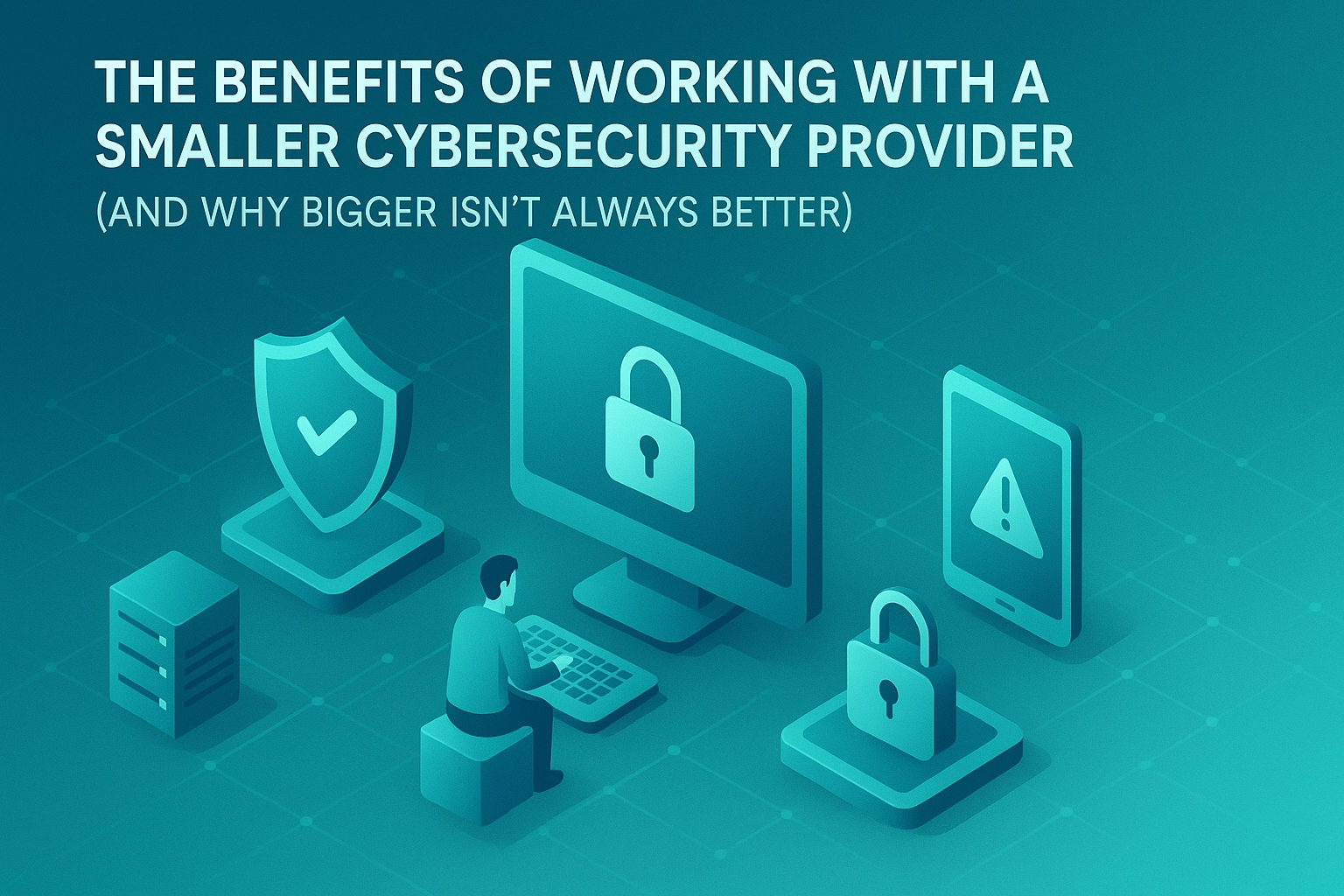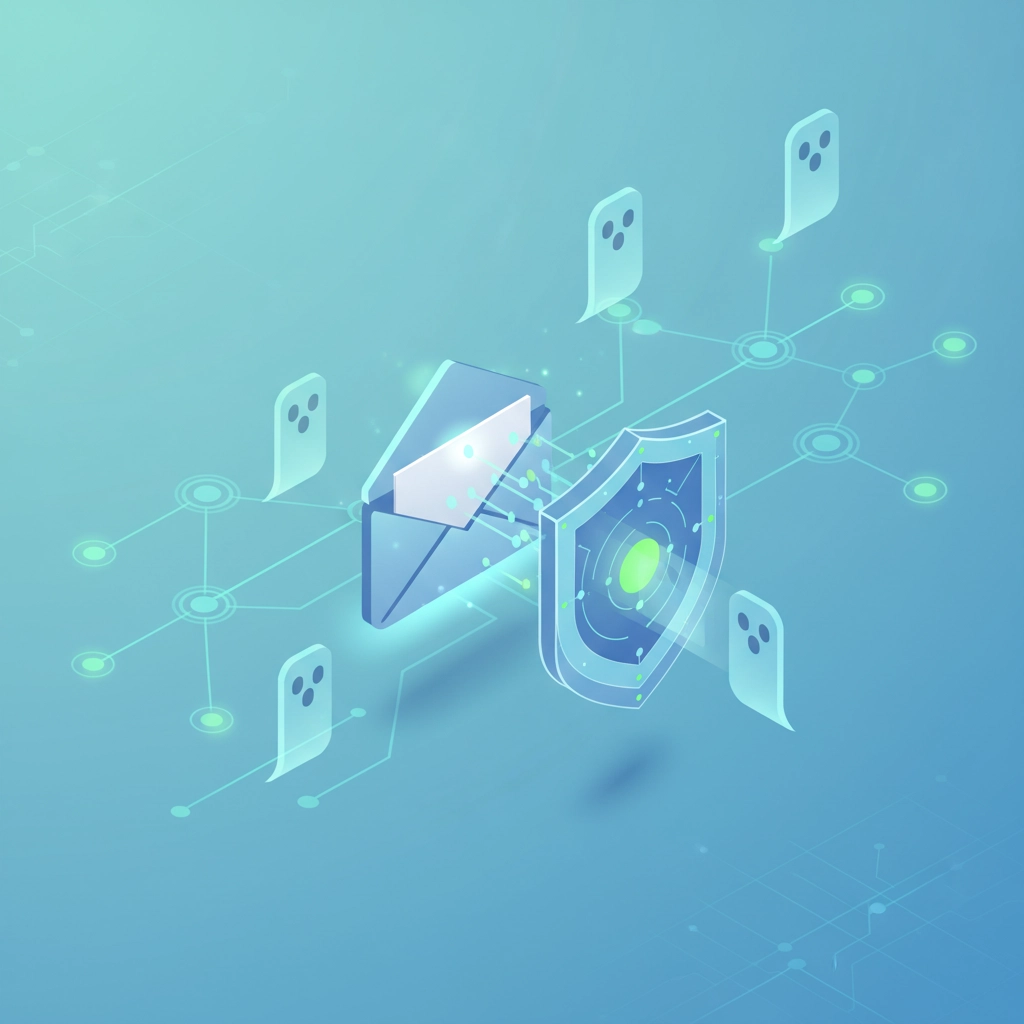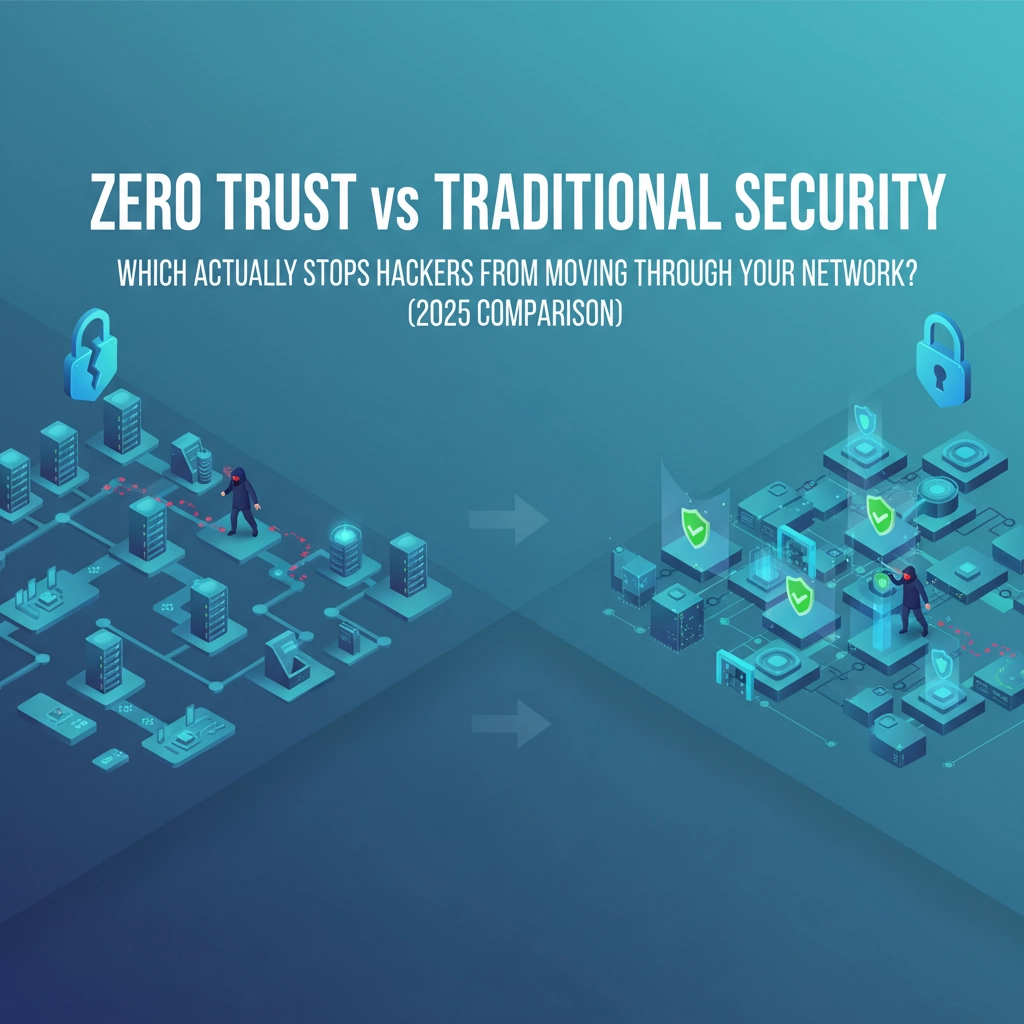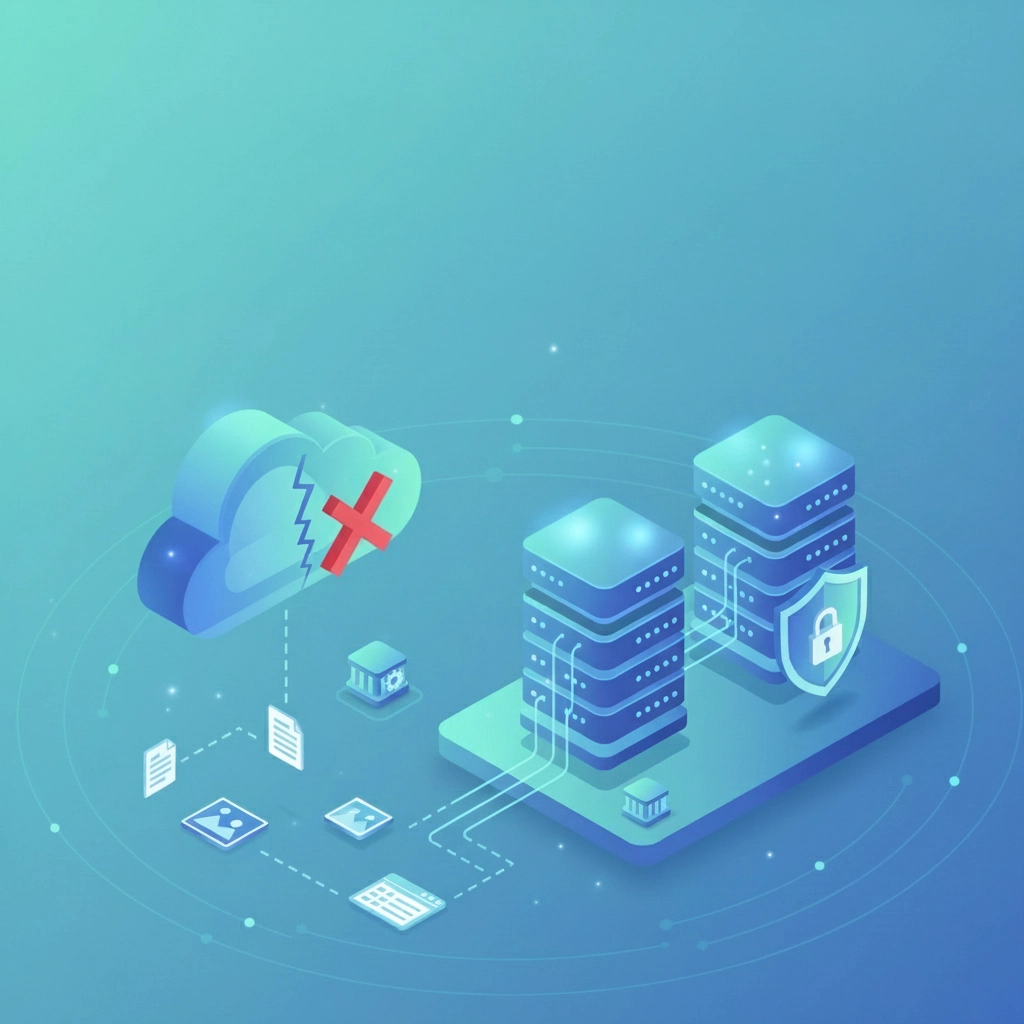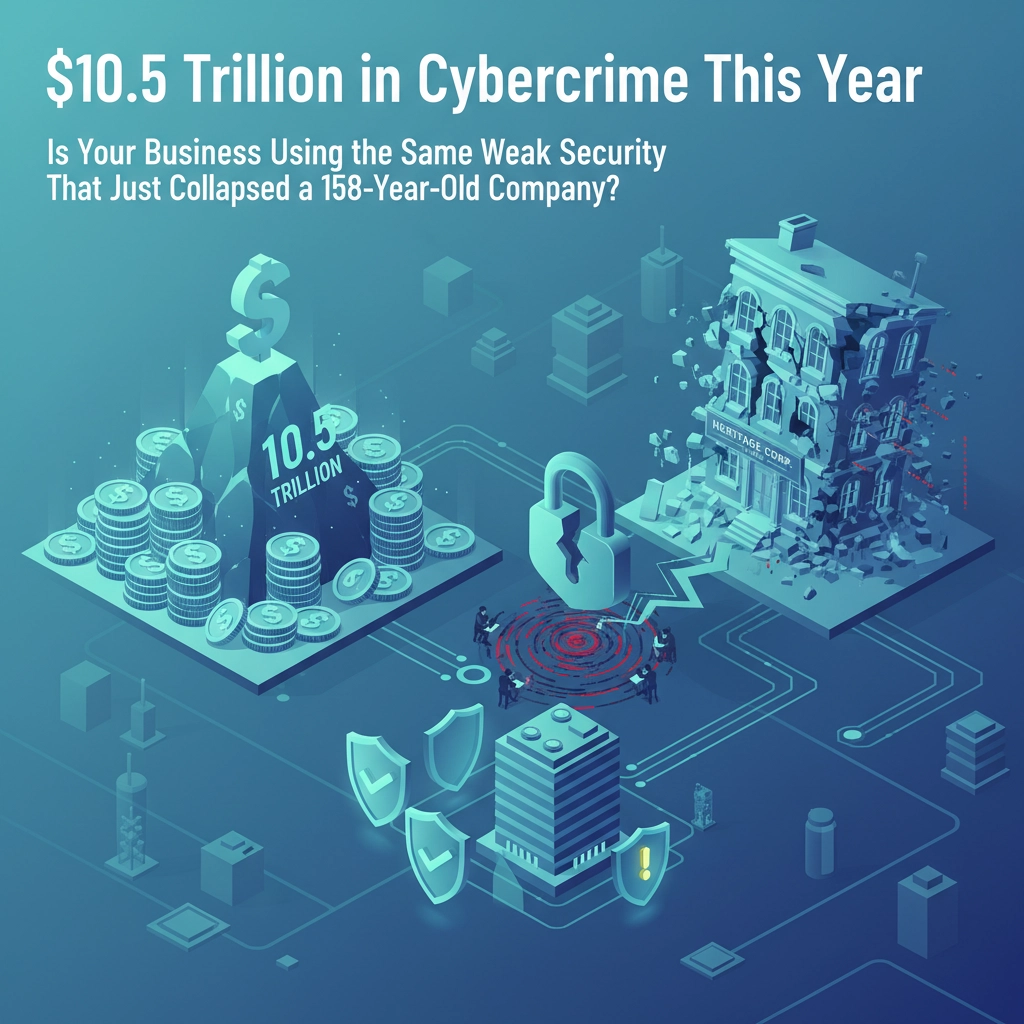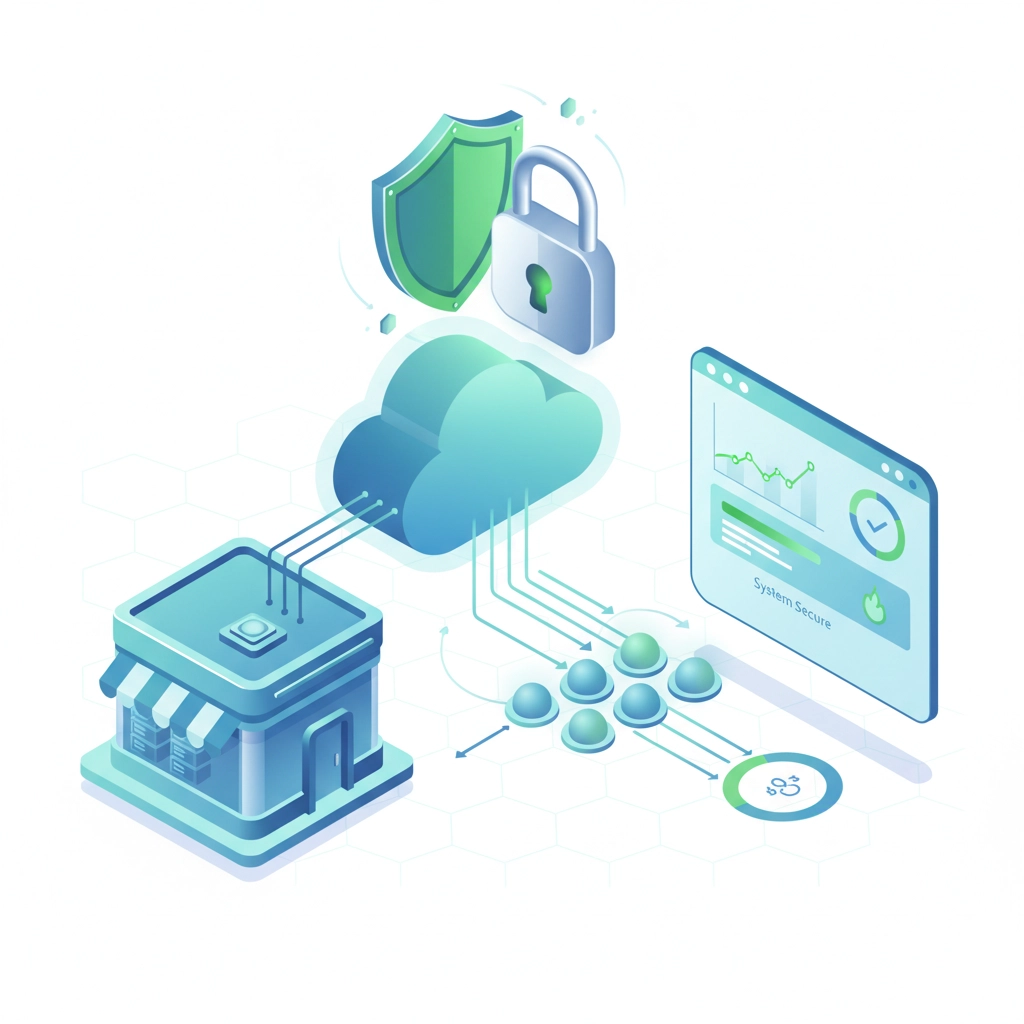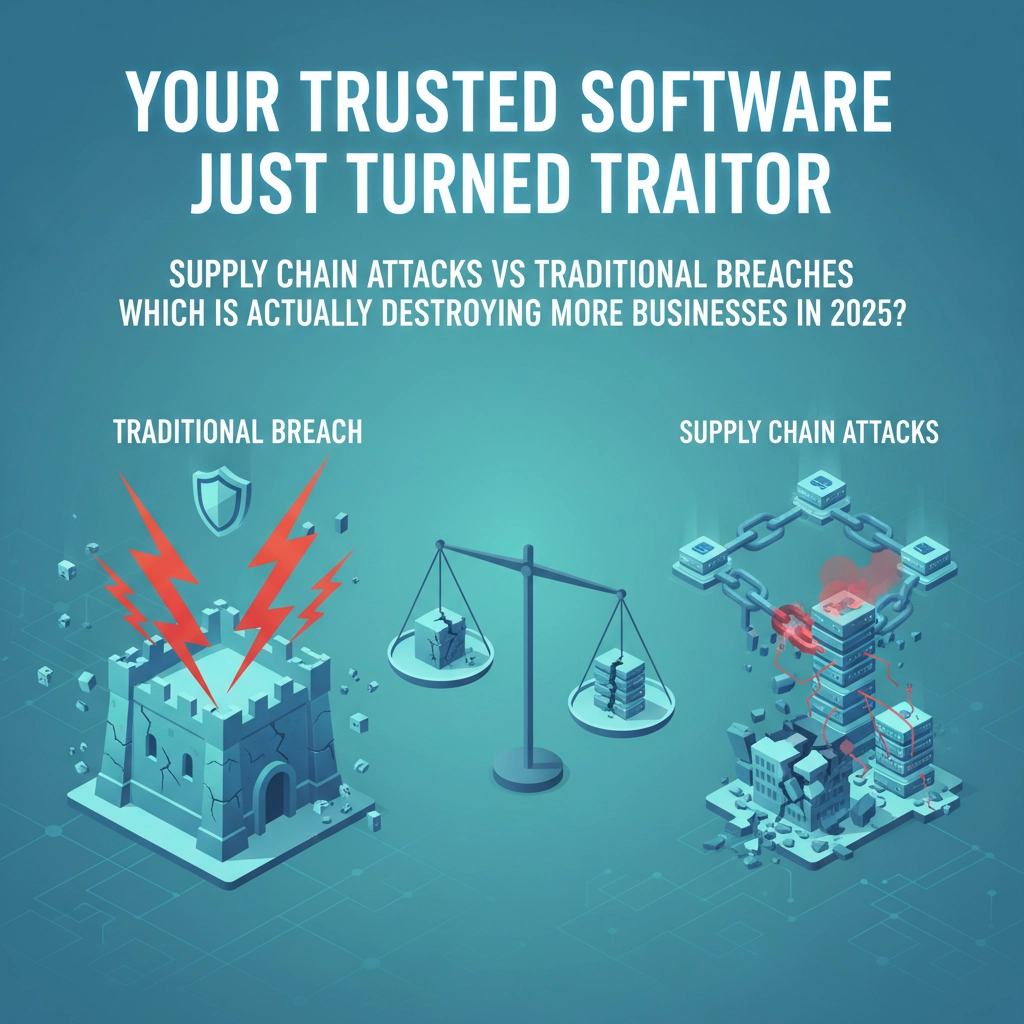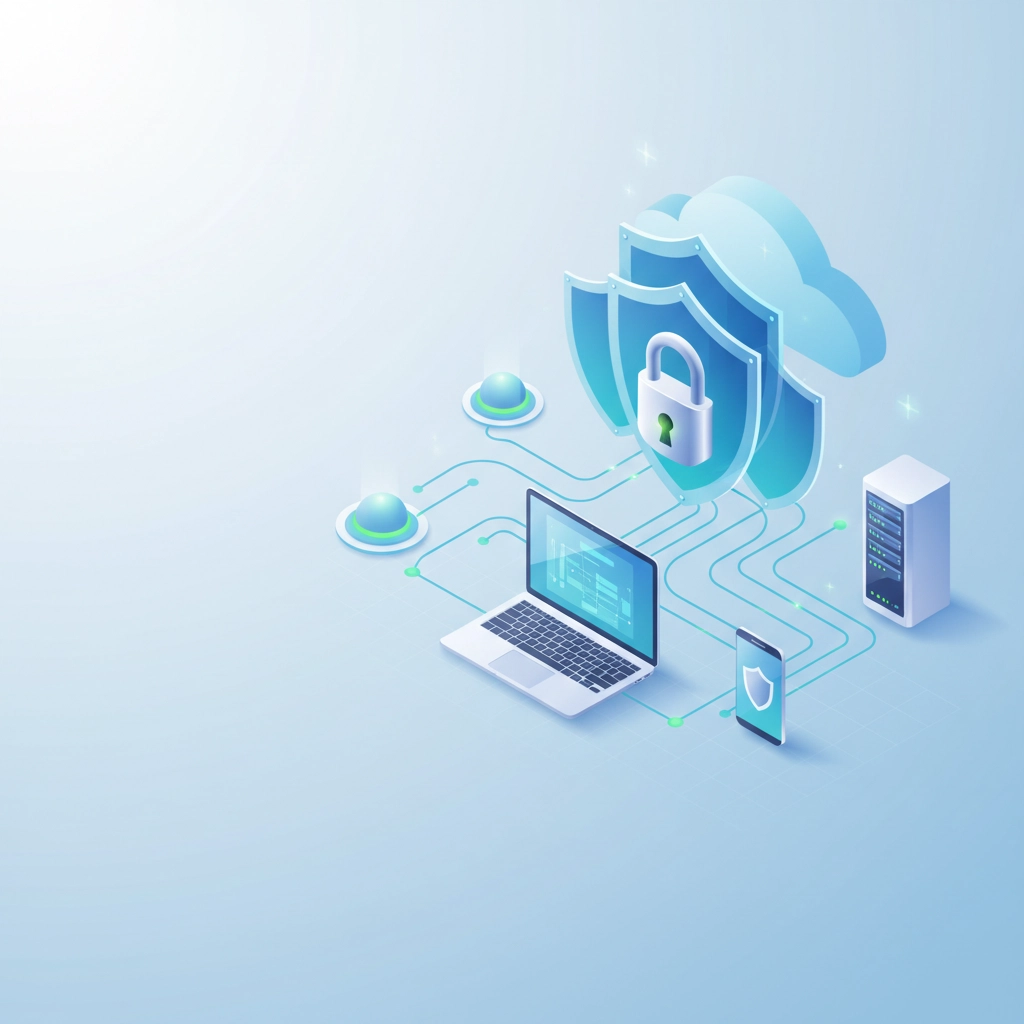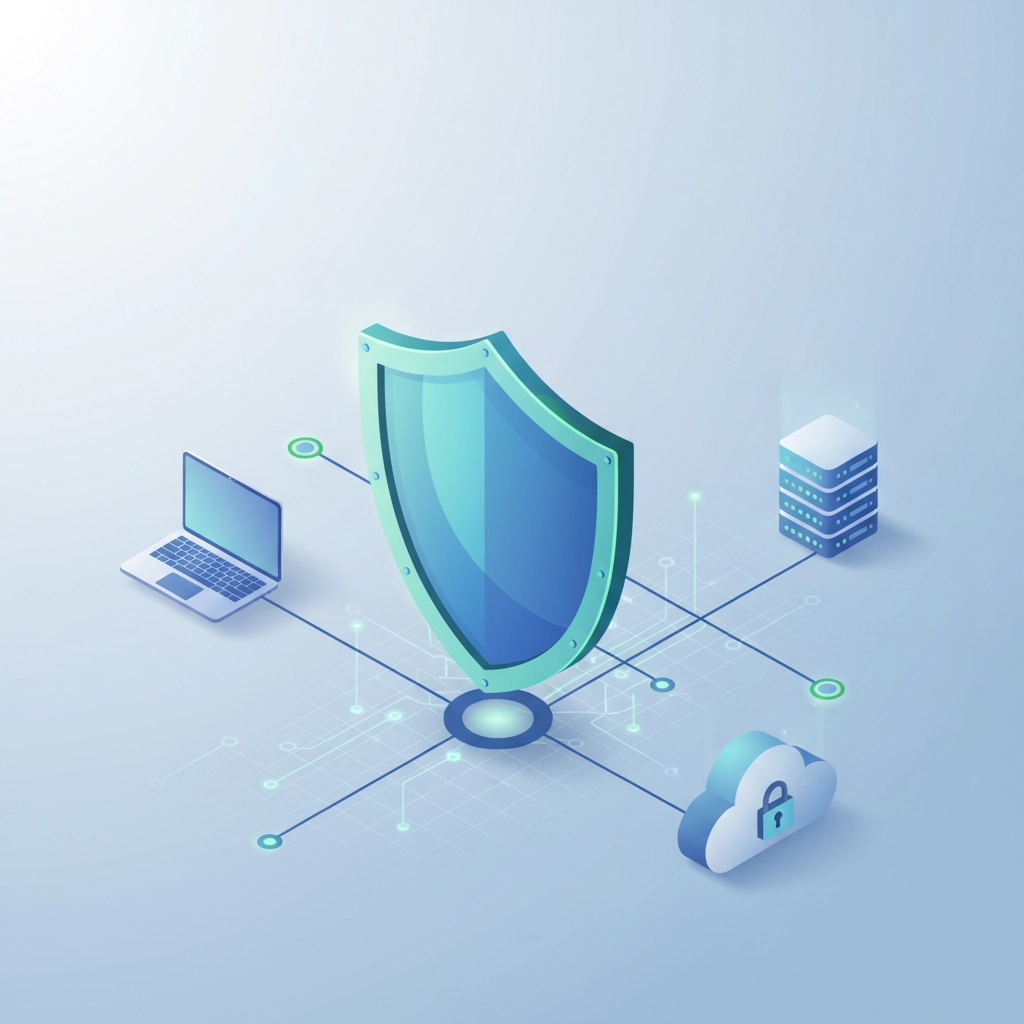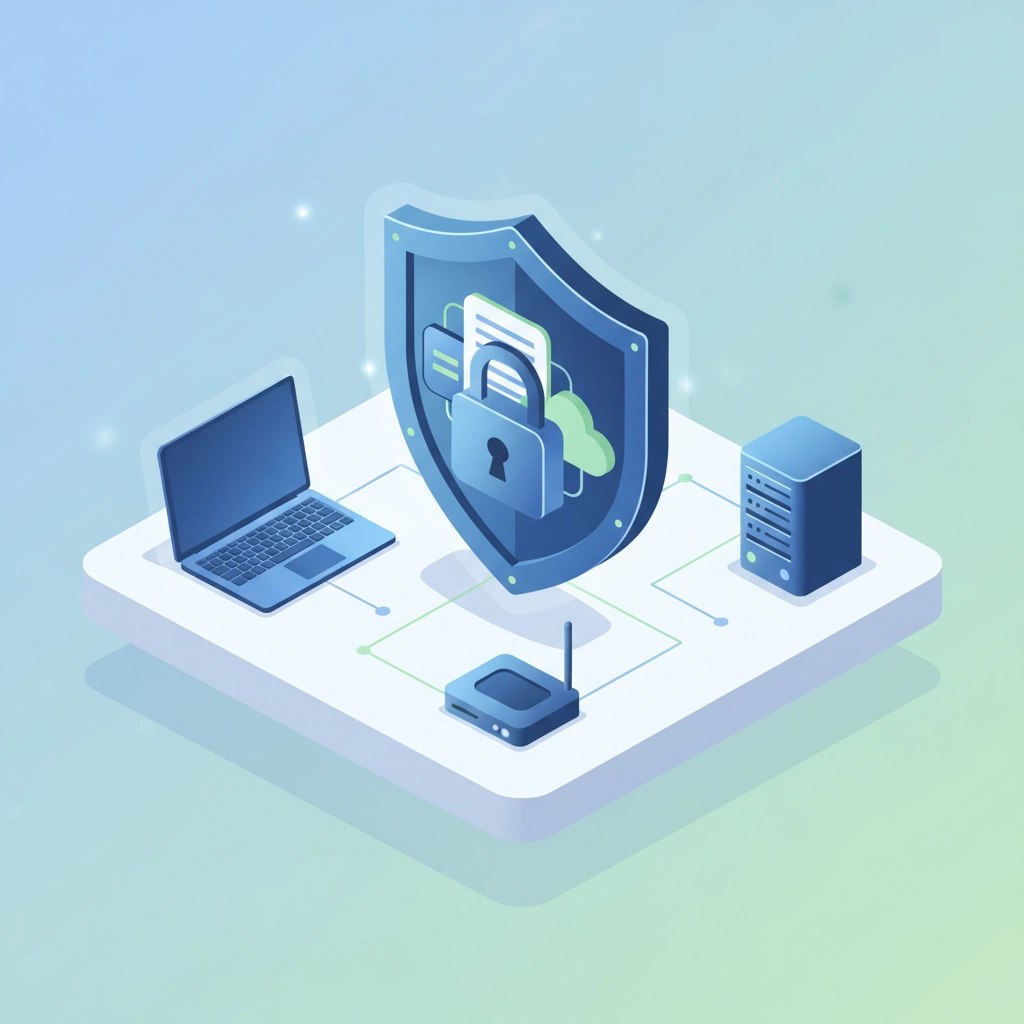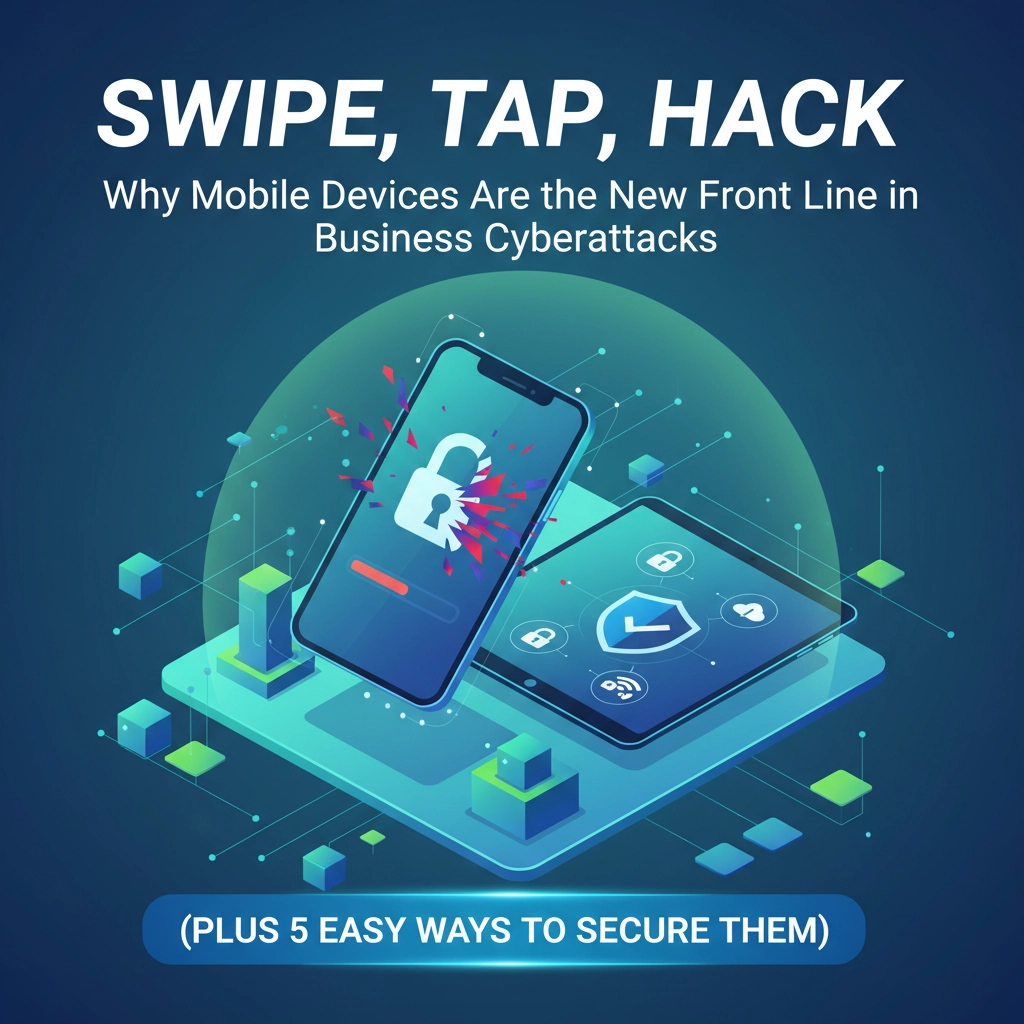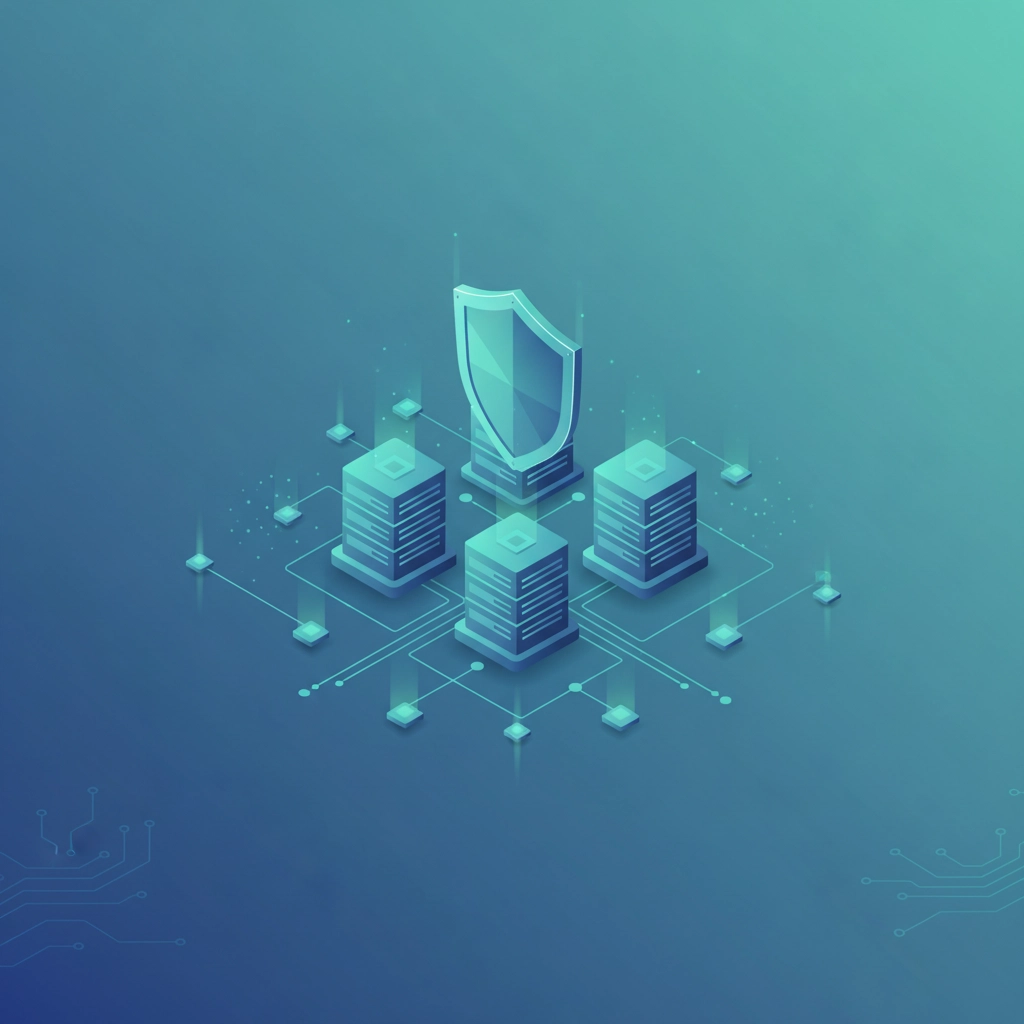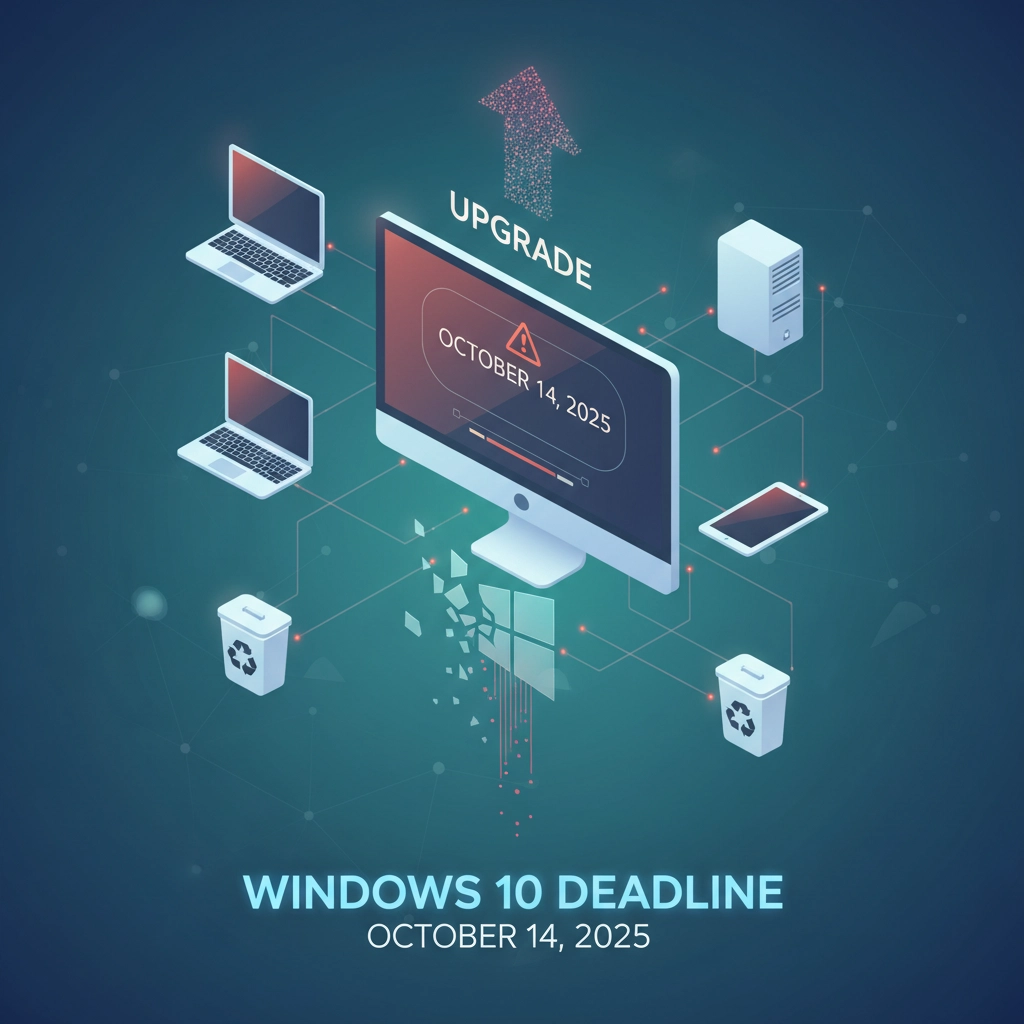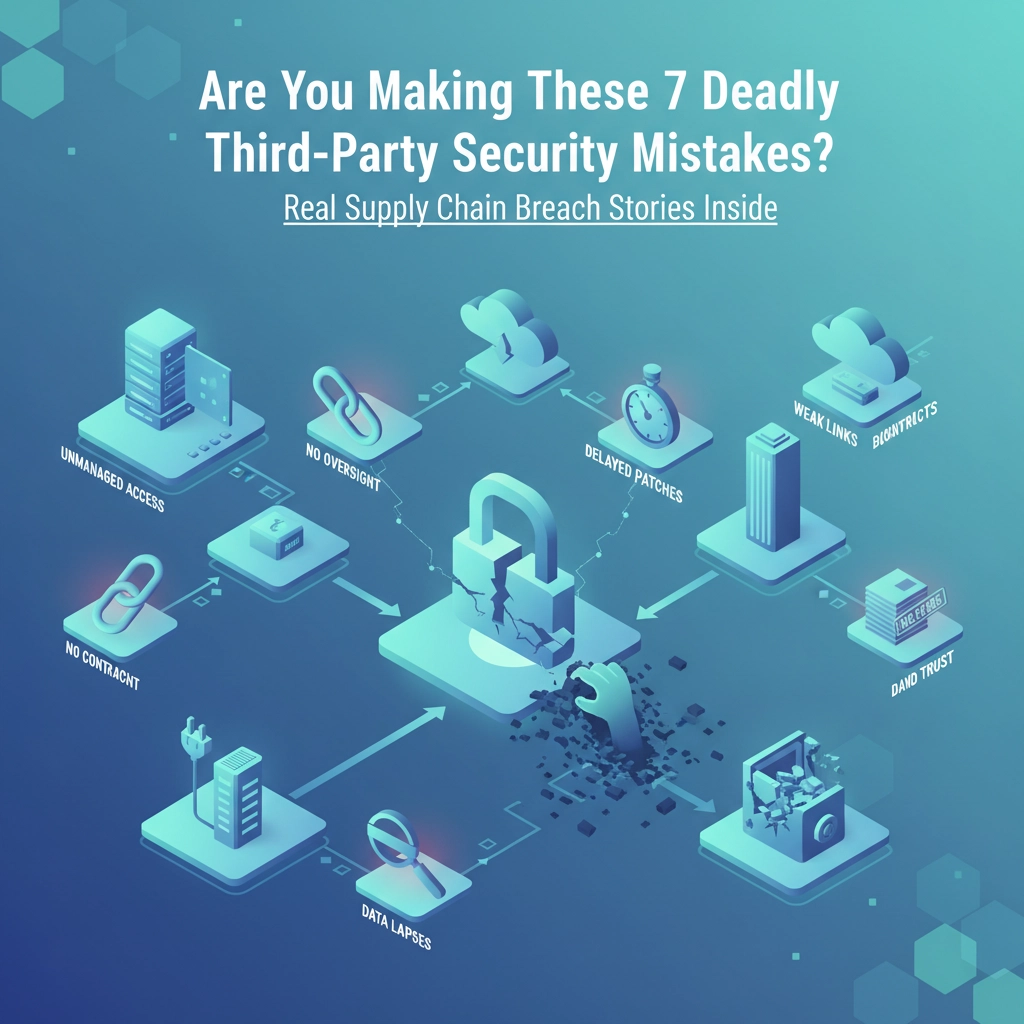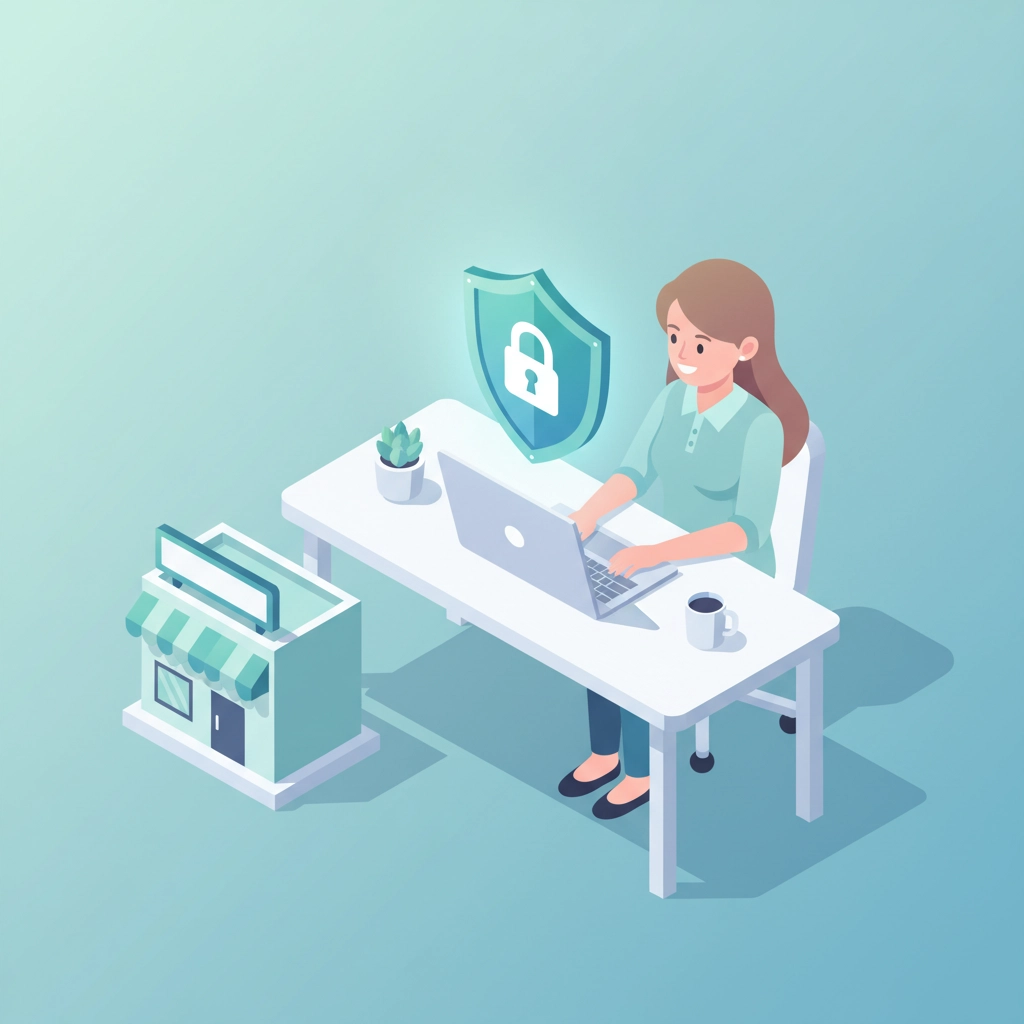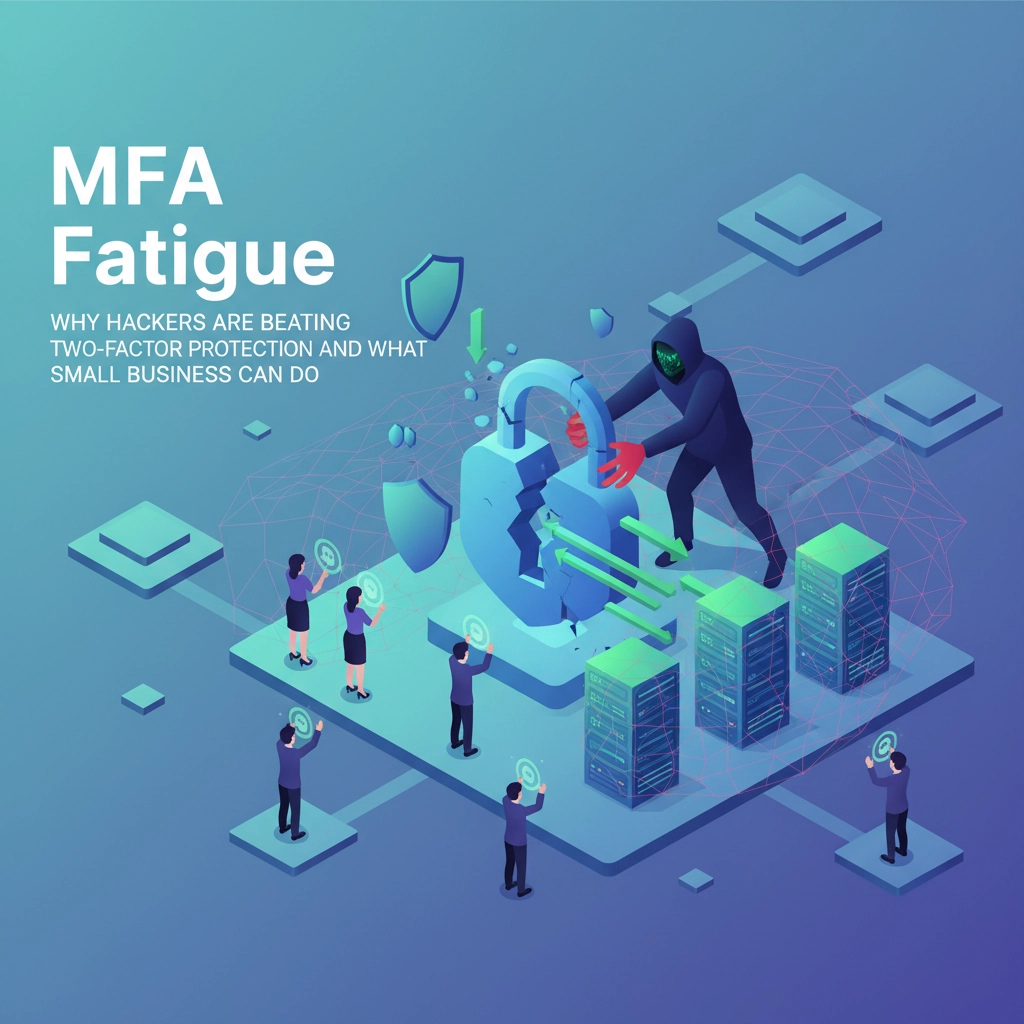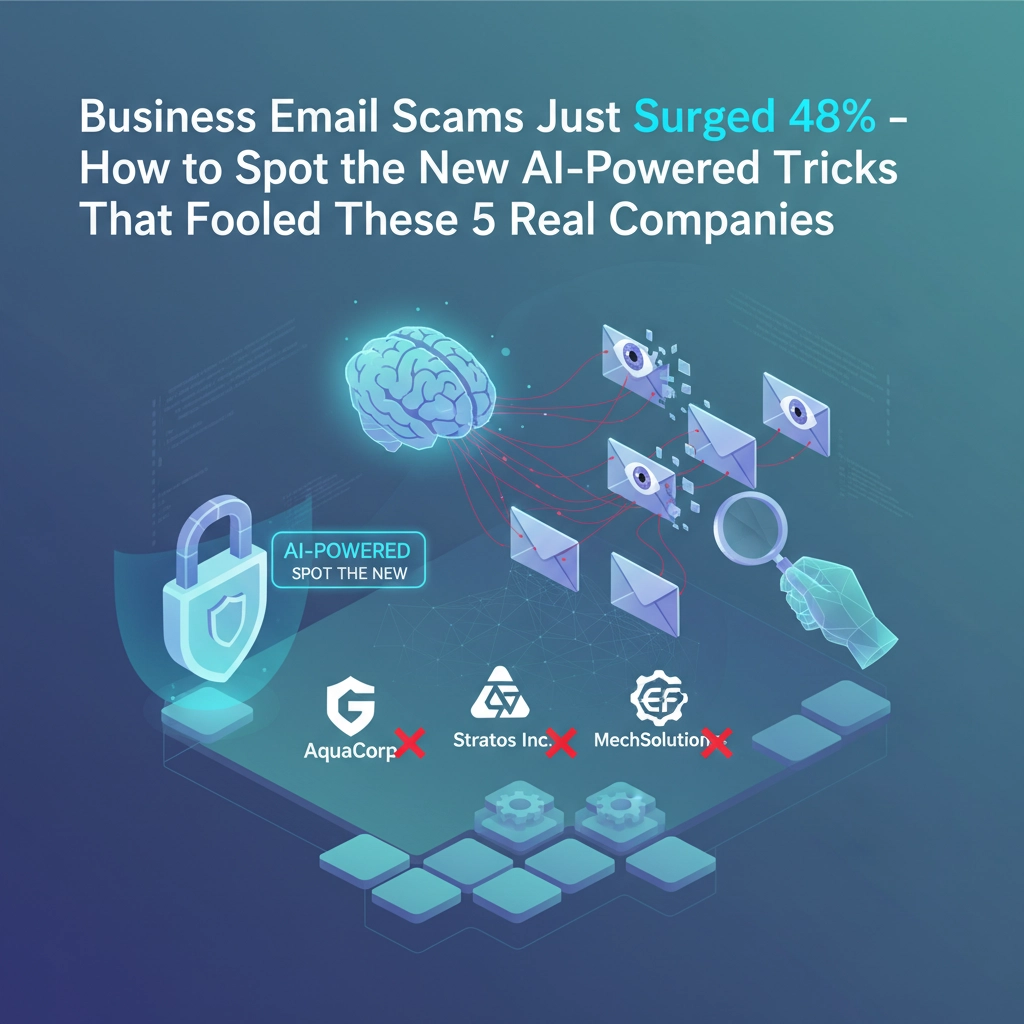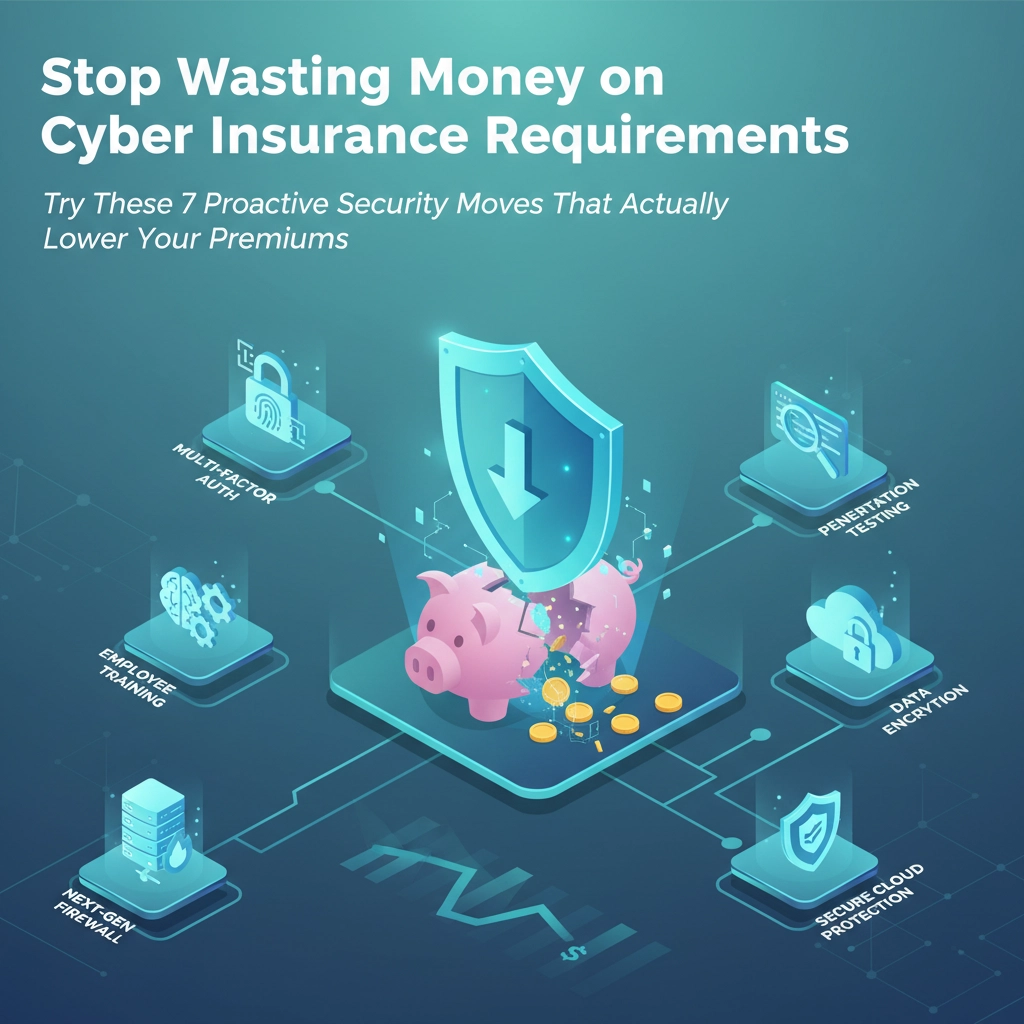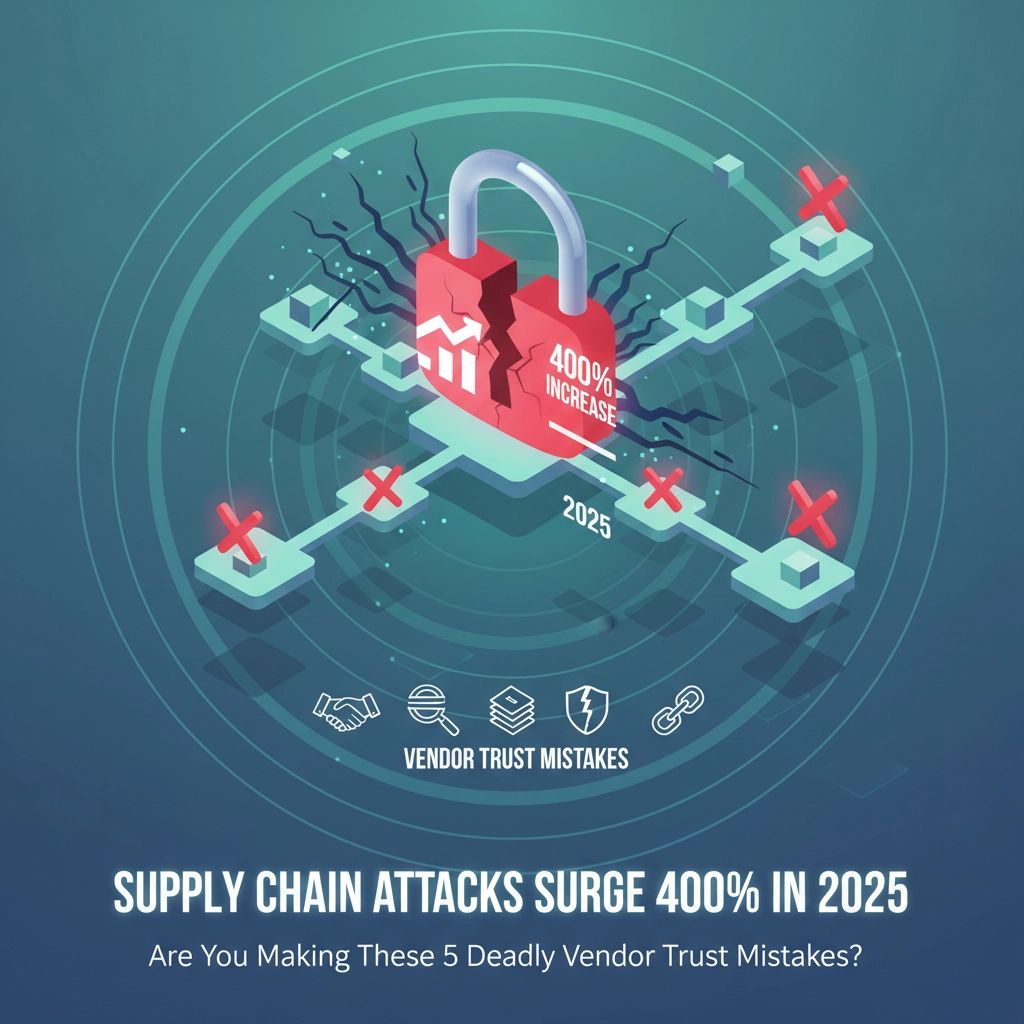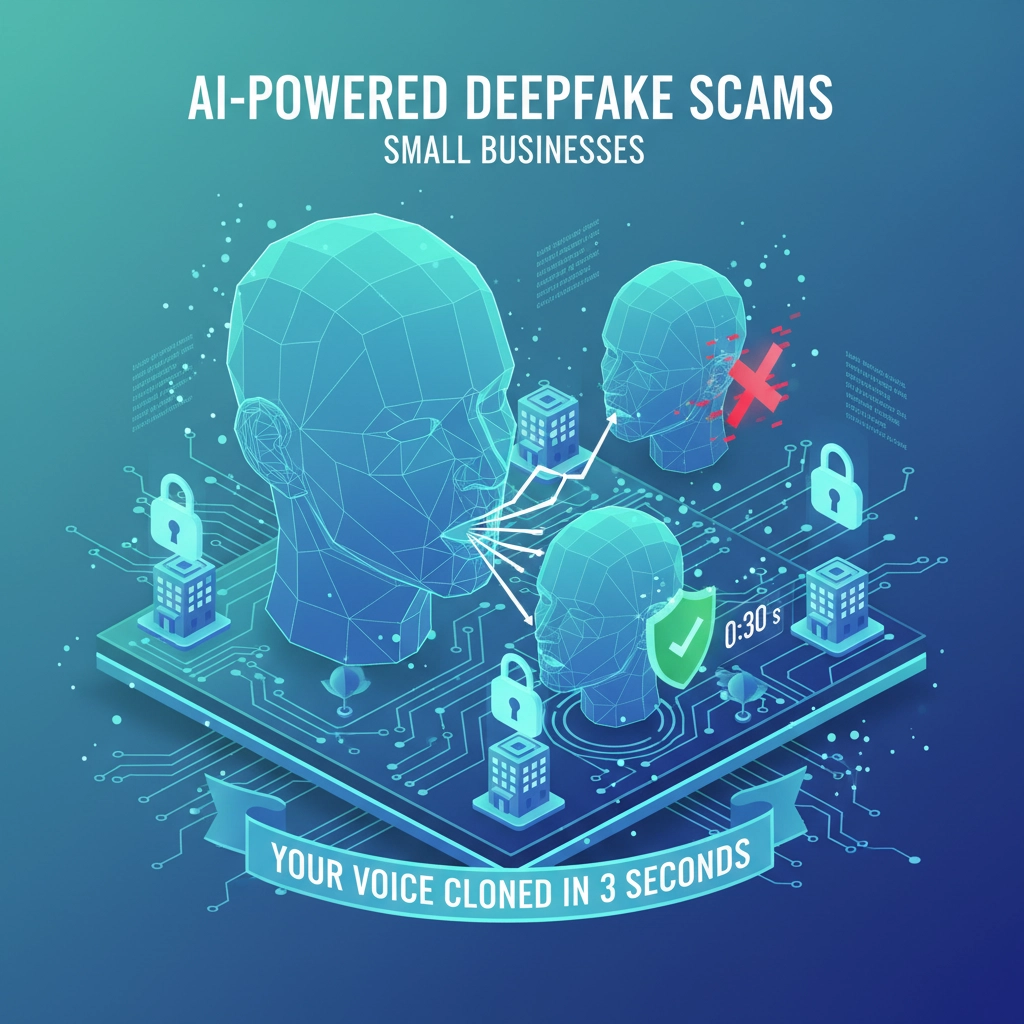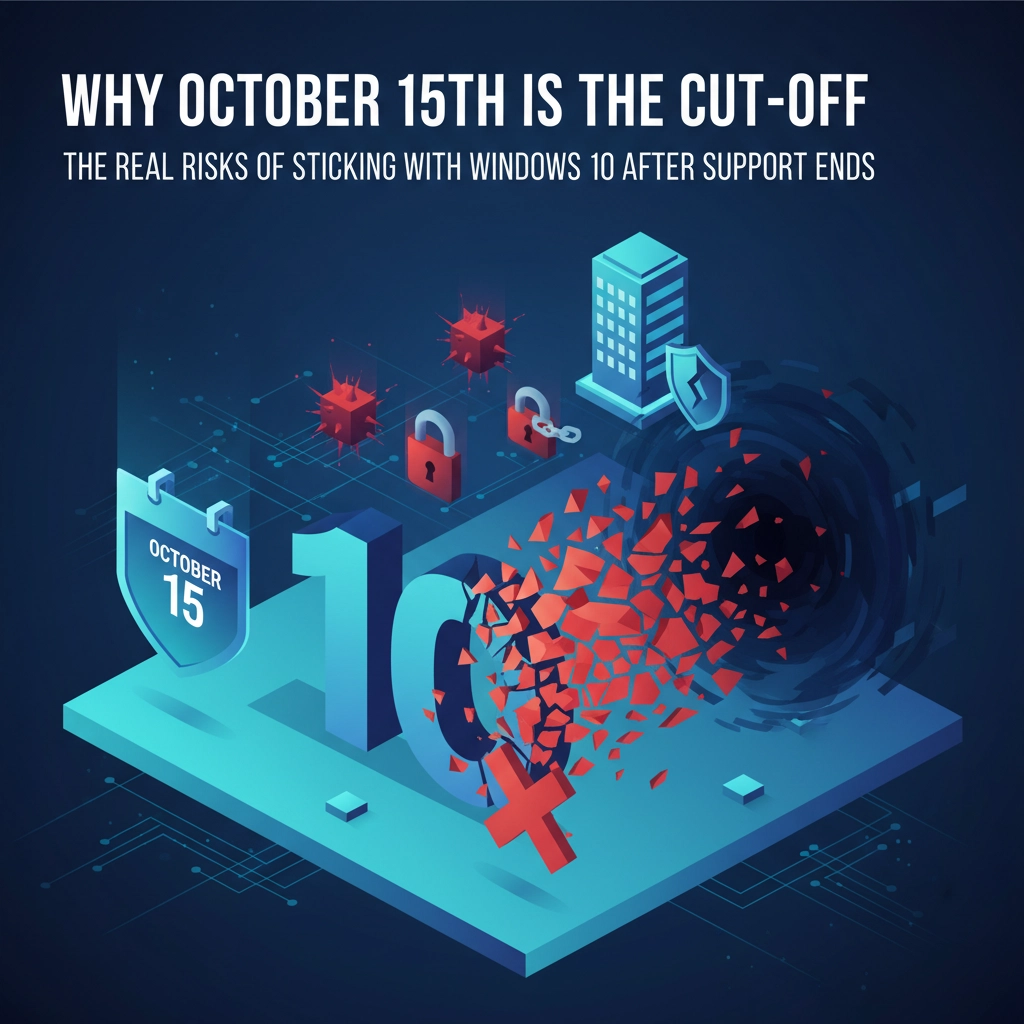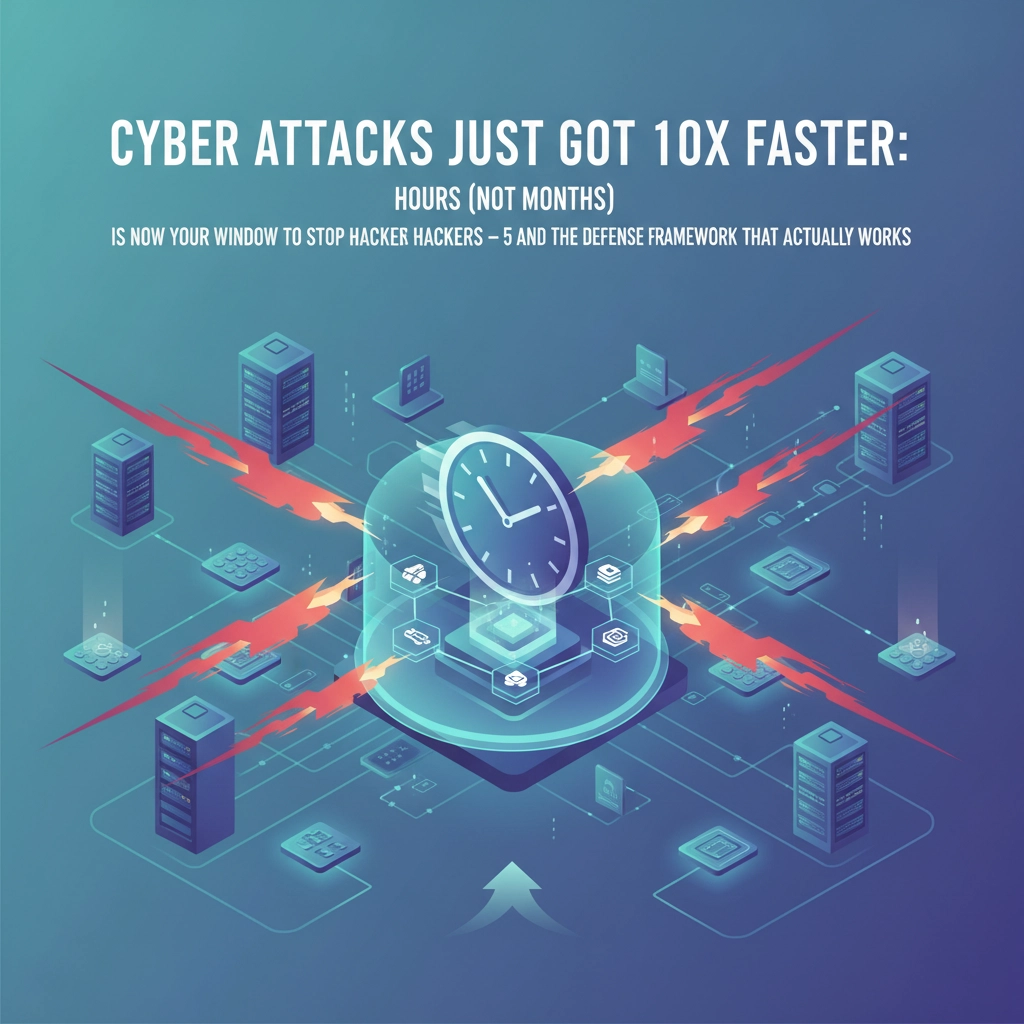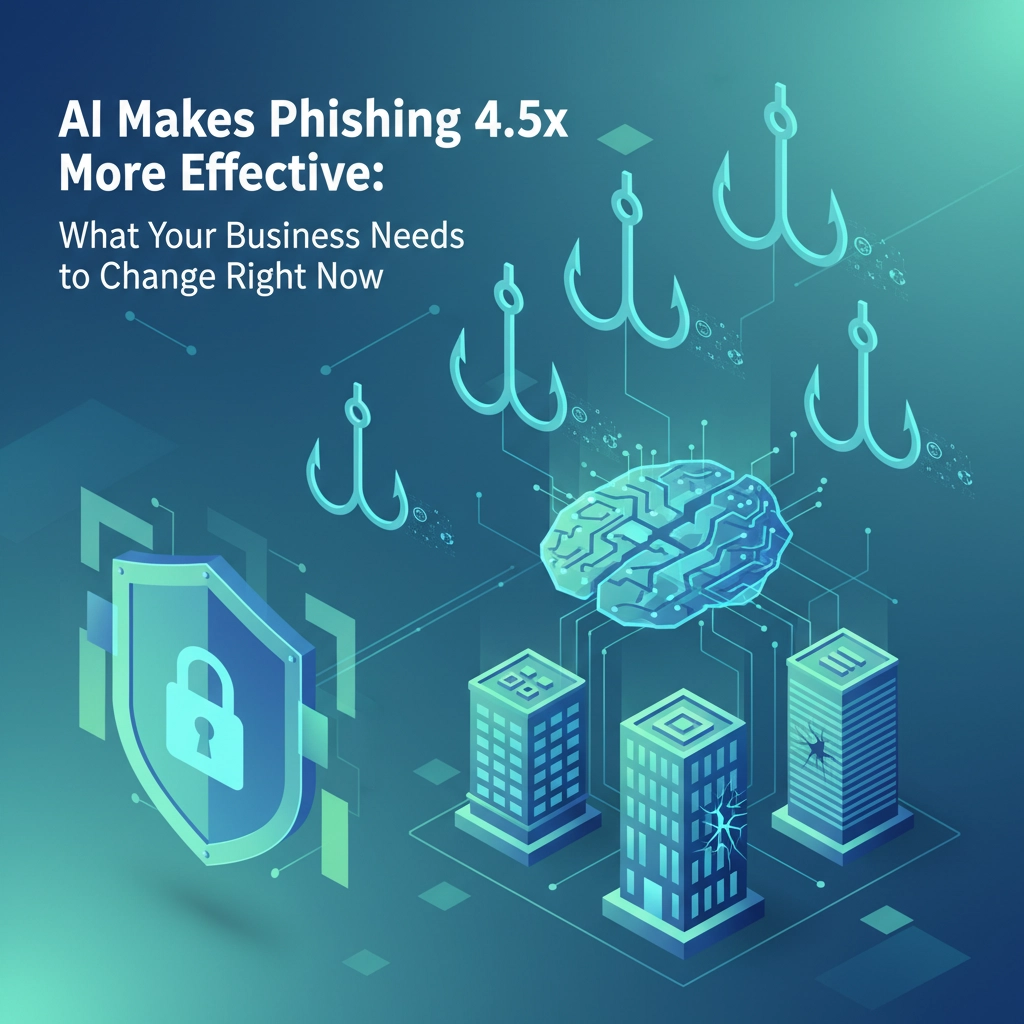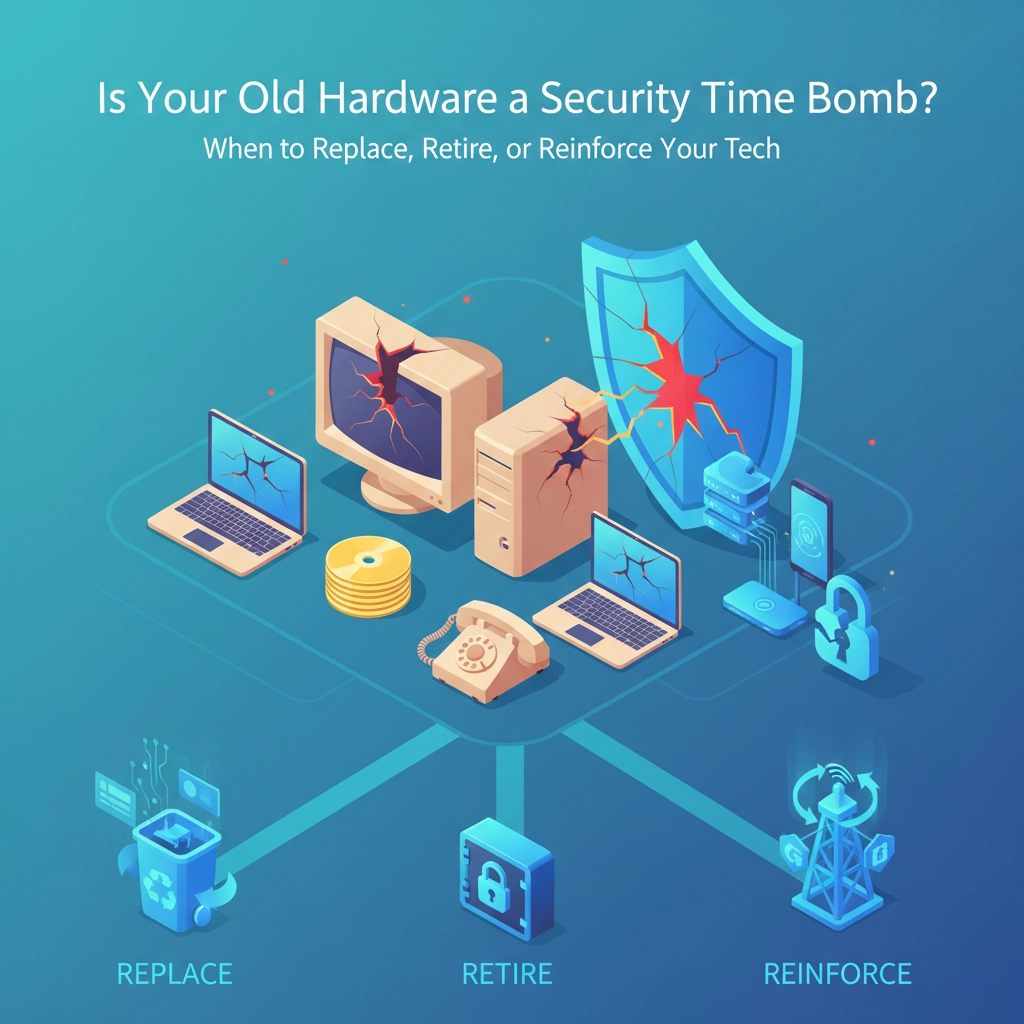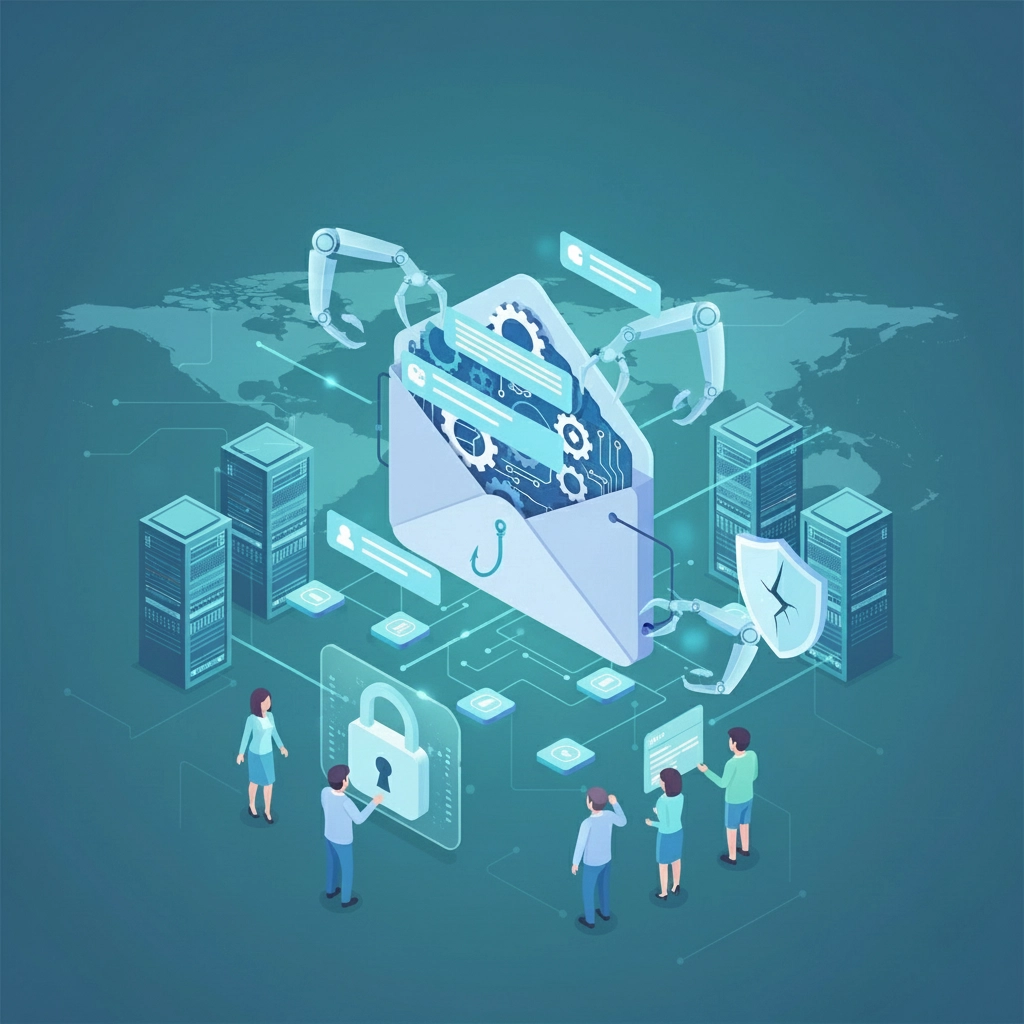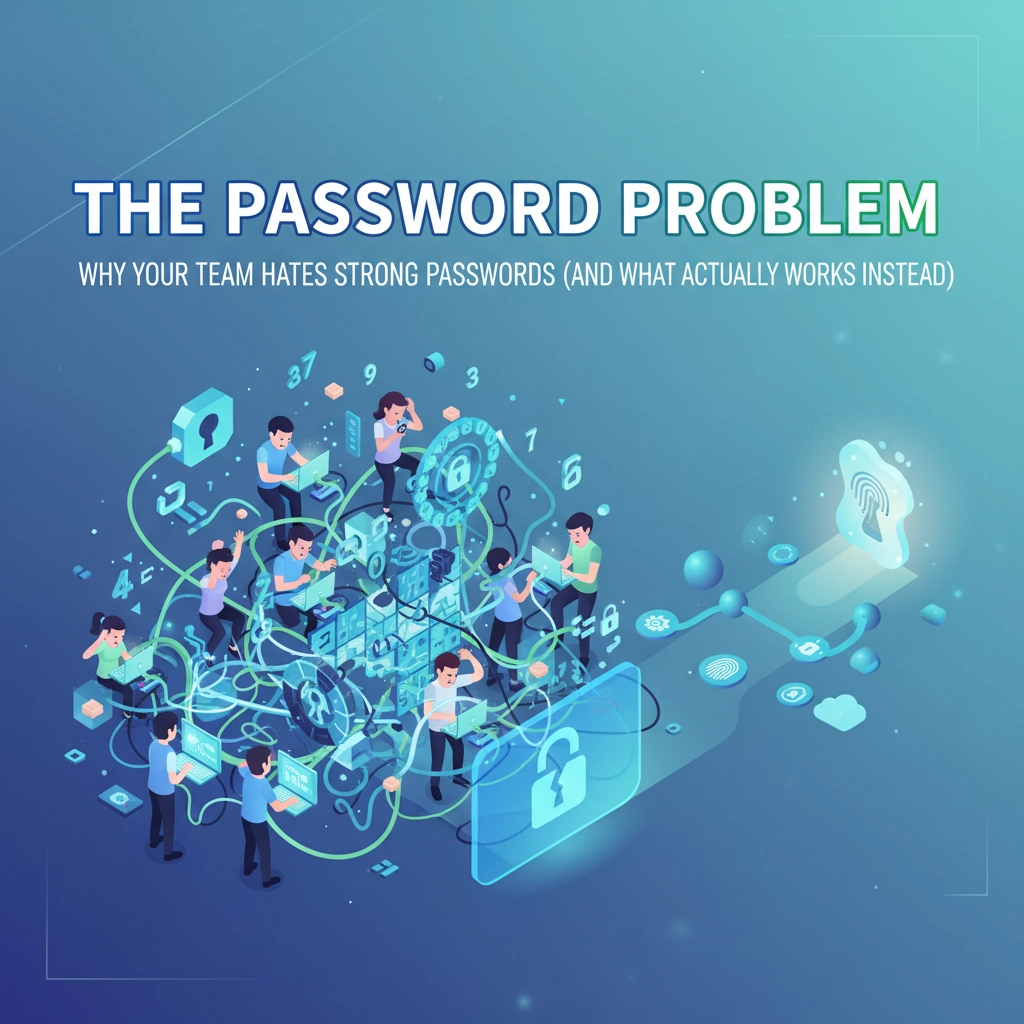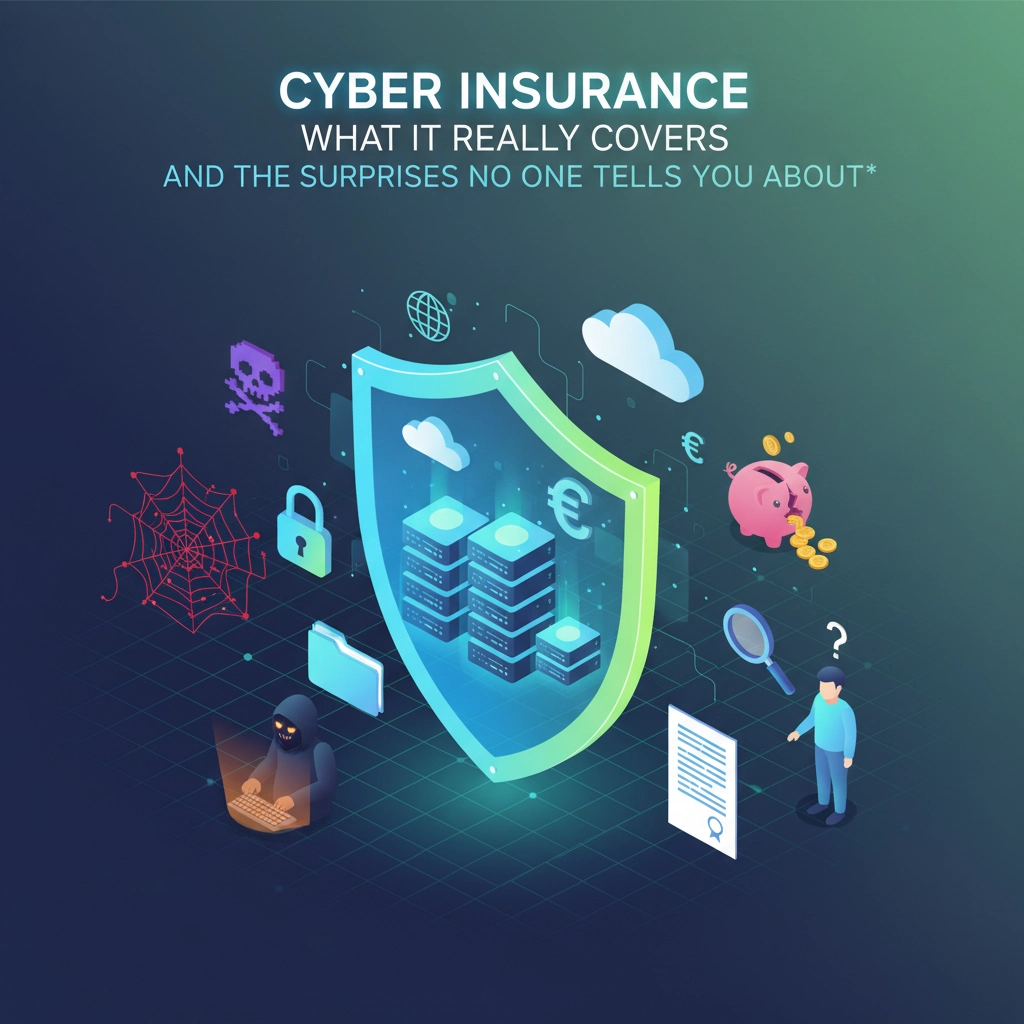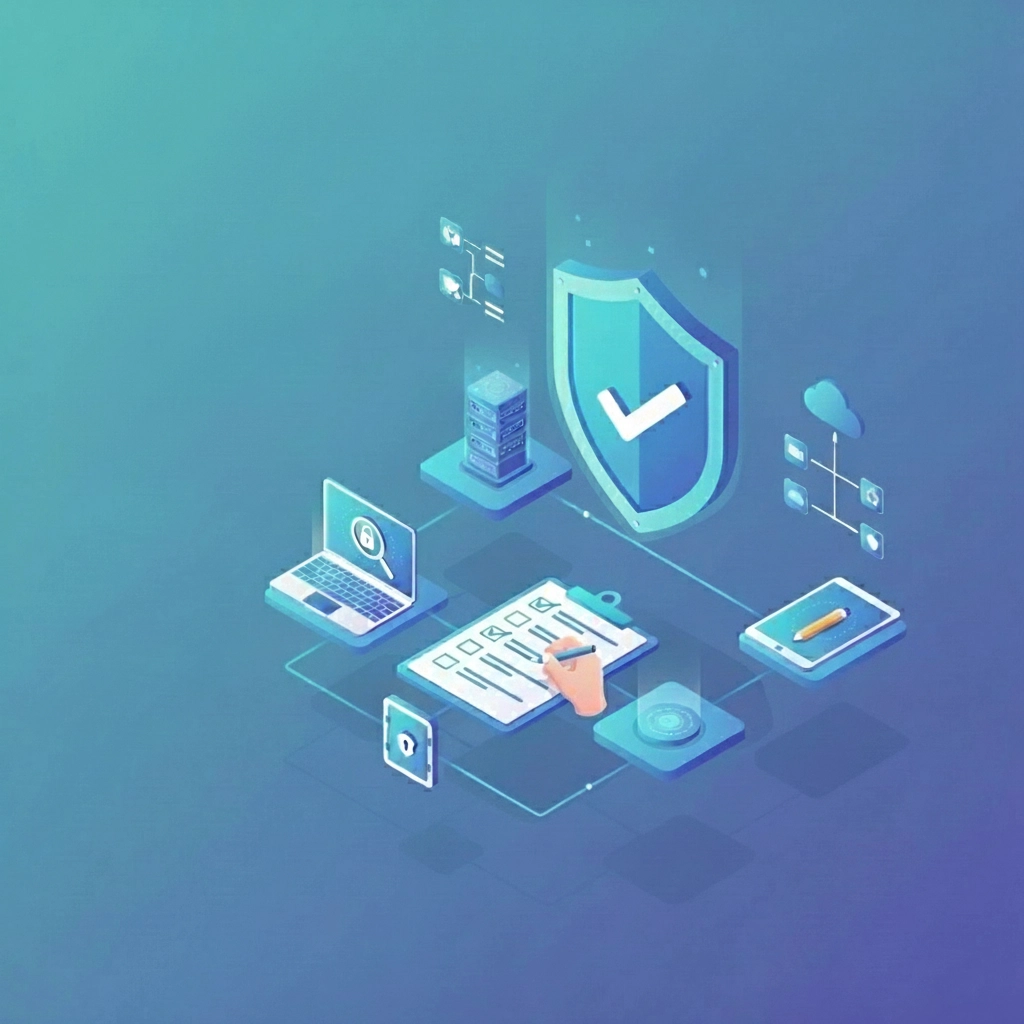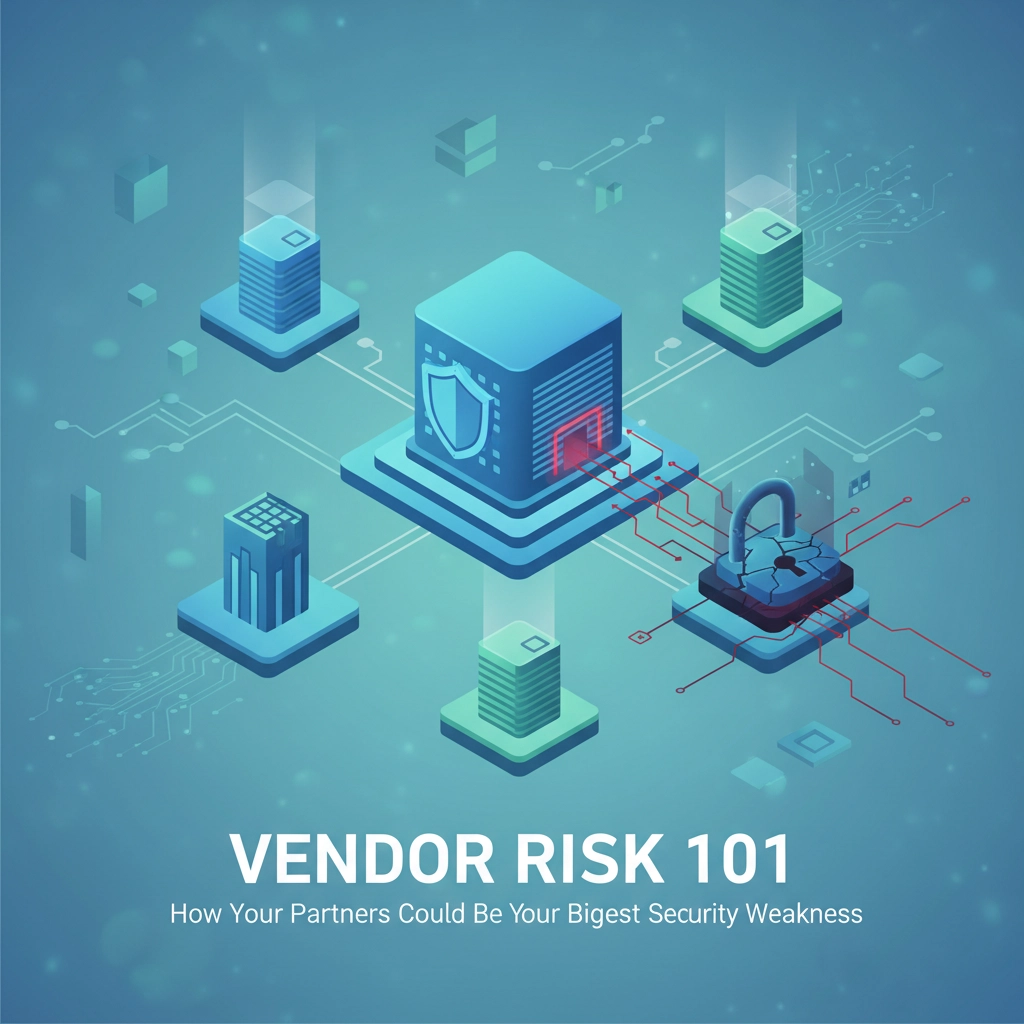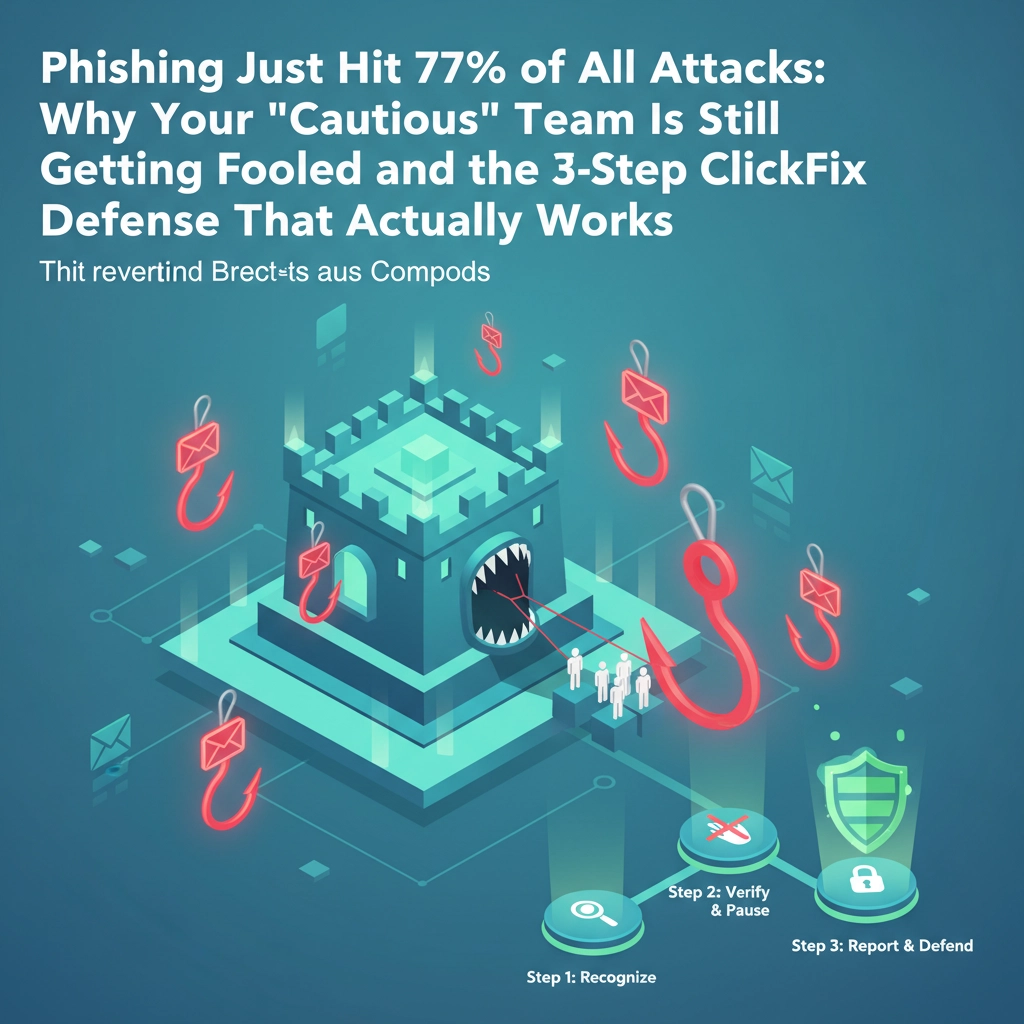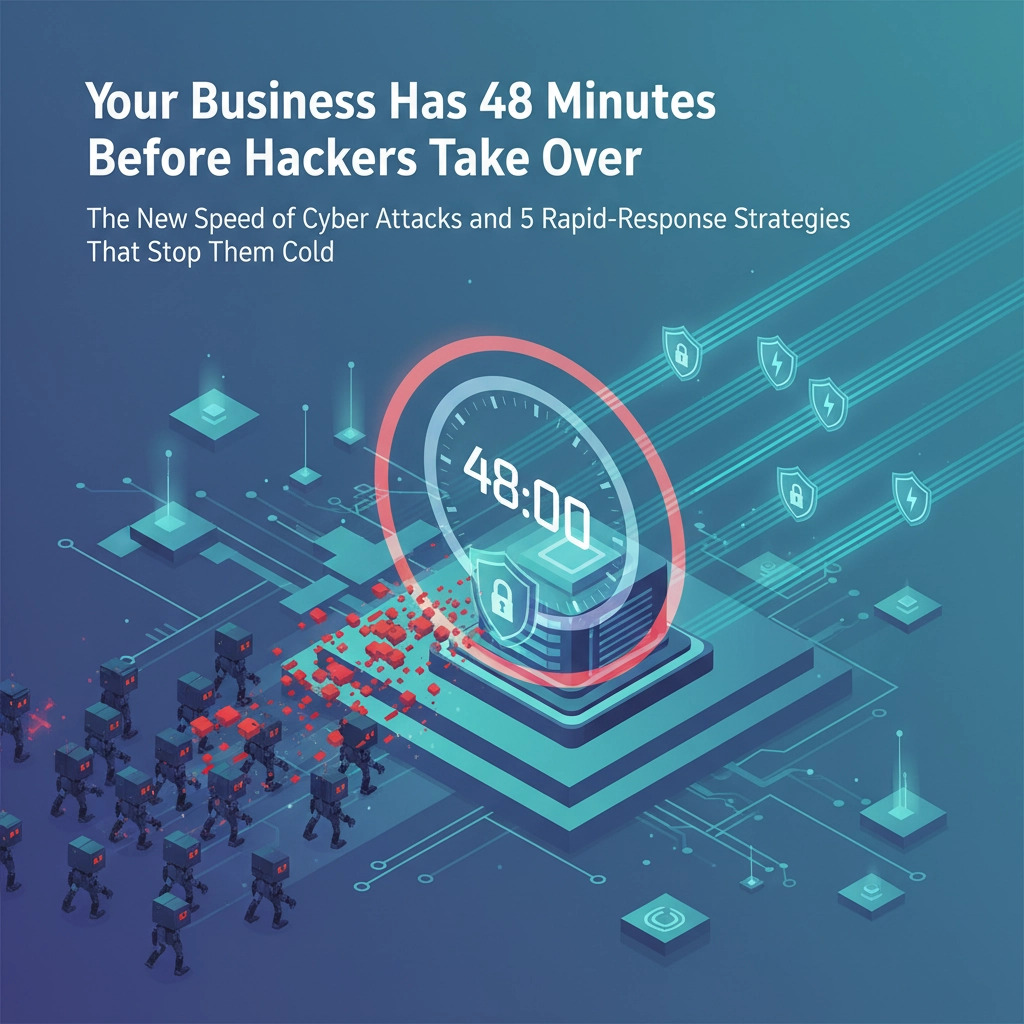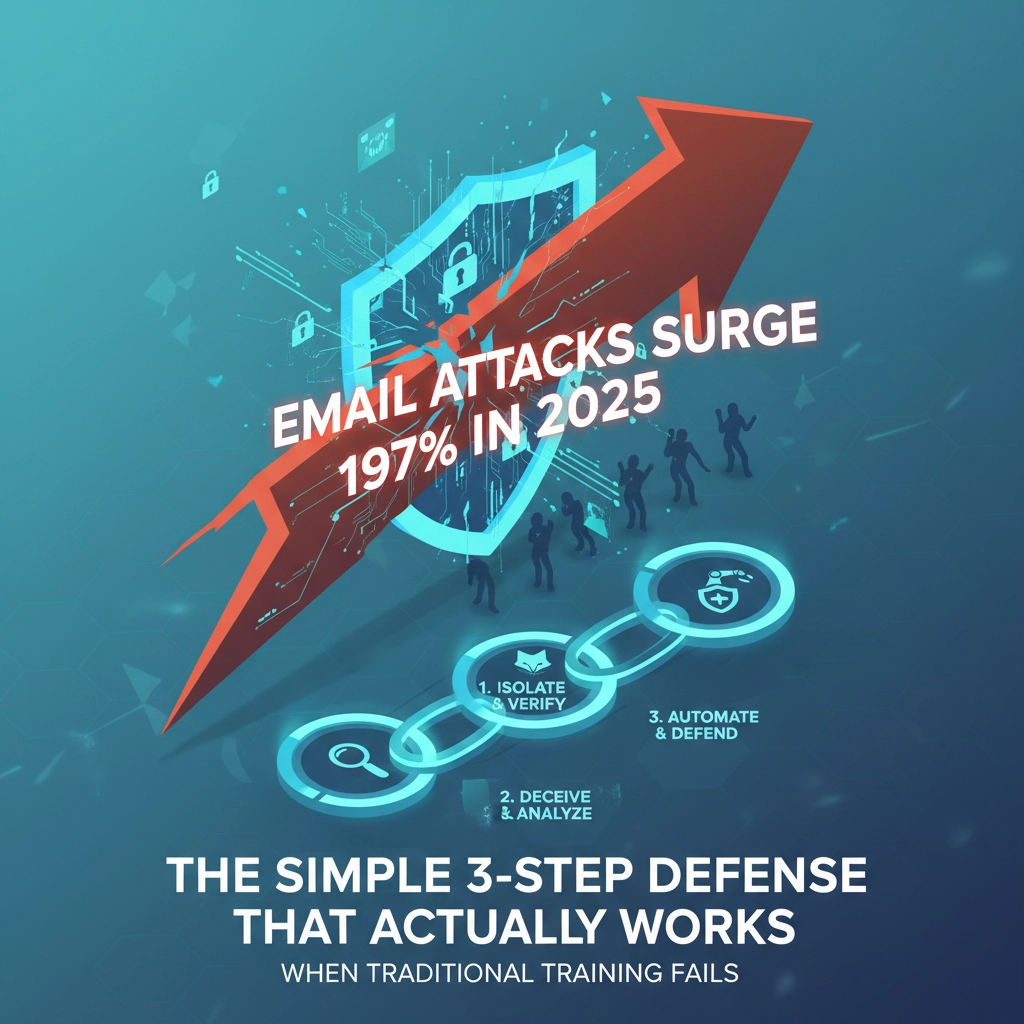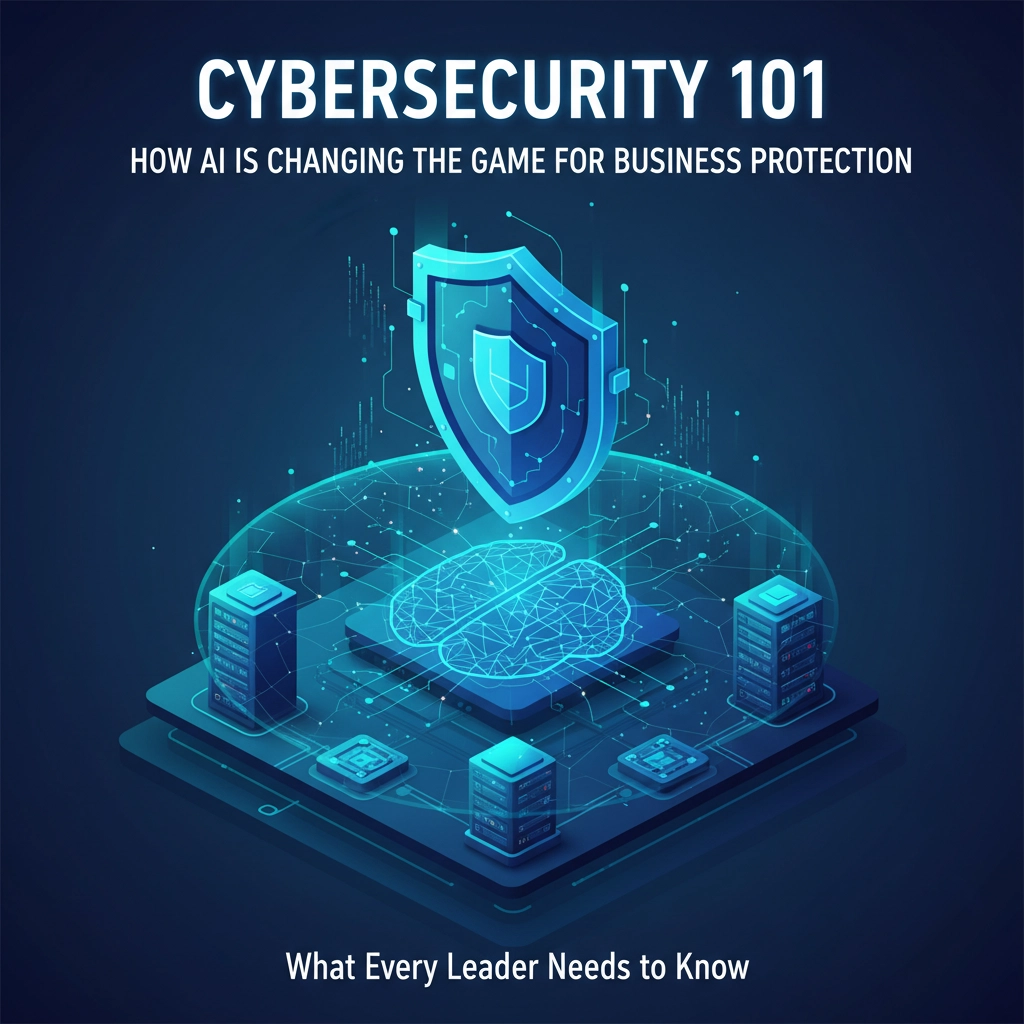Here's a sobering reality check: ransomware attacks on small businesses have surged by 43% just in the first half of 2025. If you think your company is too small to be a target, think again. A staggering 82% of ransomware attacks now target companies with fewer than 1,000 employees, and if your business has under 100 employees, you're facing a 350% higher attack rate than larger enterprises.
The numbers get worse. Three out of four small businesses say they couldn't survive a ransomware attack, and the average recovery cost has hit $84,000: money most small businesses simply don't have lying around. With 16 new ransomware groups emerging since January 2025 alone, joining the roughly 80 already operating globally, this isn't a storm that's passing. It's the new normal.
Why Small Businesses Became Prime Targets
Cybercriminals aren't stupid. They've done the math and realized small businesses offer the perfect combination of profitable desperation and weak defenses. With 94% of small and medium businesses facing at least one cyberattack in 2024, attackers know these companies will pay. The average ransom demand for companies under 100 employees sits at $5,900: painful but not bankruptcy-inducing, which makes payment seem like the "easy" solution.
The ransomware ecosystem has become disturbingly professional. It's no longer lone hackers in basements: it's organized groups with specialized roles. You've got malware creators, licensing operations, and "access brokers" whose only job is breaking into companies and selling that access to ransomware operators. This industrialization means attacks are faster, more targeted, and harder to detect.
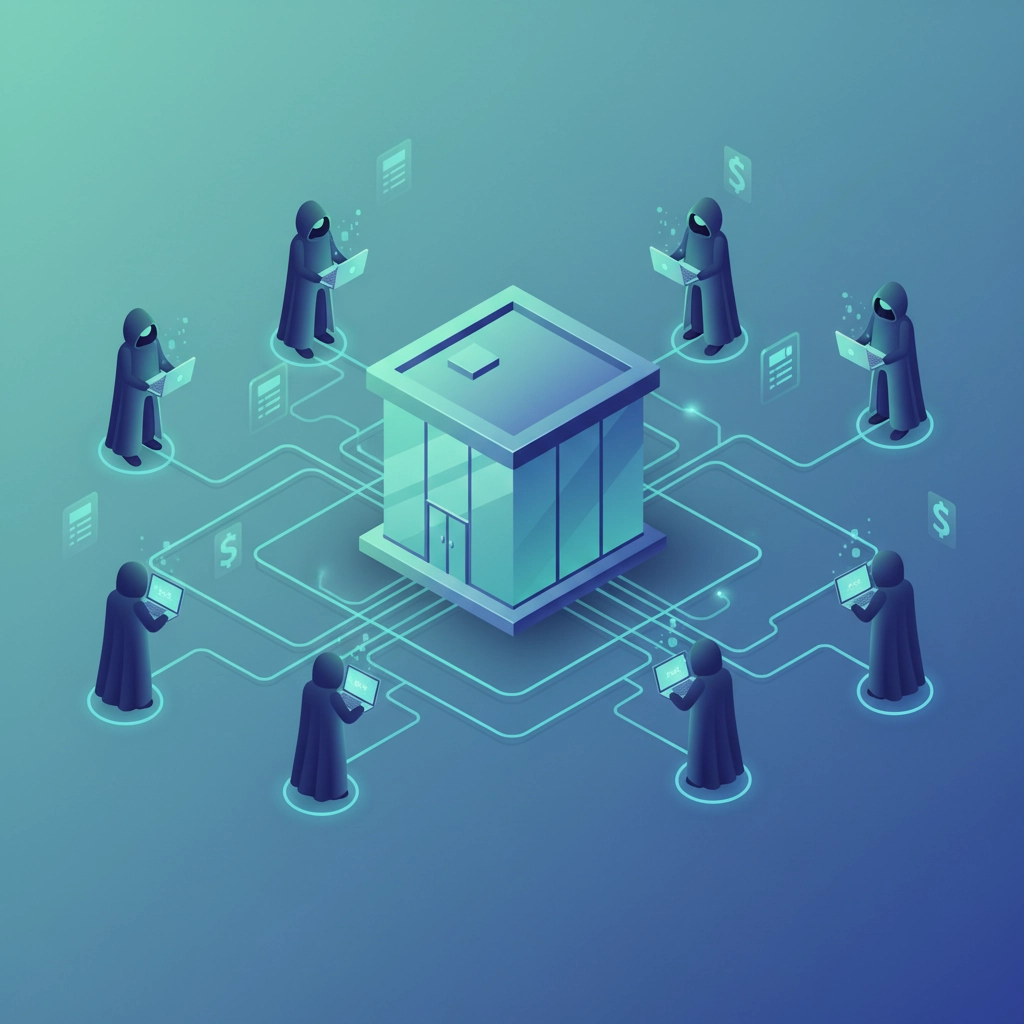
The Fatal Flaw in Traditional Backup Strategies
Here's the brutal truth that most business owners learned too late in 2024: having backups doesn't mean you're safe anymore. The game changed completely when ransomware gangs started stealing your data before encrypting it: a tactic called "double extortion" that nearly doubled in frequency last year.
Think about it this way: even if you restore everything from your pristine backup and never pay a penny for decryption, the attackers still have copies of your customer data, financial records, employee information, and confidential business documents. They'll threaten to publish it online, contact your clients directly, or sell it on dark web marketplaces. Your backup solved the encryption problem but created a potentially worse public relations and legal nightmare.
The speed factor makes traditional backup even less effective. In 77% of ransomware cases, attackers deploy their malware within 30 days of getting initial access: and 54% do it within the first week. If your systems are compromised for days or weeks before the attack, your "clean" backups might already contain the attacker's access points and tools.
What Actually Protects Small Businesses in 2025
Immutable and Air-Gapped Backups
Your backup strategy needs a complete overhaul. Immutable backups can't be altered or deleted once created: even by someone with administrative access to your systems. Combine these with air-gapped copies that are physically or logically separated from your network, and attackers can't reach them through the same credentials they use to access your main systems.
Organizations that implemented robust, segmented backup infrastructure managed to halt ransomware before encryption 44% of the time in 2025, compared to just 24% in 2020. The key is ensuring your backup system operates independently from your production environment.
Zero-Trust Architecture for Small Operations
Zero-trust means exactly what it sounds like: trust nothing and verify everything. Since phishing and credential theft drive about 73% of successful breaches, you need multi-factor authentication on every system, network segmentation that limits how far attackers can move laterally, and privileged access management that strictly controls administrative credentials.
Many small business owners think zero-trust is too complex, but given the 350% higher attack rate for companies under 100 employees, this is precisely where you need these protections most. Start with MFA everywhere, segment your network so accounting systems can't talk to production servers, and make sure no single employee has unrestricted access to everything.

Modern Endpoint Detection and Response
Traditional antivirus is dead against sophisticated ransomware groups using automation and constantly evolving malware. You need Endpoint Detection and Response (EDR) solutions that analyze behavior patterns instead of just scanning for known virus signatures.
EDR can spot ransomware activity even when the specific malware variant is brand new: like when it notices unusual file encryption patterns, suspicious network communications, or unauthorized privilege escalation. With ransomware incidents jumping 25% in 2024 alone, you need tools that can identify the entire attack chain from initial access through encryption, not just the final payload.
Aggressive Patch Management
Here's a stat that should terrify you: 32% of successful ransomware attacks in 2024 exploited unpatched vulnerabilities. With nearly 29,000 new security vulnerabilities reported last year: thousands rated as critical: you can't rely on monthly patching windows anymore.
You need automated patch management with rapid deployment for critical vulnerabilities. This extends beyond your computers to cloud services, network equipment, and third-party integrations. Supply chain compromises and cloud misconfigurations are among the fastest-growing threats for small businesses.
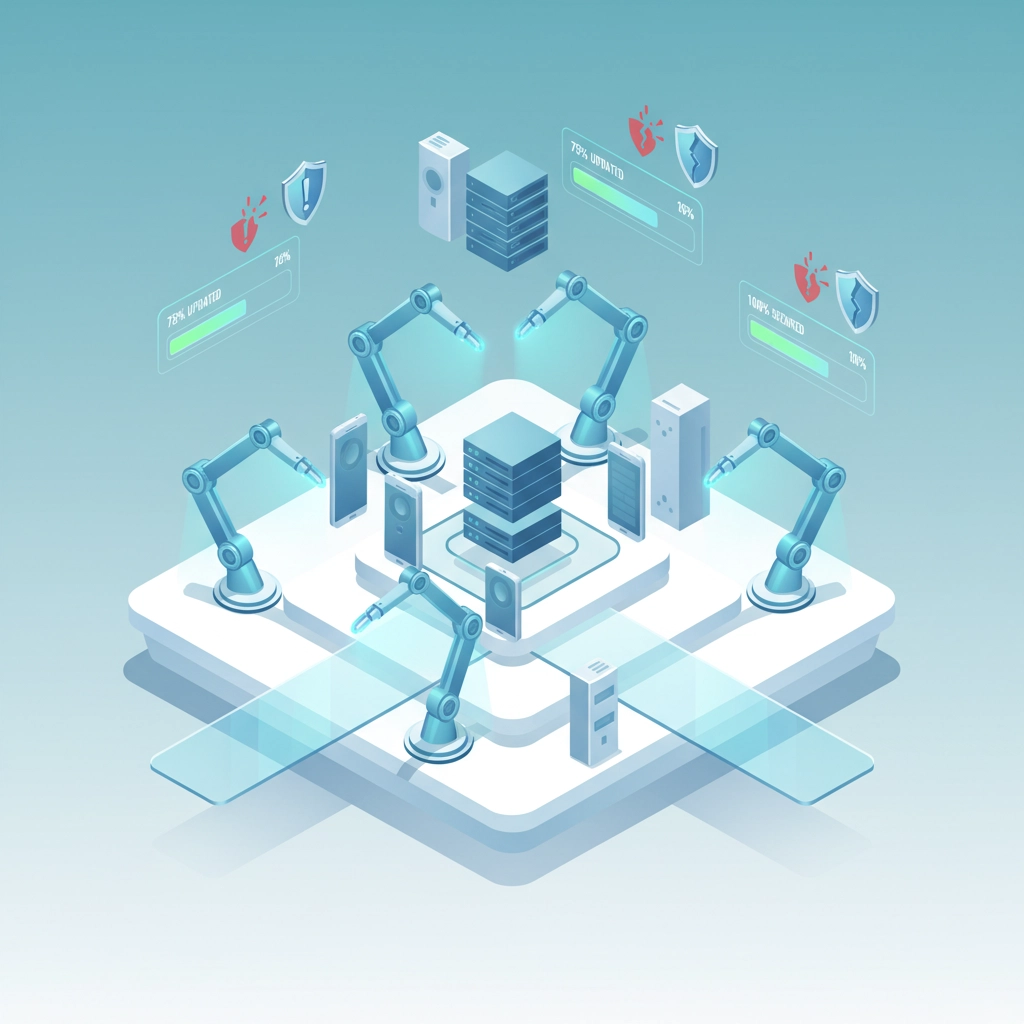
Tested Incident Response Planning
With 78% of small businesses fearing a breach could put them out of business, hoping it won't happen isn't a strategy. You need a tested incident response plan that includes offline documentation of critical systems, pre-established relationships with cybersecurity forensics firms, appropriate cyber insurance coverage, and regular tabletop exercises simulating ransomware scenarios.
The average ransomware payment hit $2.73 million for larger incidents in 2024, but even the $84,000 average recovery cost for small businesses can be fatal without proper planning. Your incident response plan should include decision trees for whether to pay ransoms, communication templates for customers and vendors, and clear procedures for isolating infected systems.
Continuous Security Awareness Training
The 135% surge in social engineering attacks in early 2023 proves that human vulnerability remains the primary entry point. Your employees need regular, realistic training on identifying phishing attempts, protecting credentials, and reporting suspicious activity.
This isn't a one-time orientation: attack methods evolve constantly. Use simulated phishing tests, teach people to verify requests through separate communication channels, and create a culture where reporting potential threats is rewarded, not punished.
The Bottom Line: Adapt or Become a Statistic
The ransomware landscape of 2025 has made traditional cybersecurity approaches obsolete. With 70% of ransomware incidents now resulting in encrypted data and 59% of organizations reporting attacks in 2024, the old perimeter defense and basic backup strategy has failed spectacularly.
The combination of immutable backups, zero-trust principles, modern detection capabilities, aggressive patching, incident response planning, and continuous training creates the layered defense that can actually protect against today's industrialized ransomware operations.
Your choice is simple: evolve your cybersecurity approach proactively, or join the statistics as another small business that learned these lessons the expensive way. The 43% surge in attacks targeting small businesses isn't slowing down: if anything, it's accelerating as more criminal groups recognize the profit potential.
Ready to build real ransomware protection for your business? Contact B&R Computers today for a comprehensive security assessment. We'll evaluate your current defenses, identify vulnerabilities, and create a practical implementation plan that fits your budget and operational needs. Don't wait until you become the next statistic( protect your business now.)

